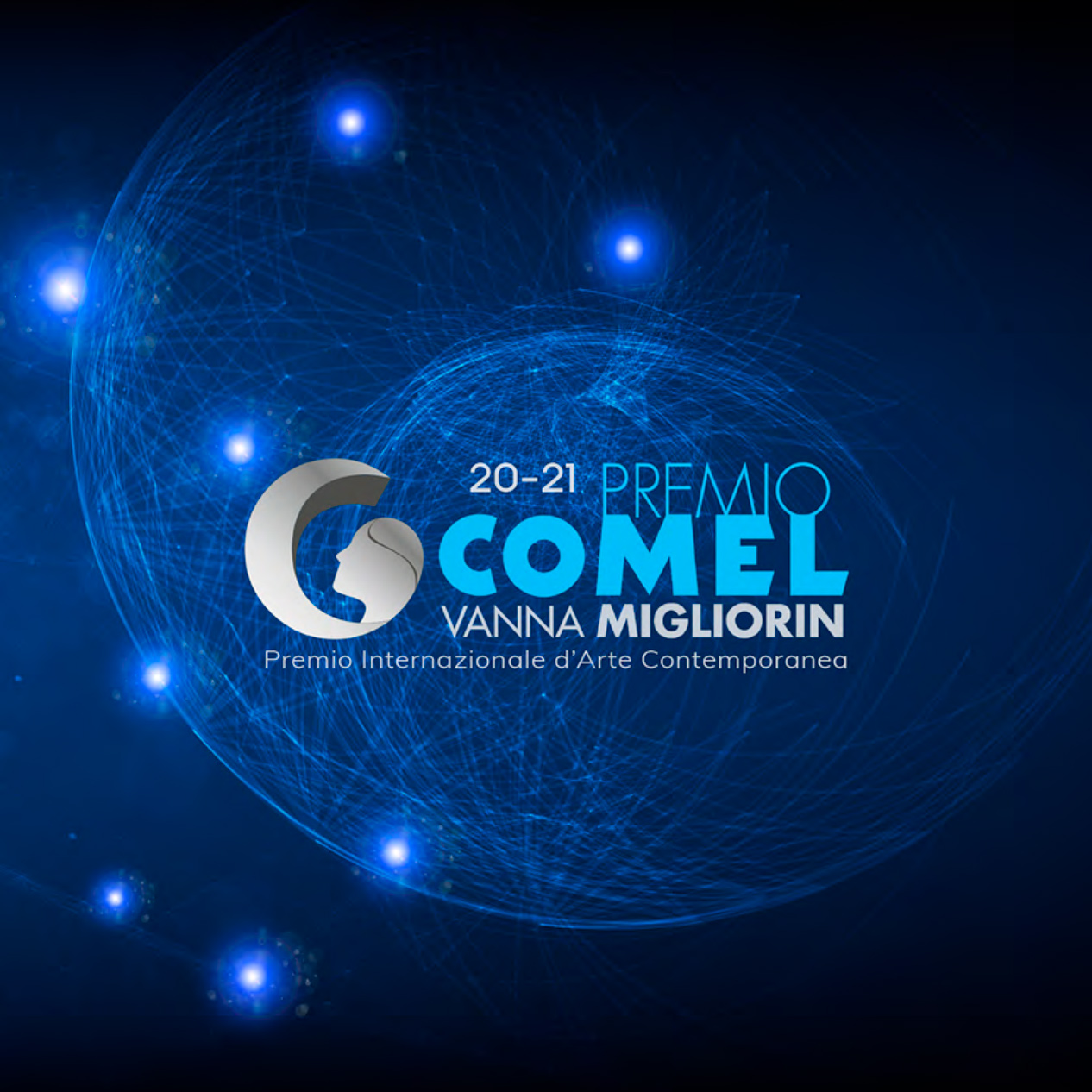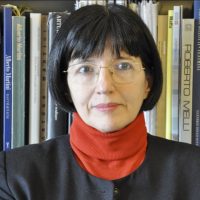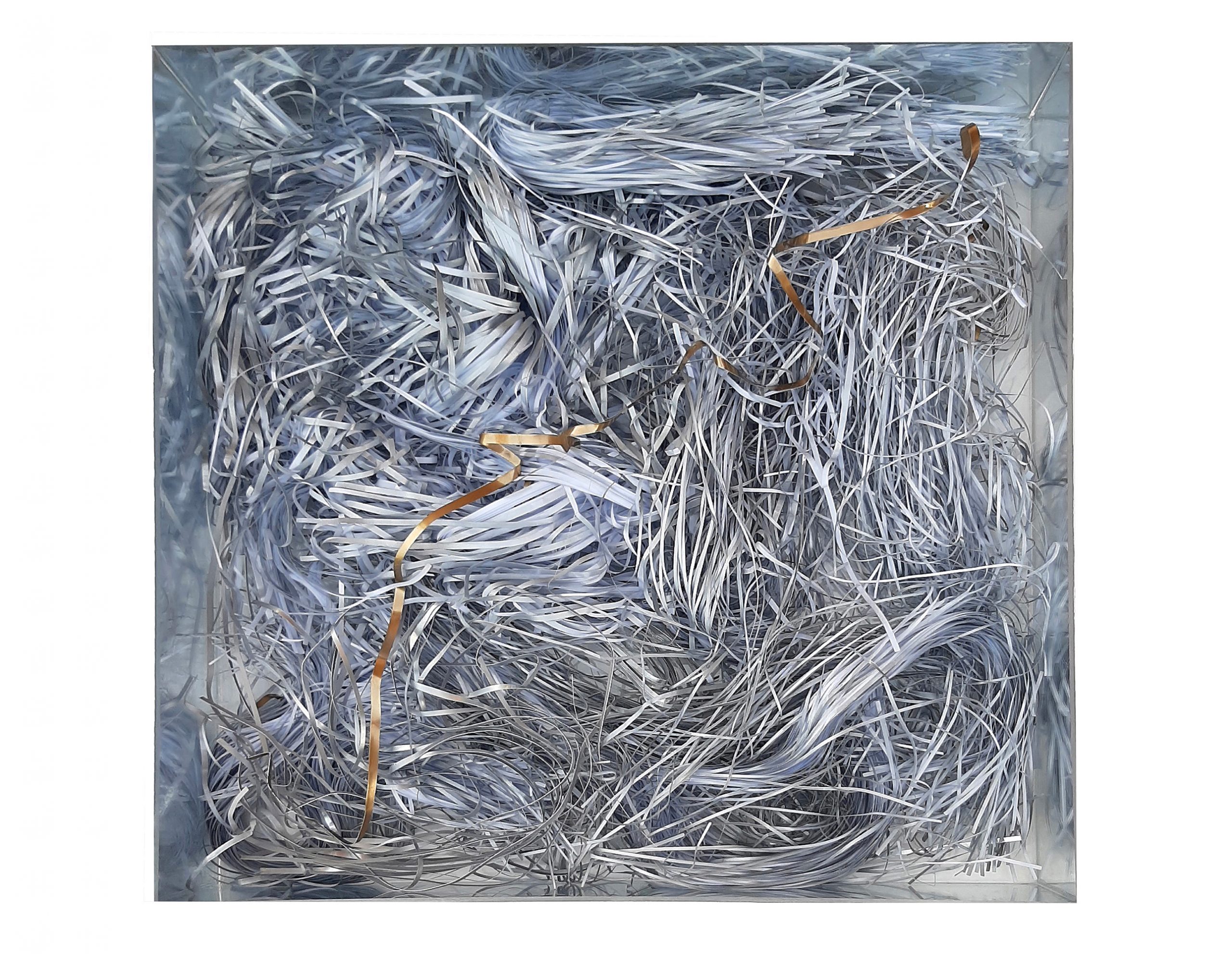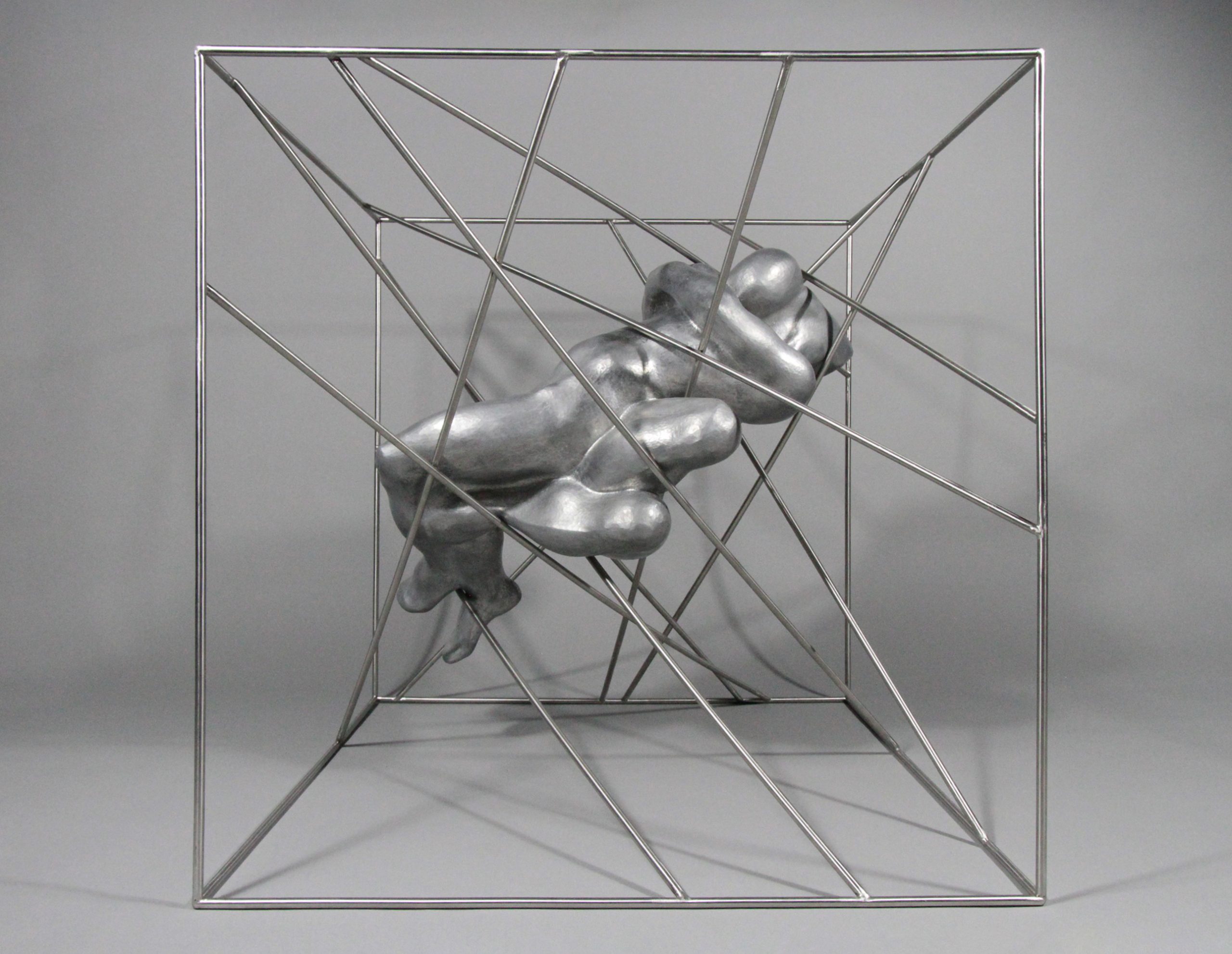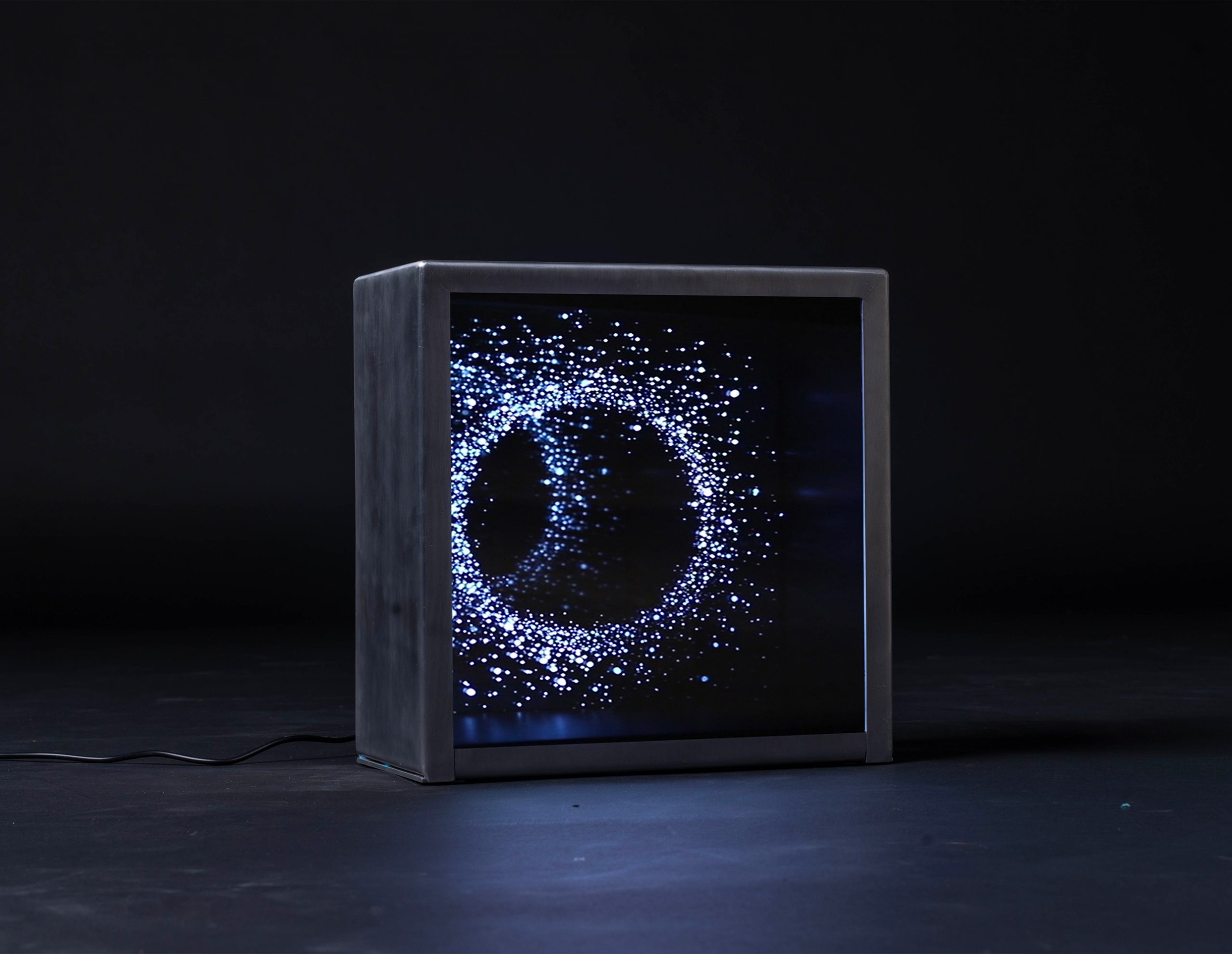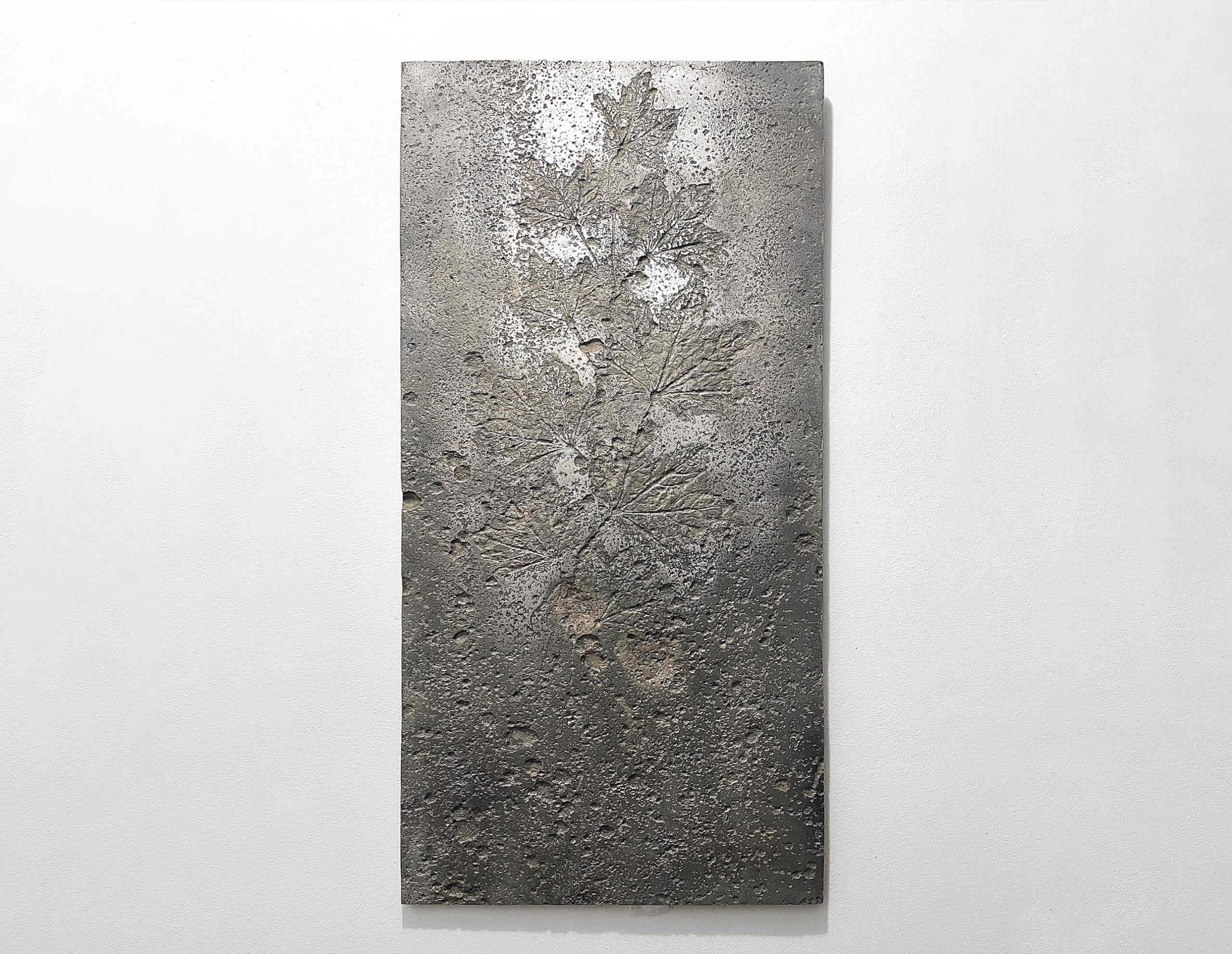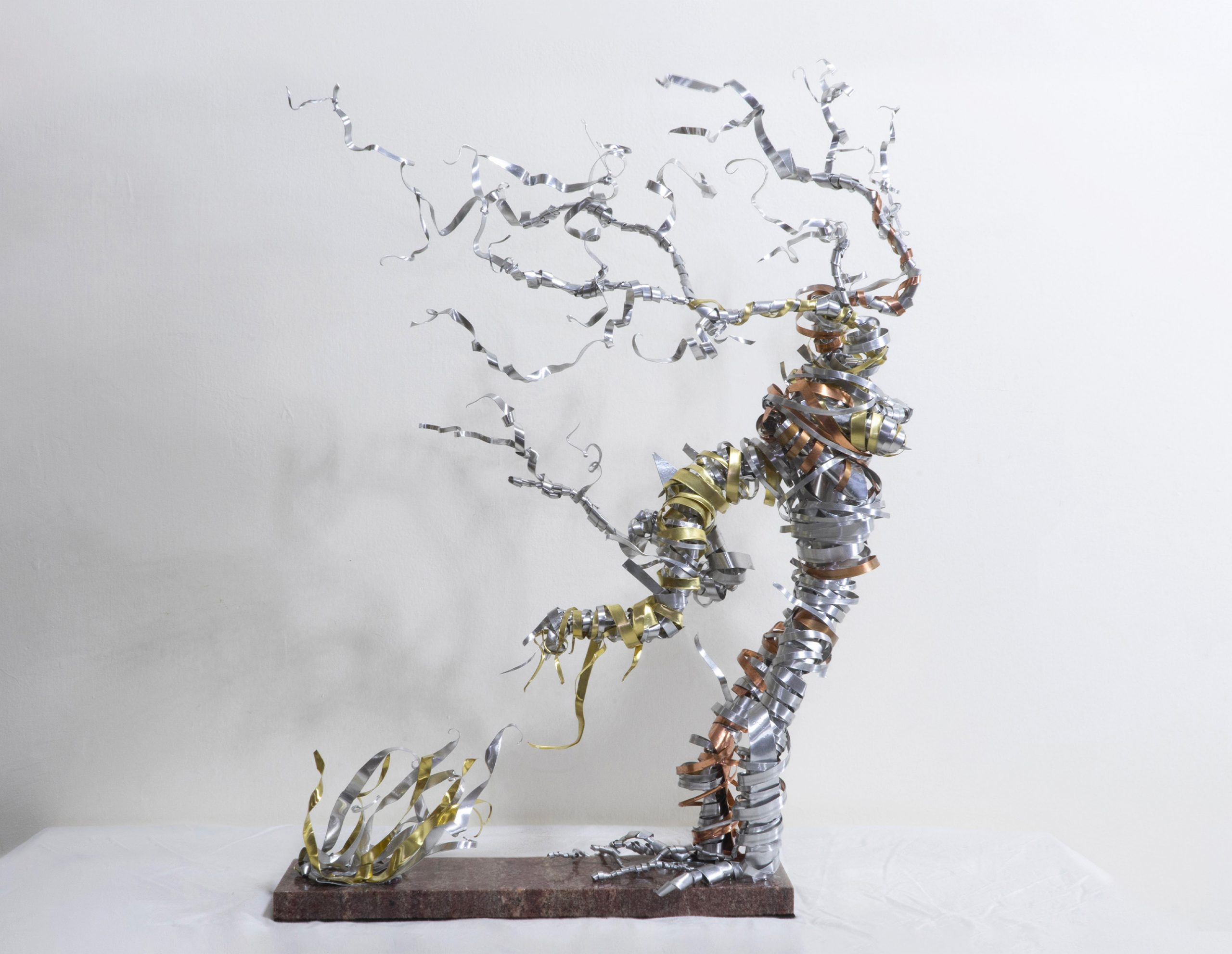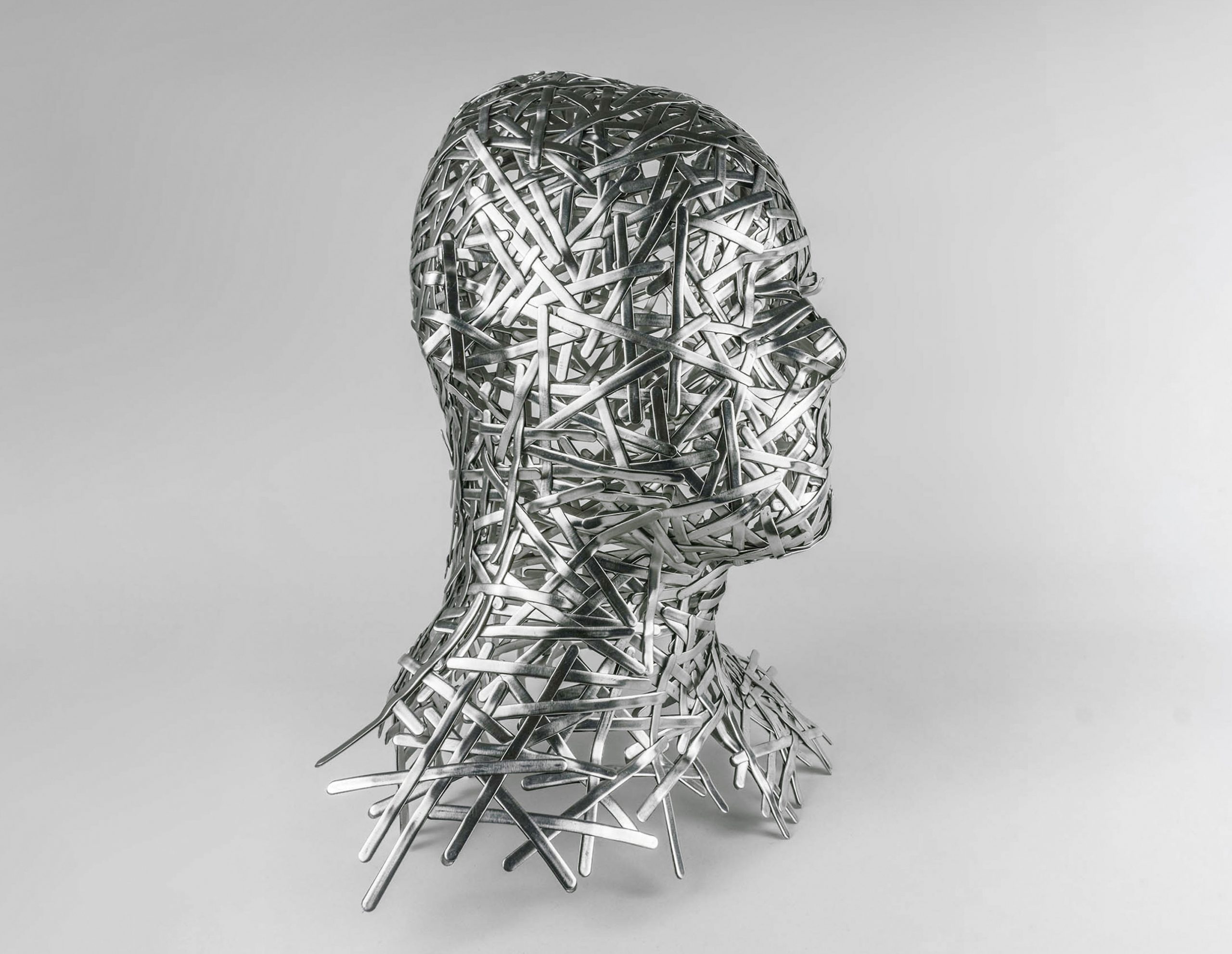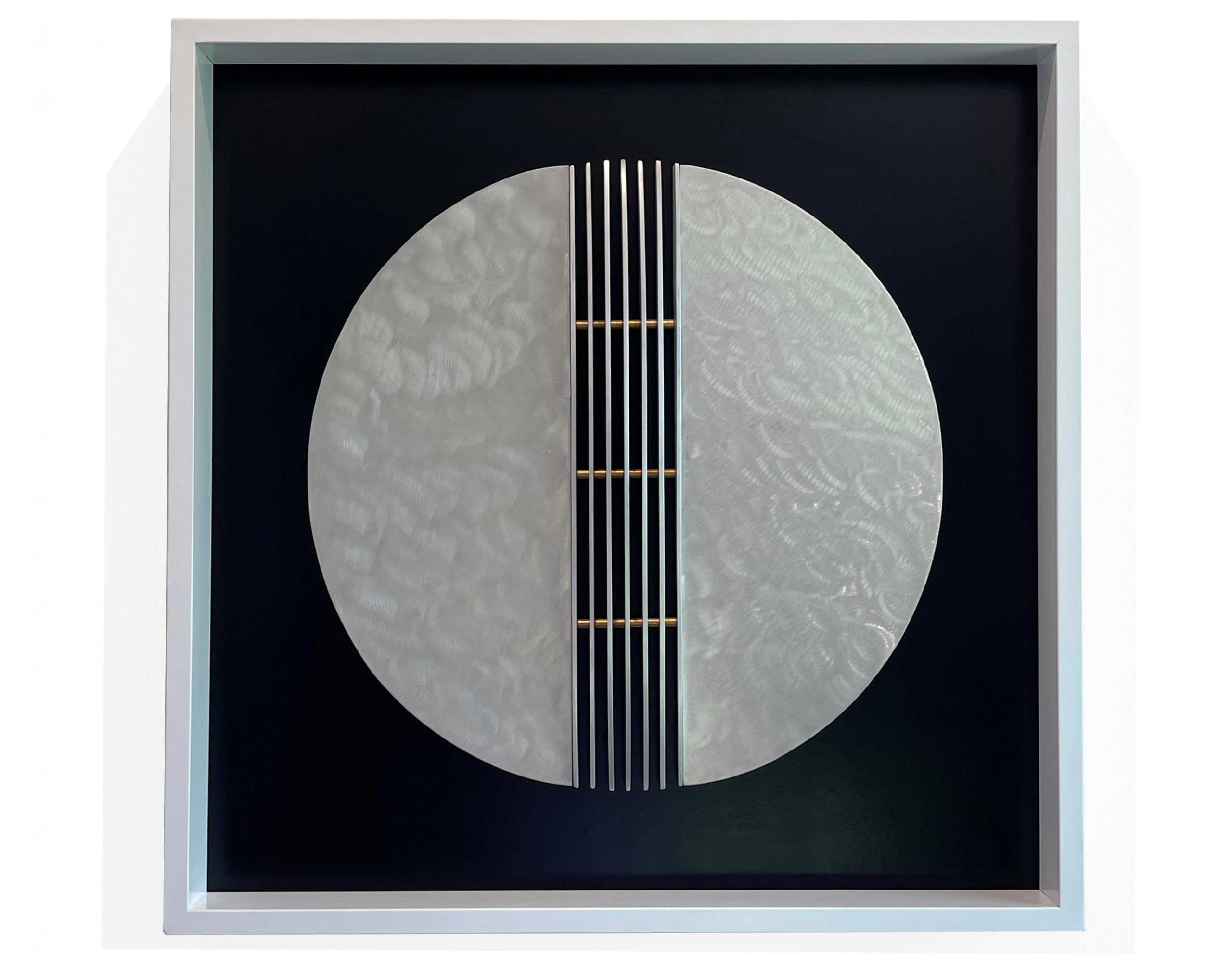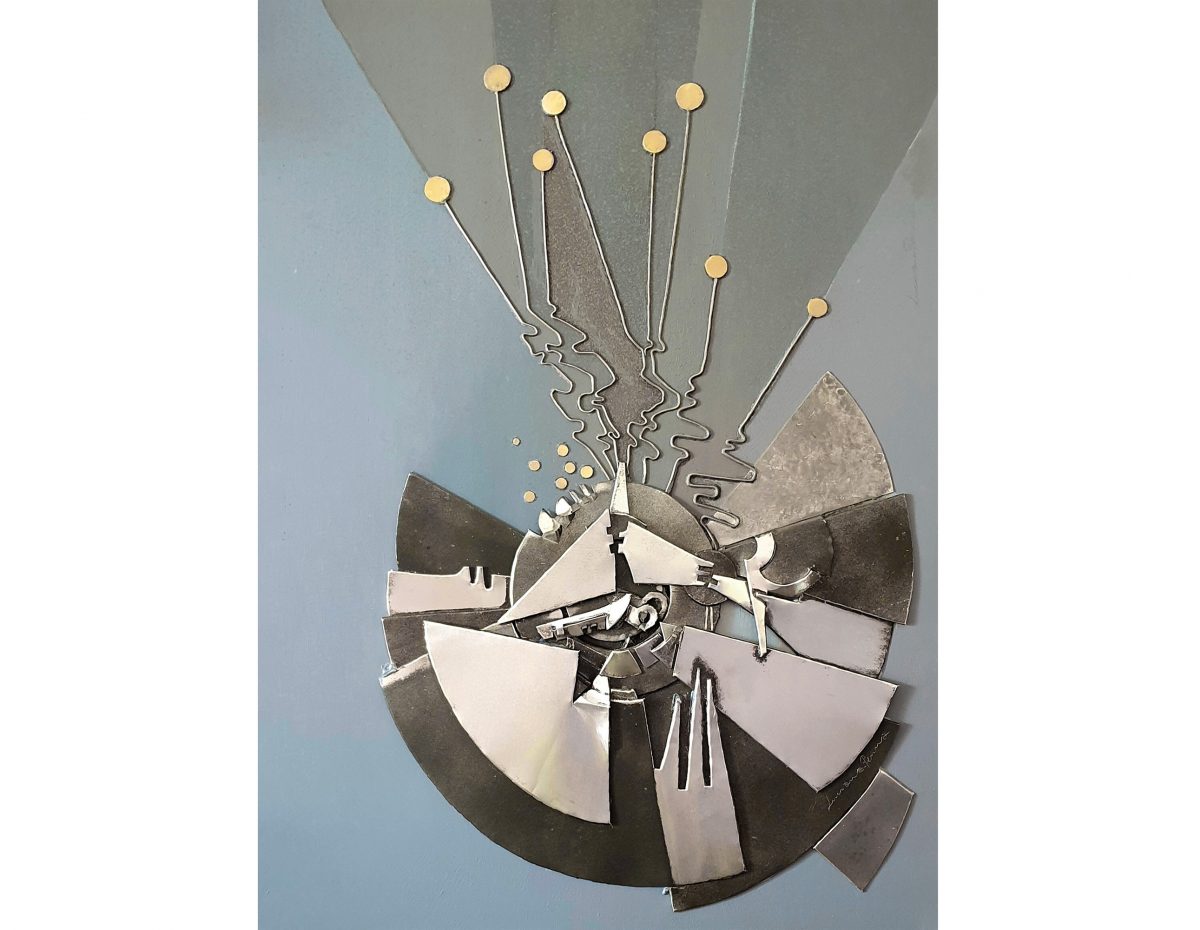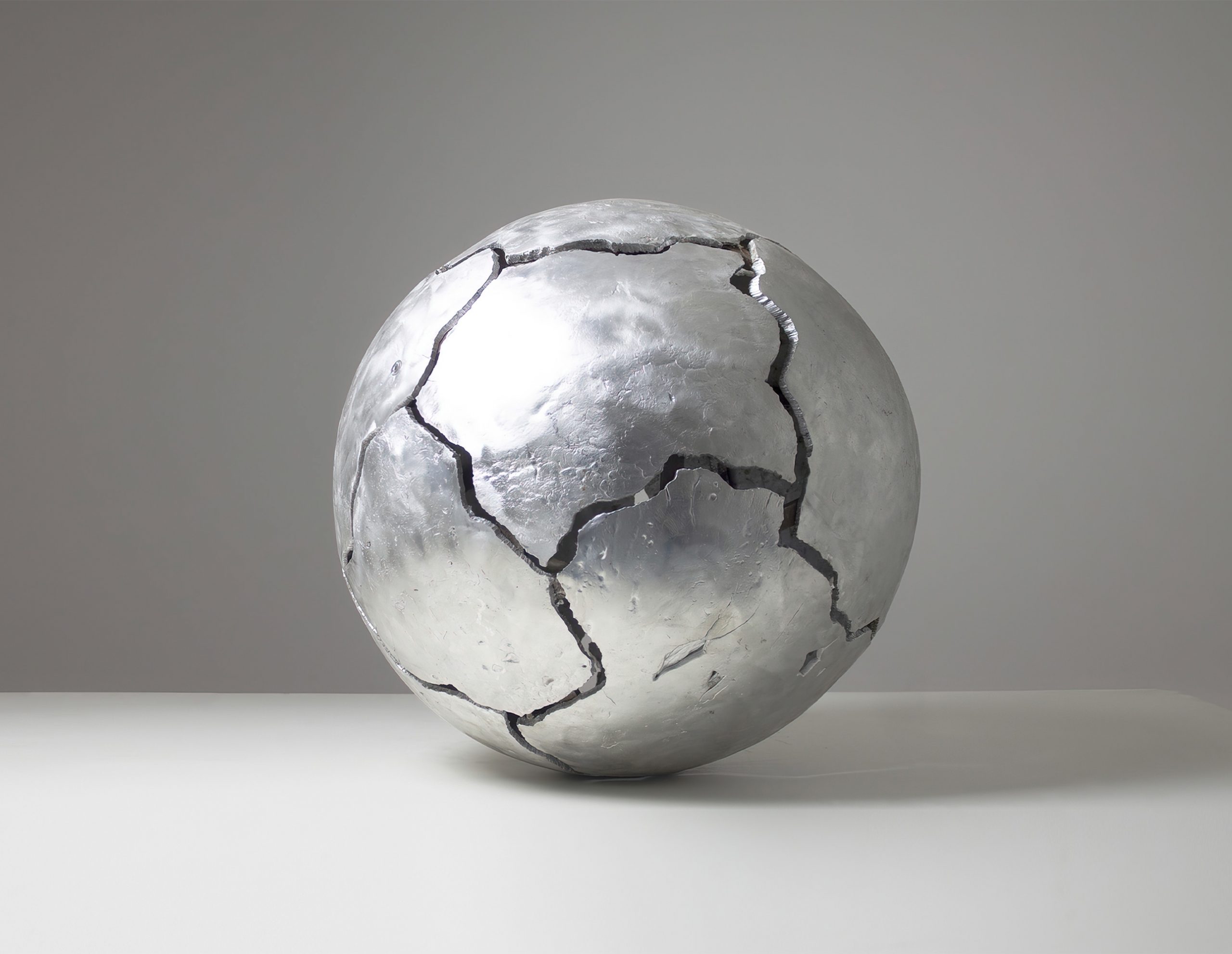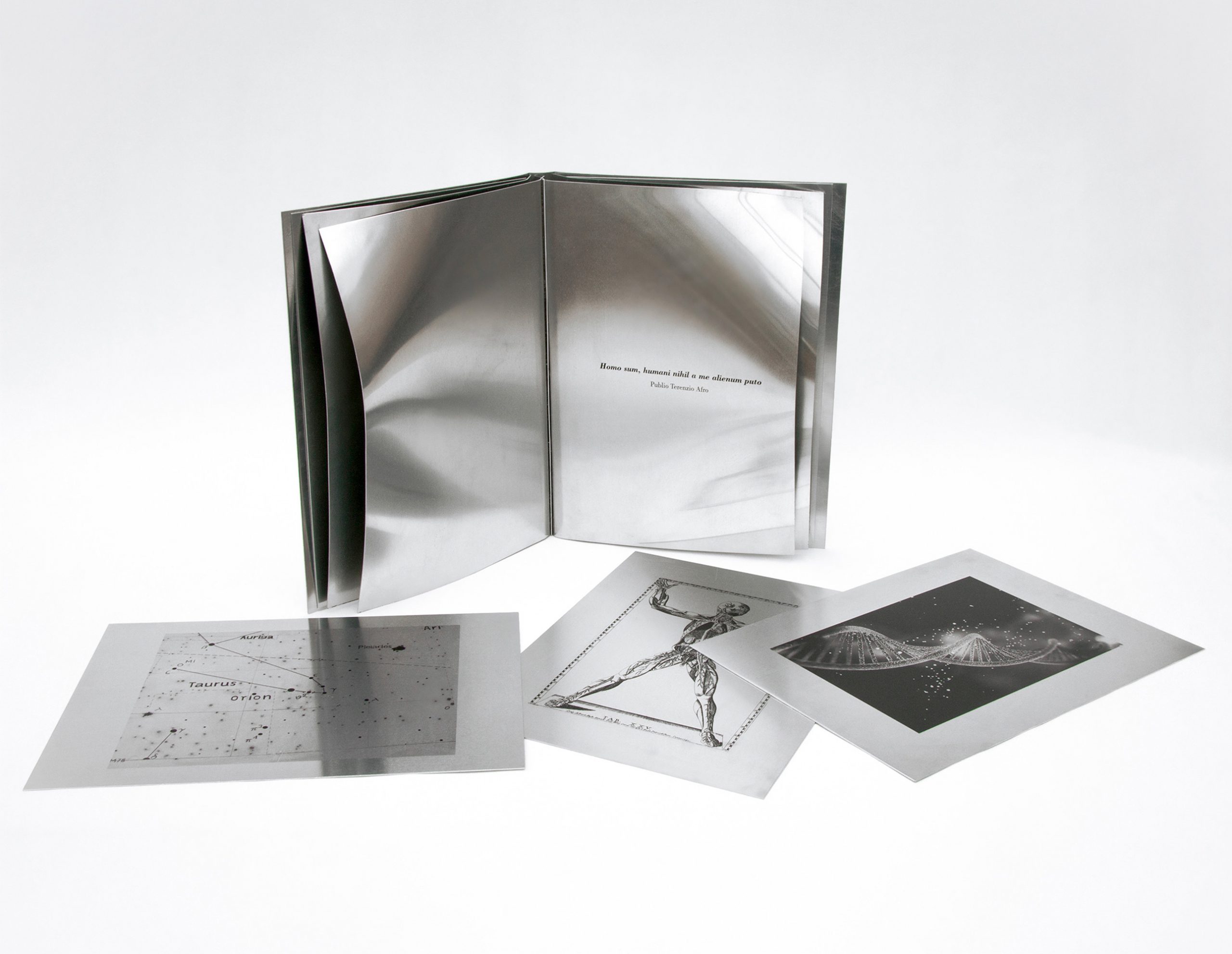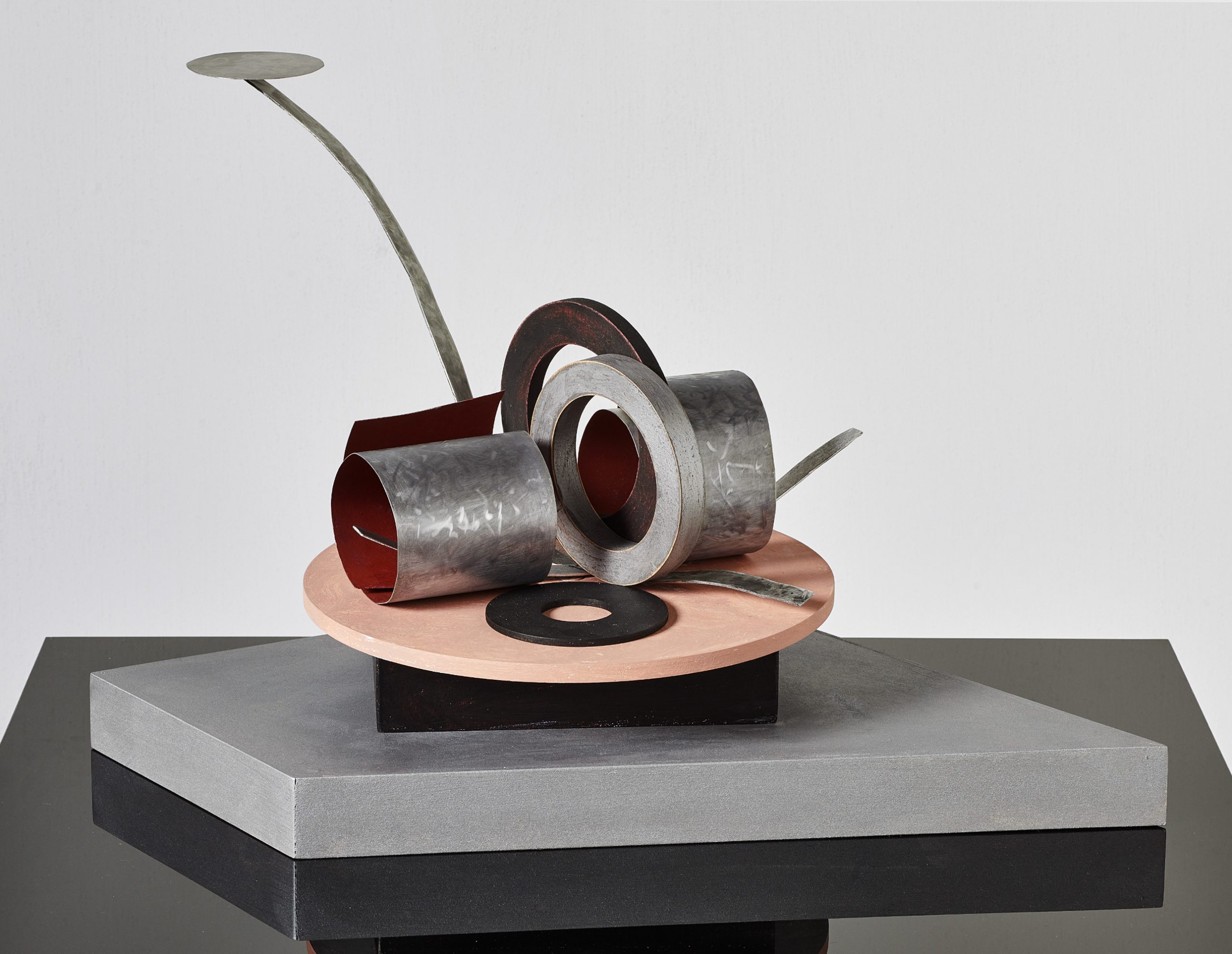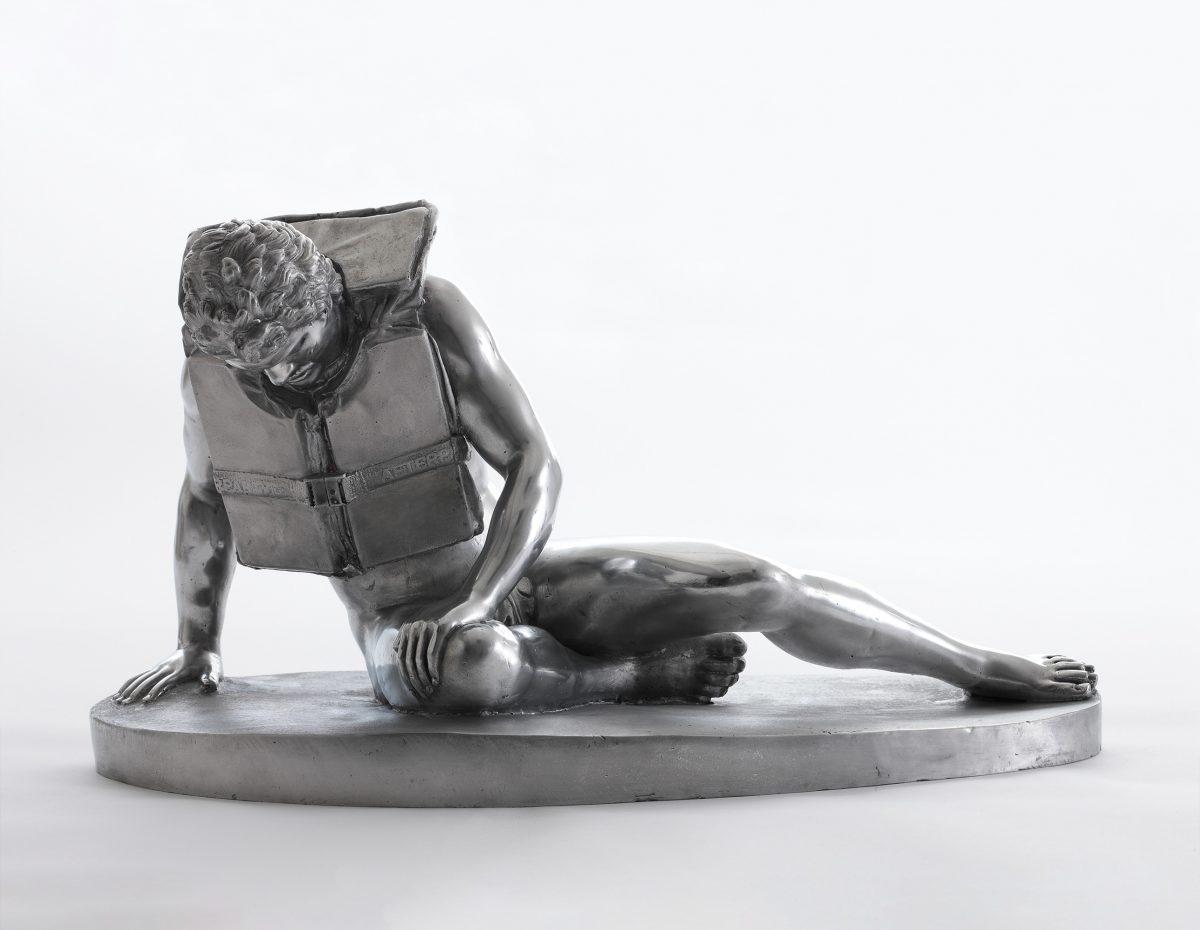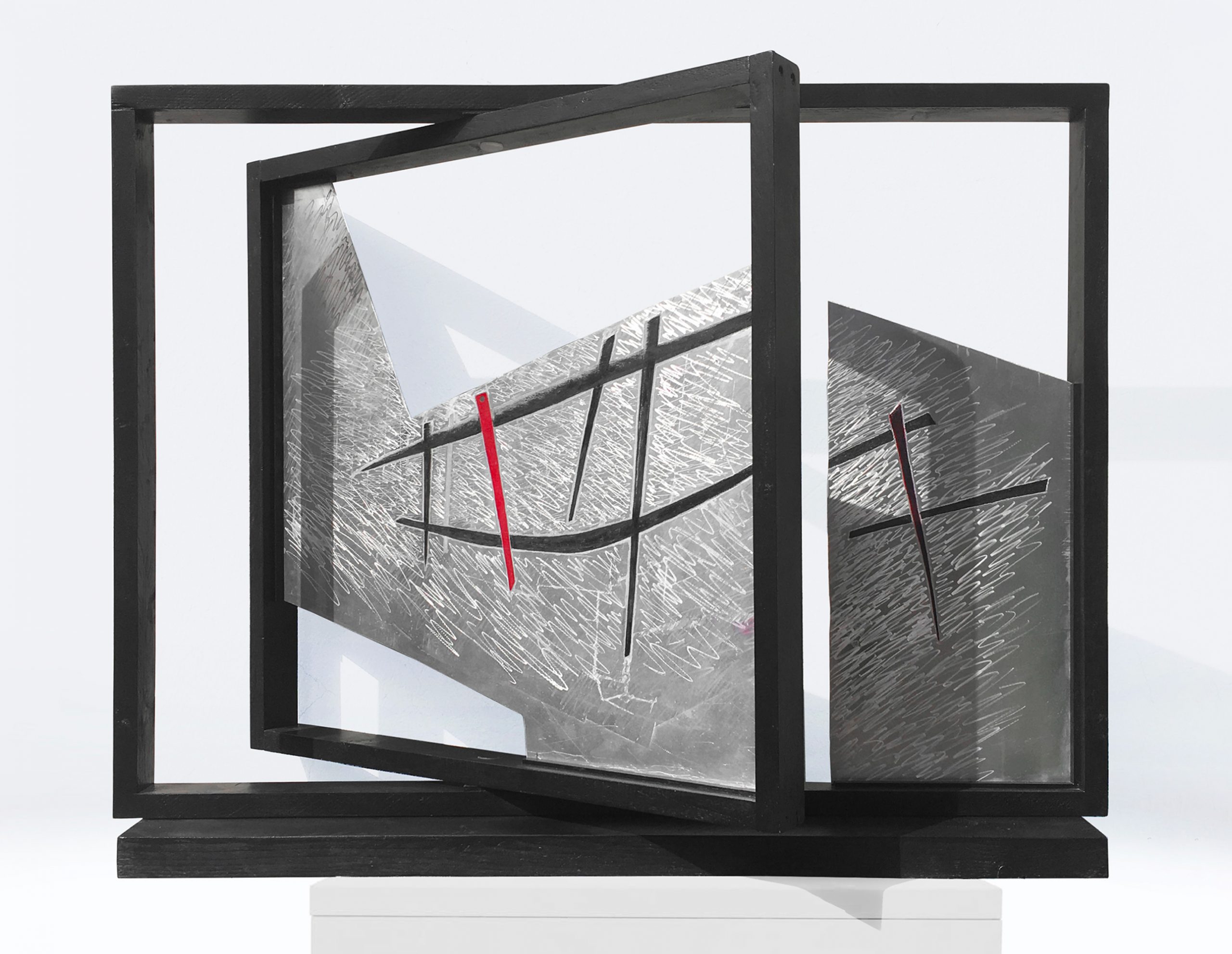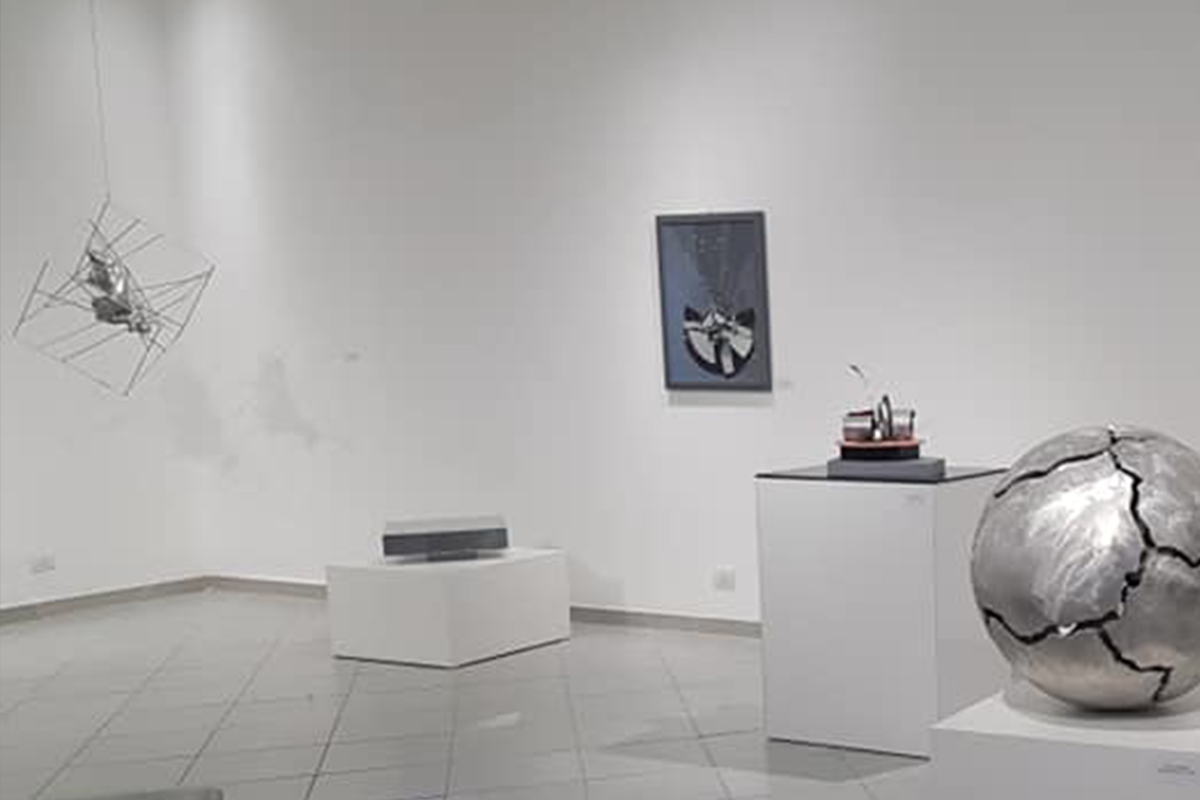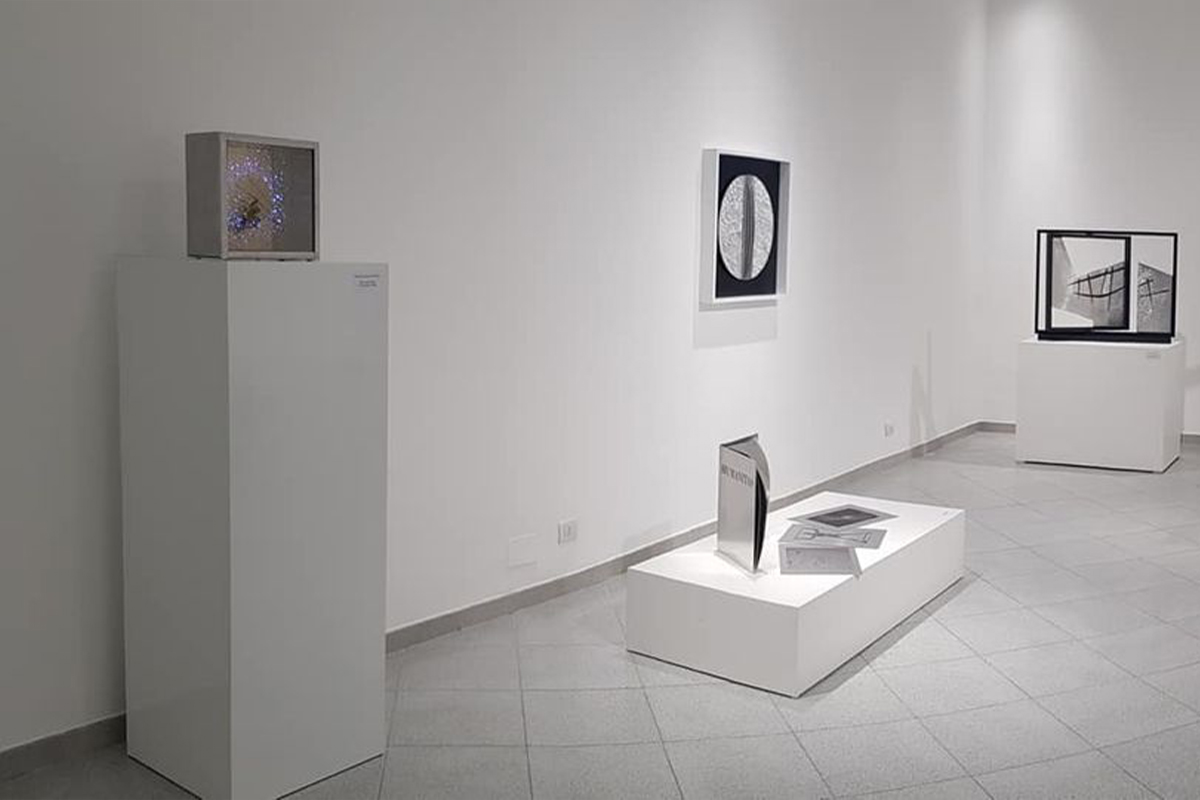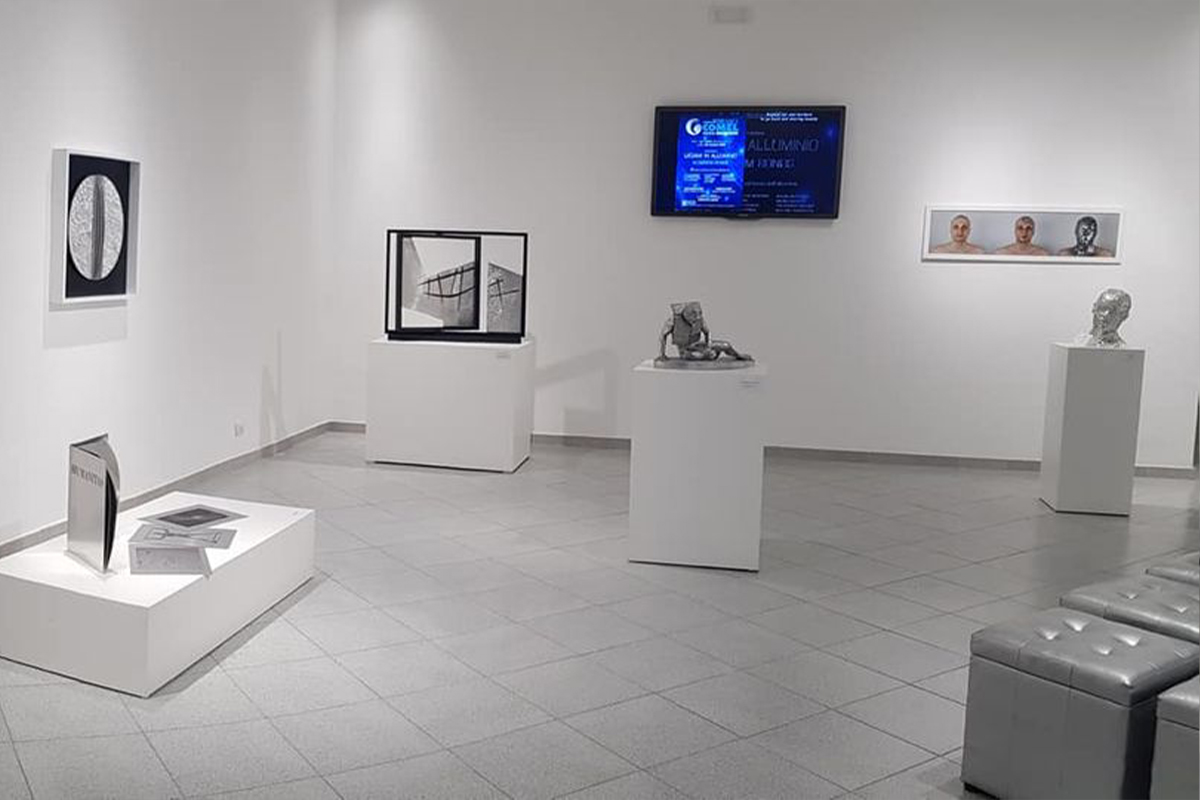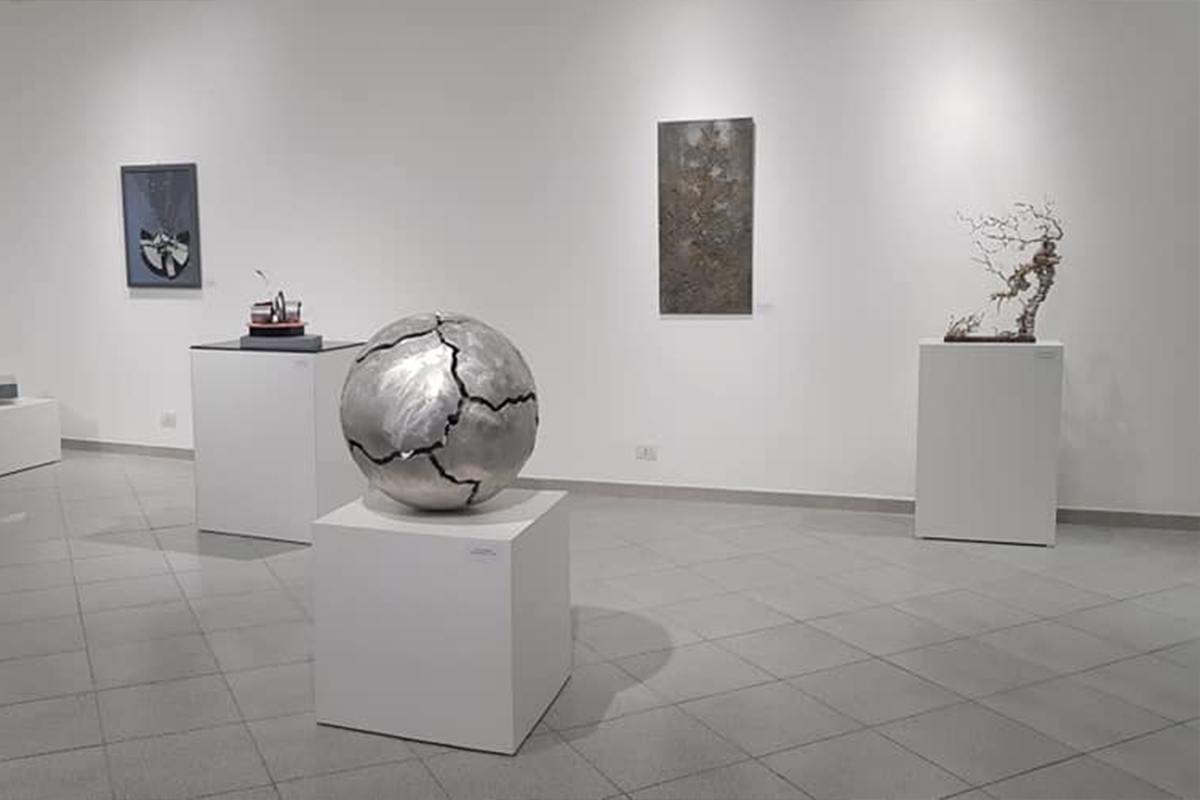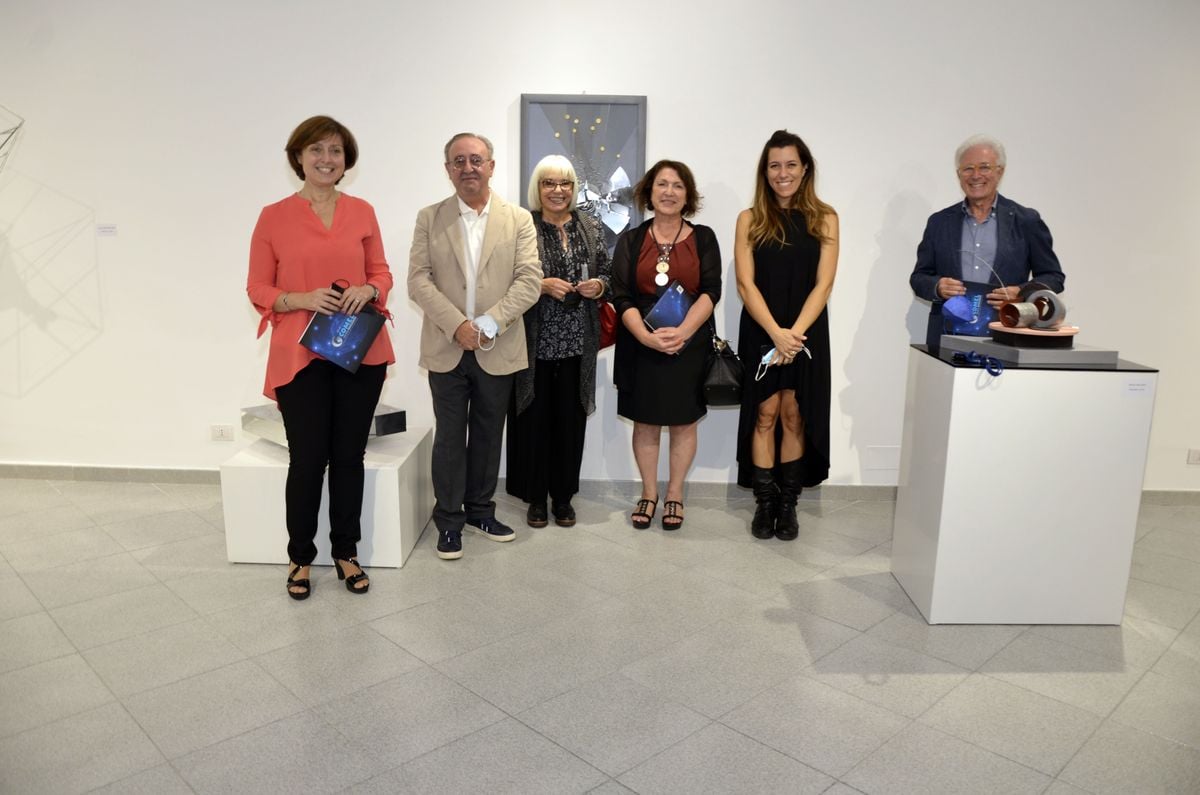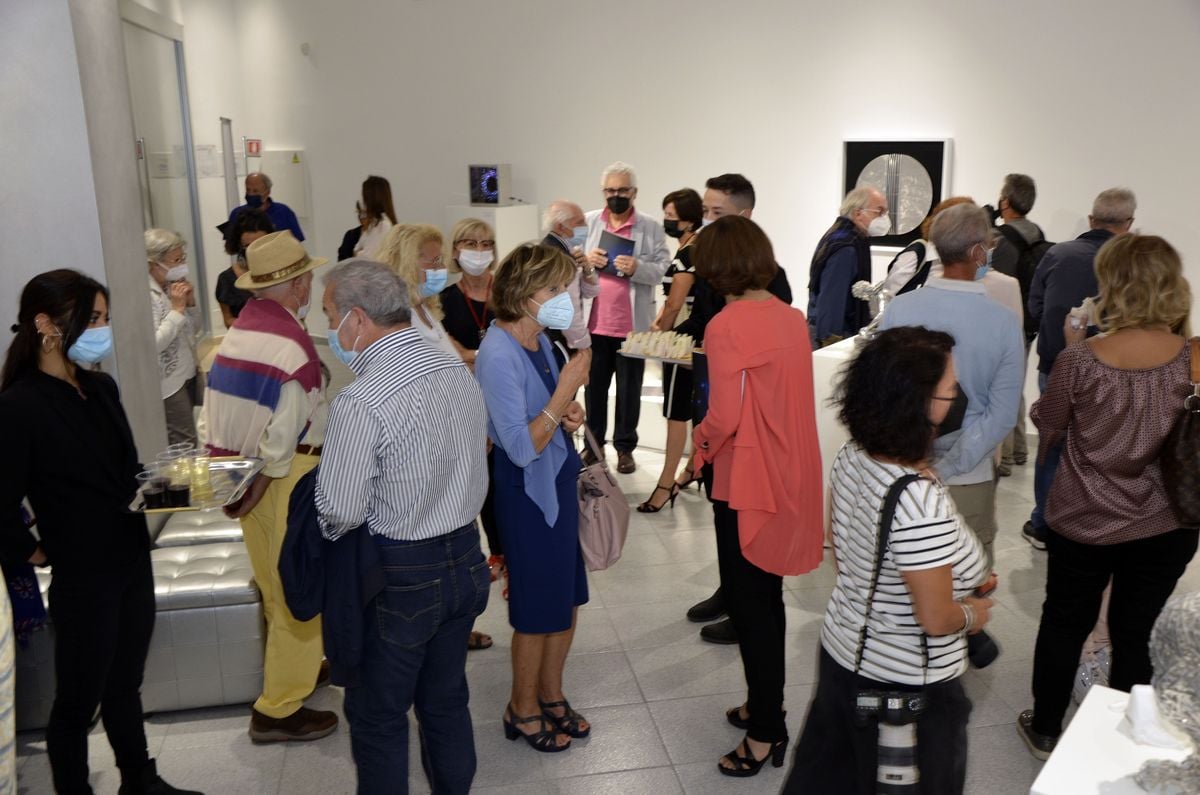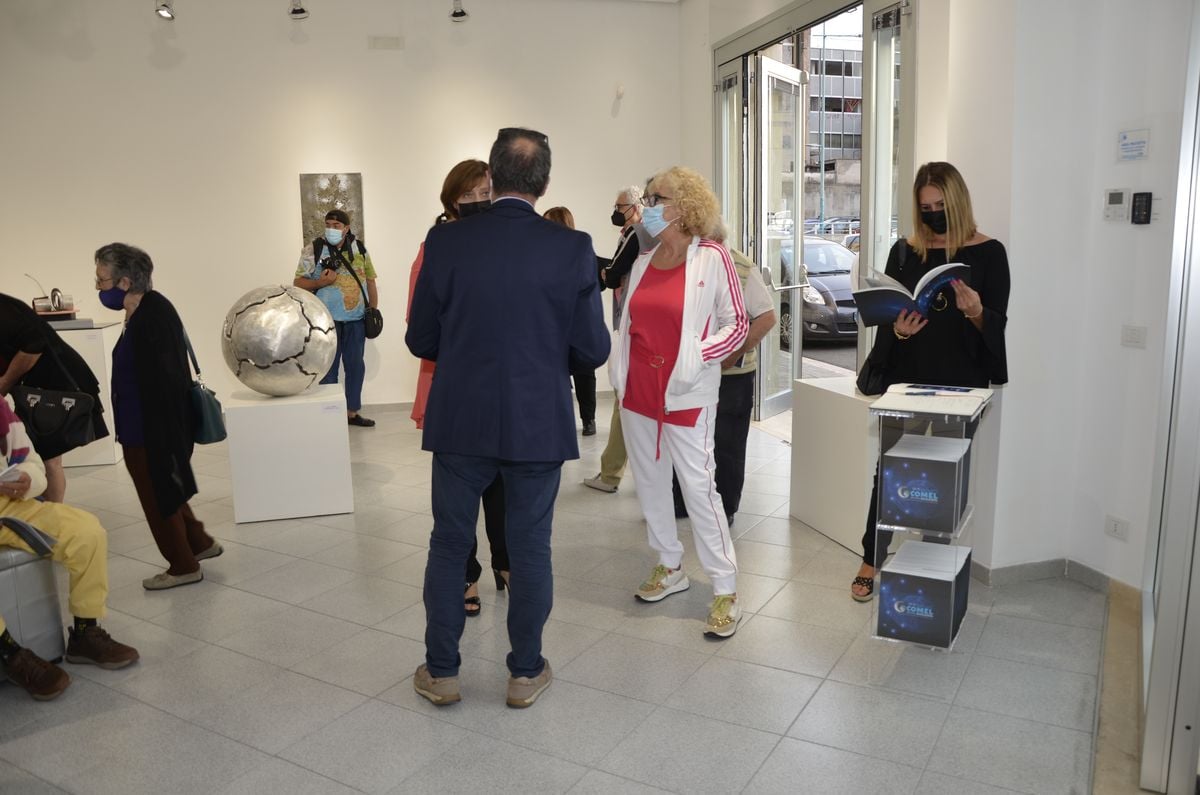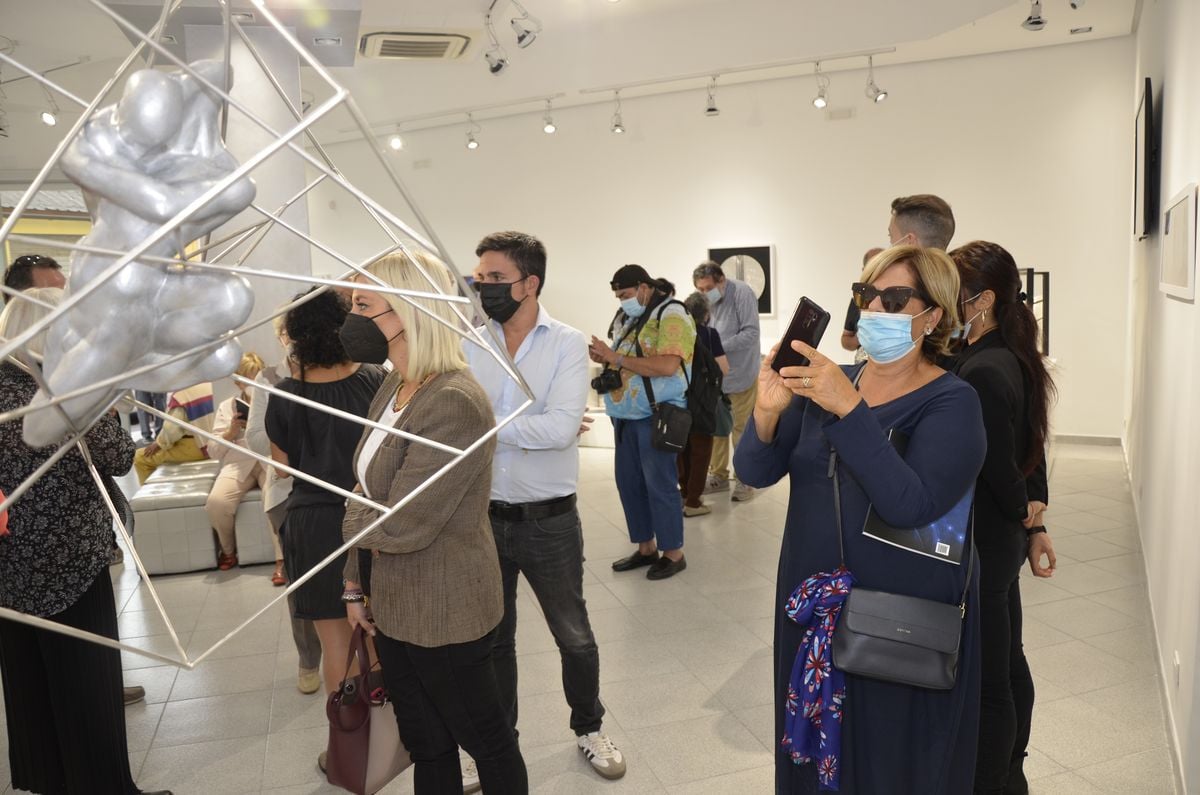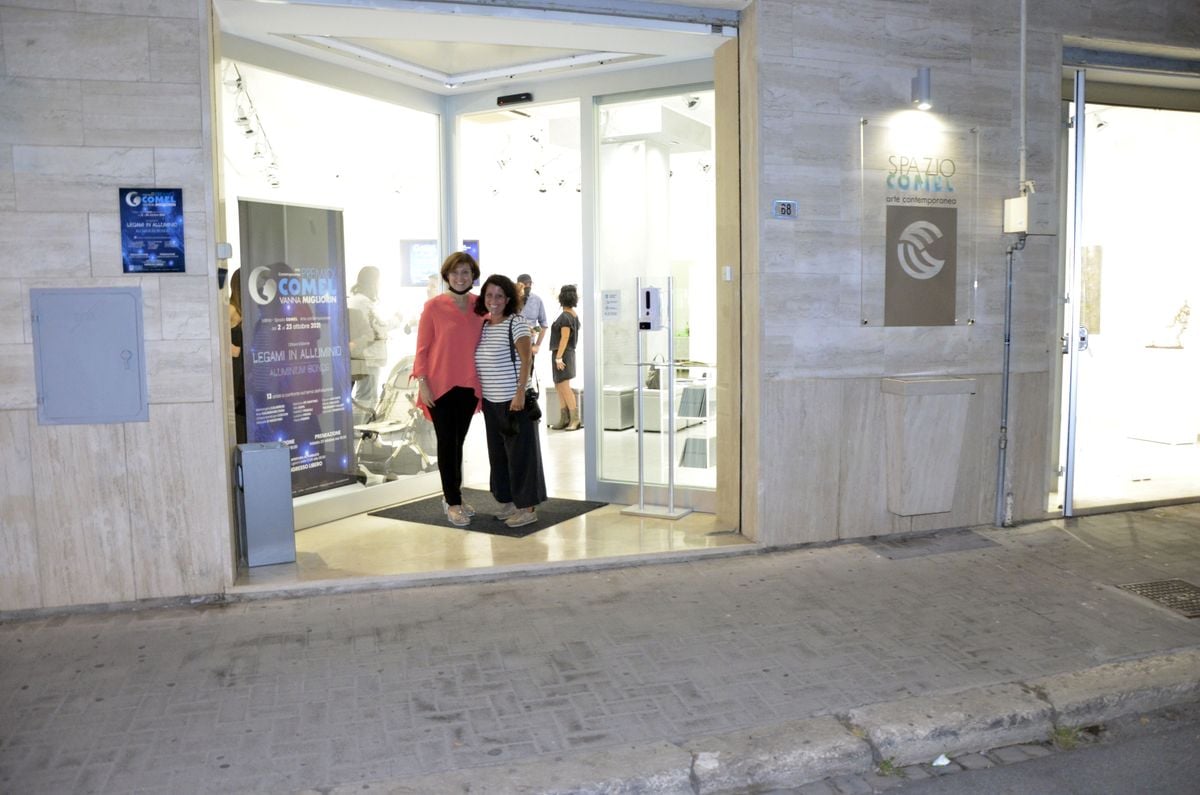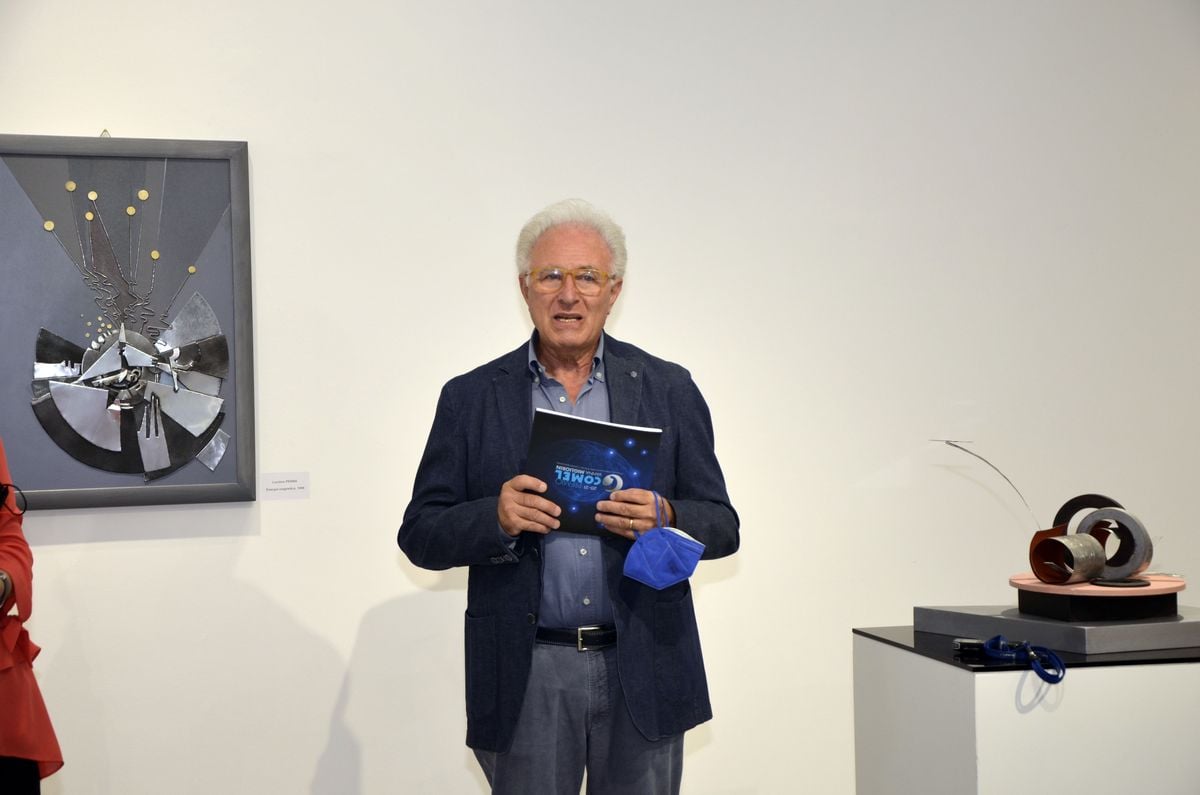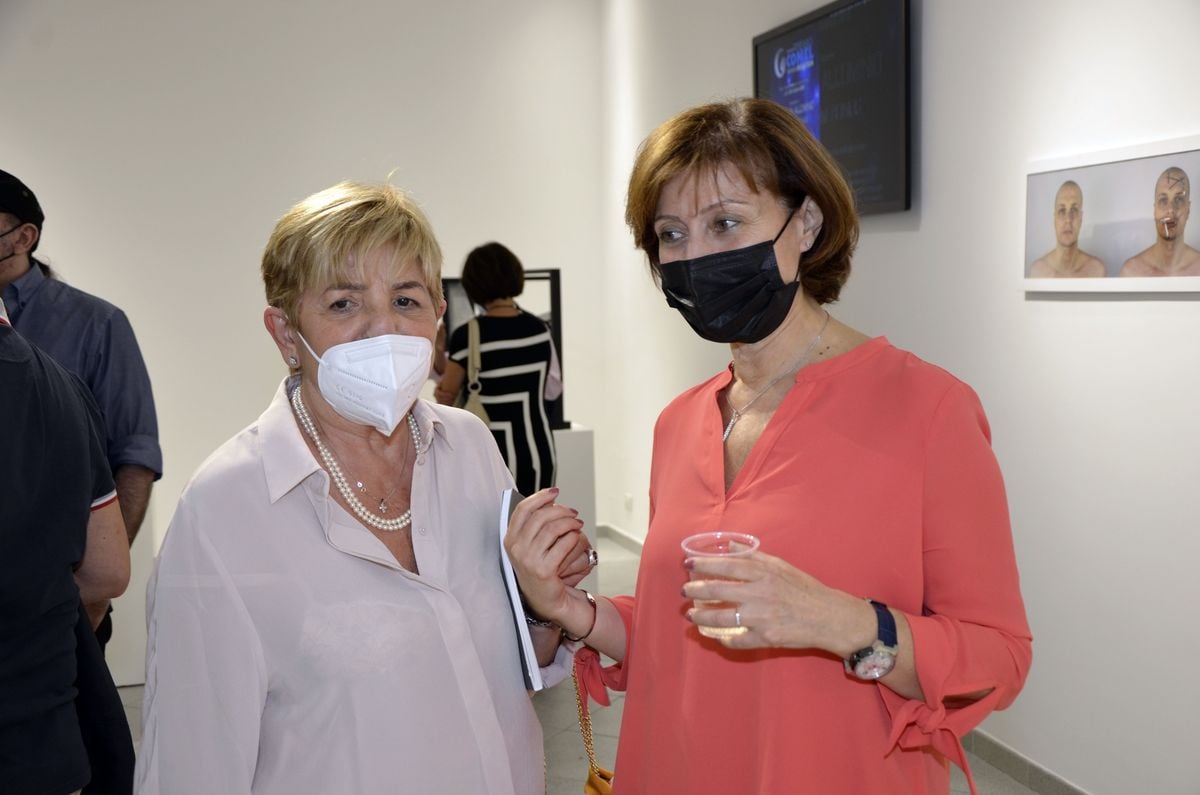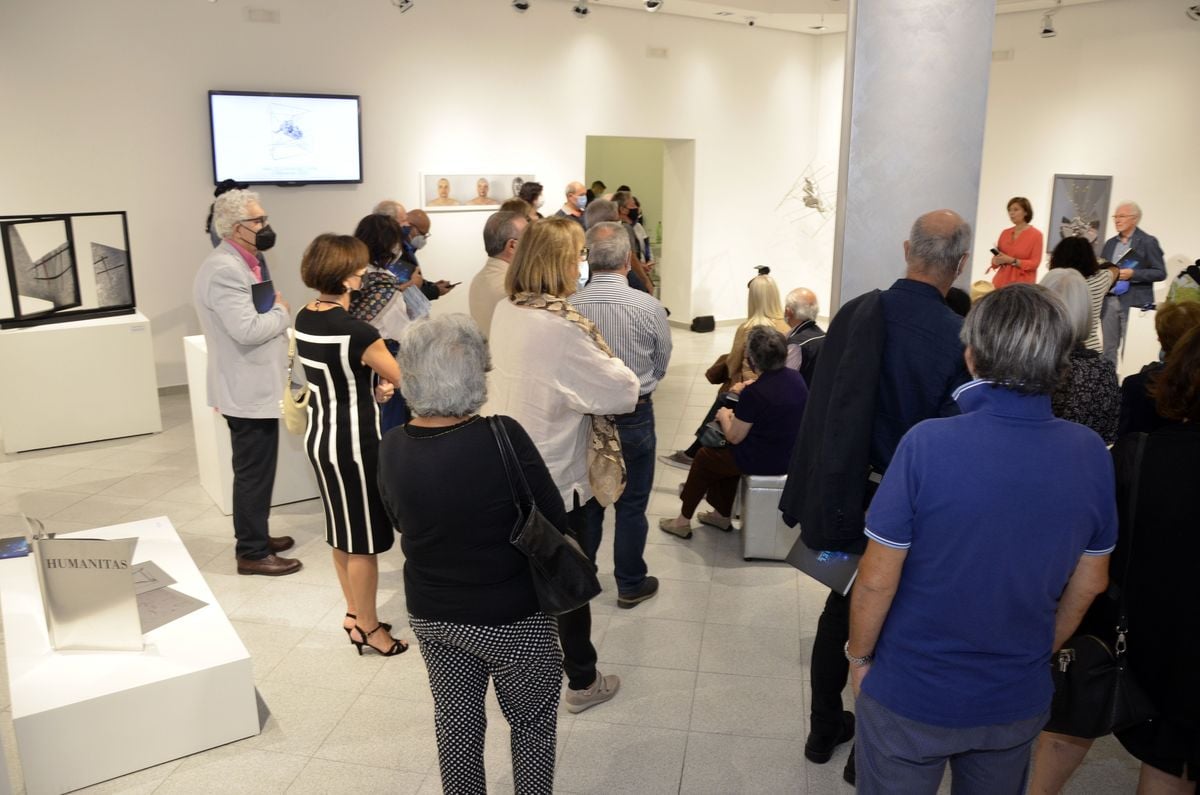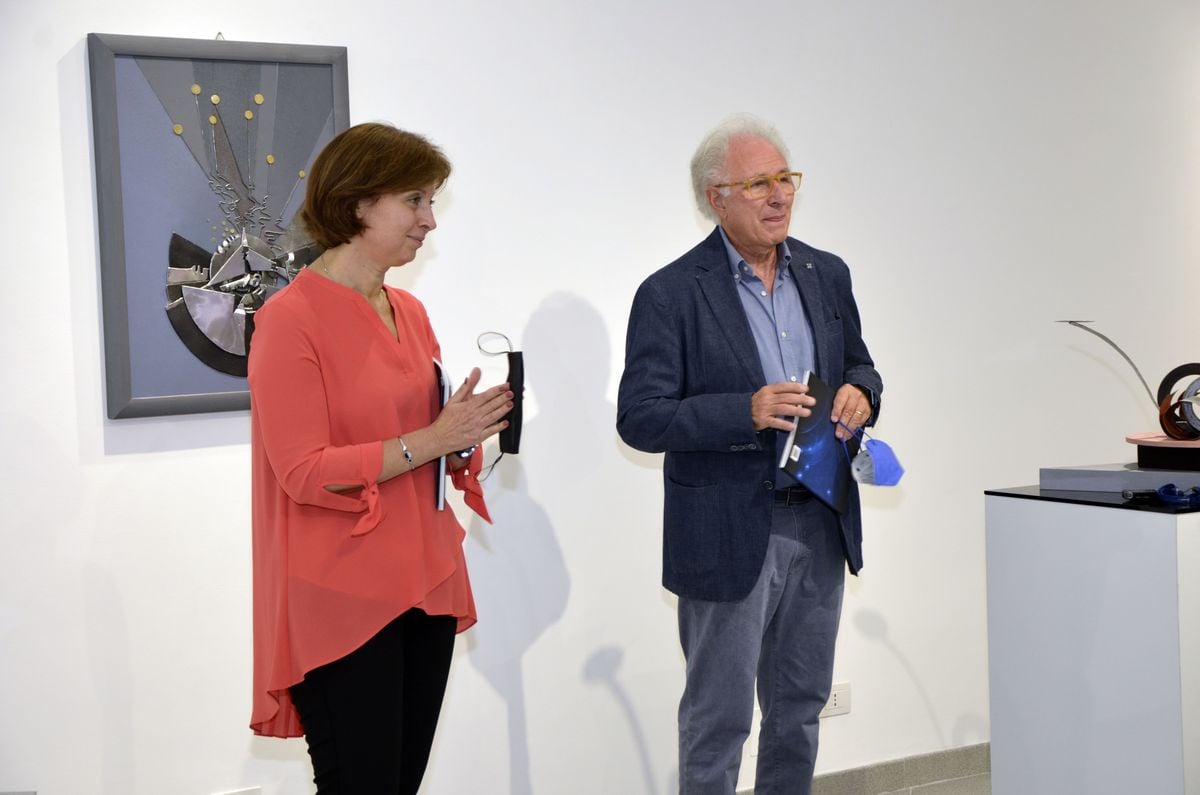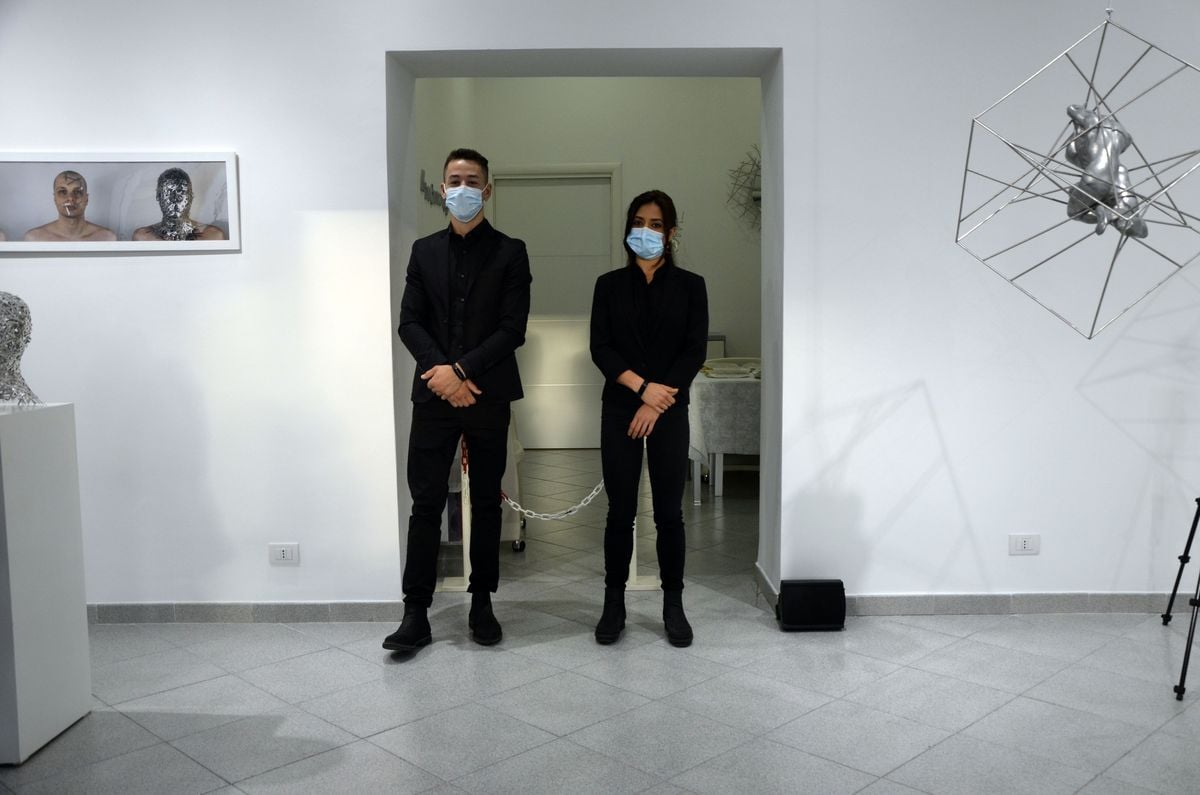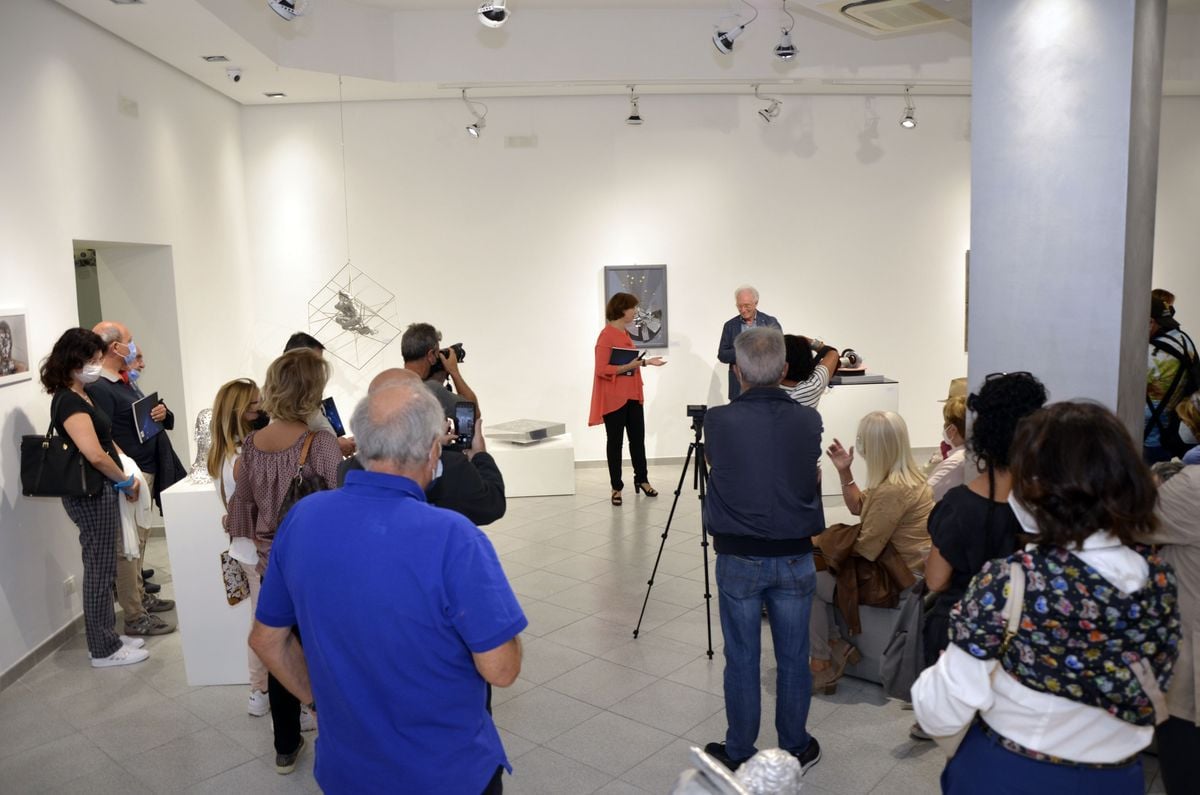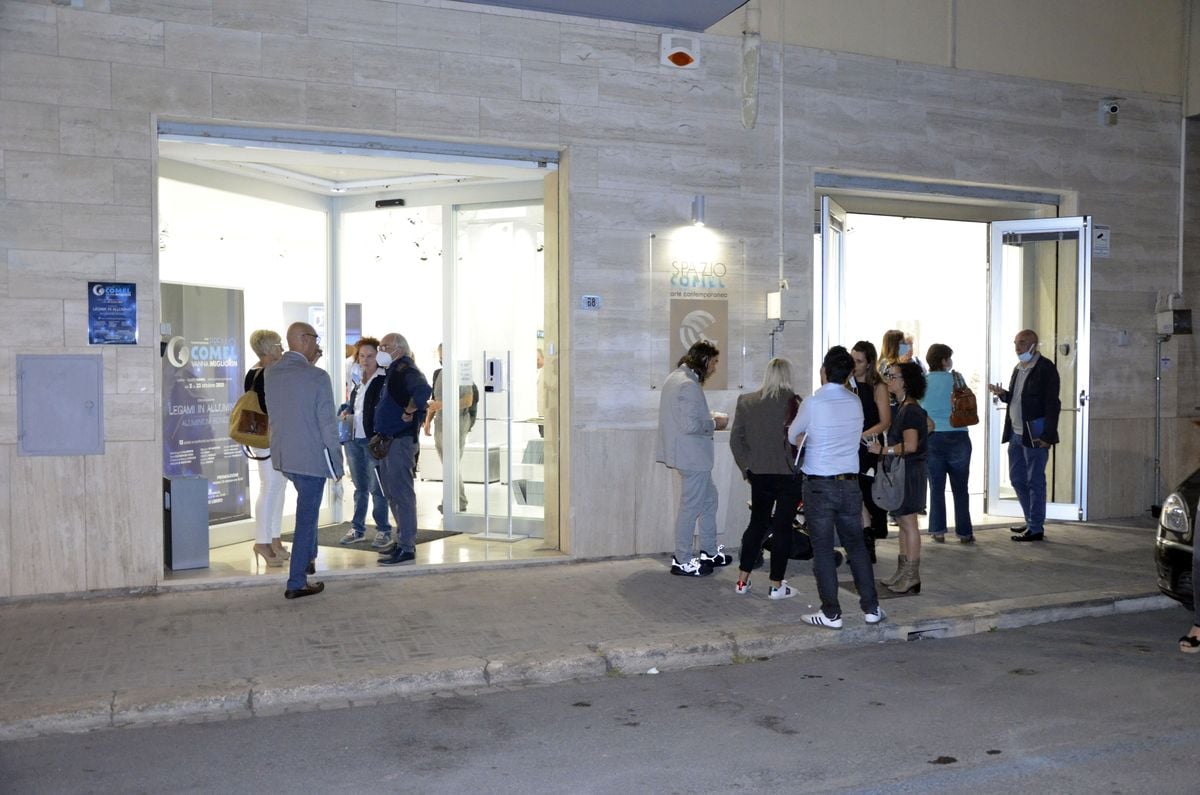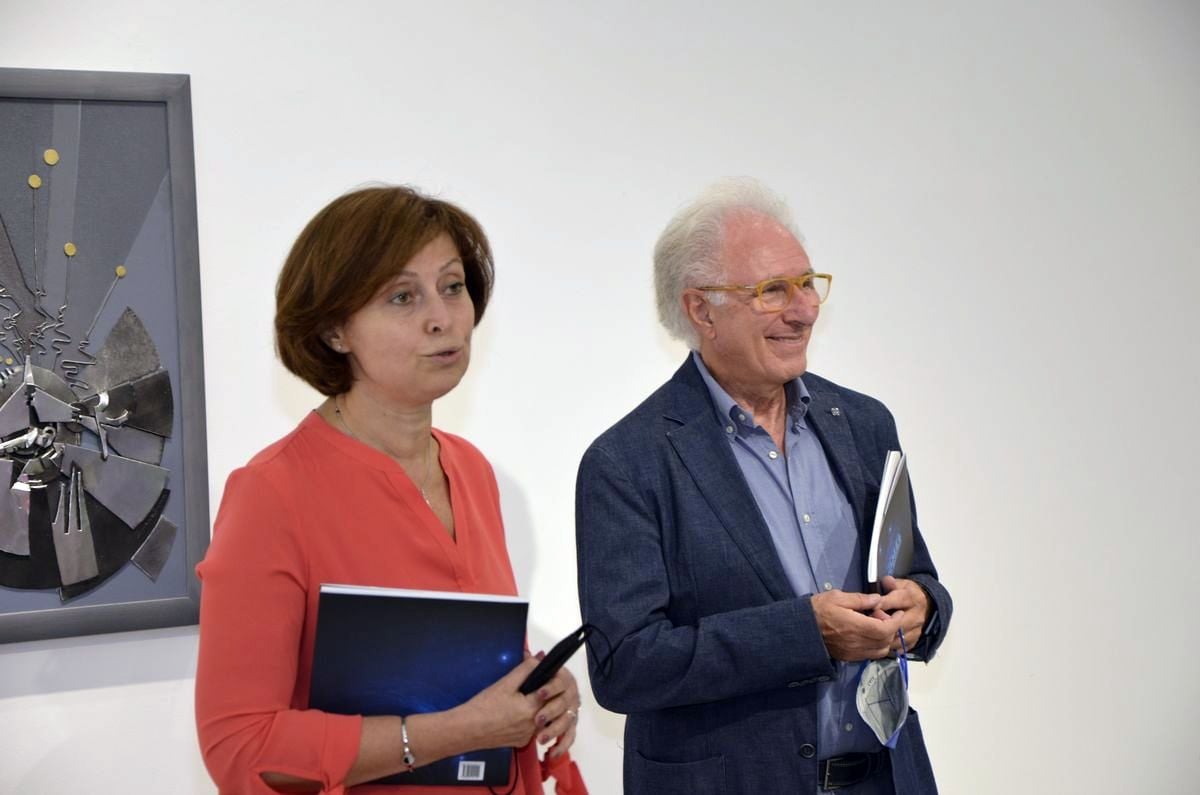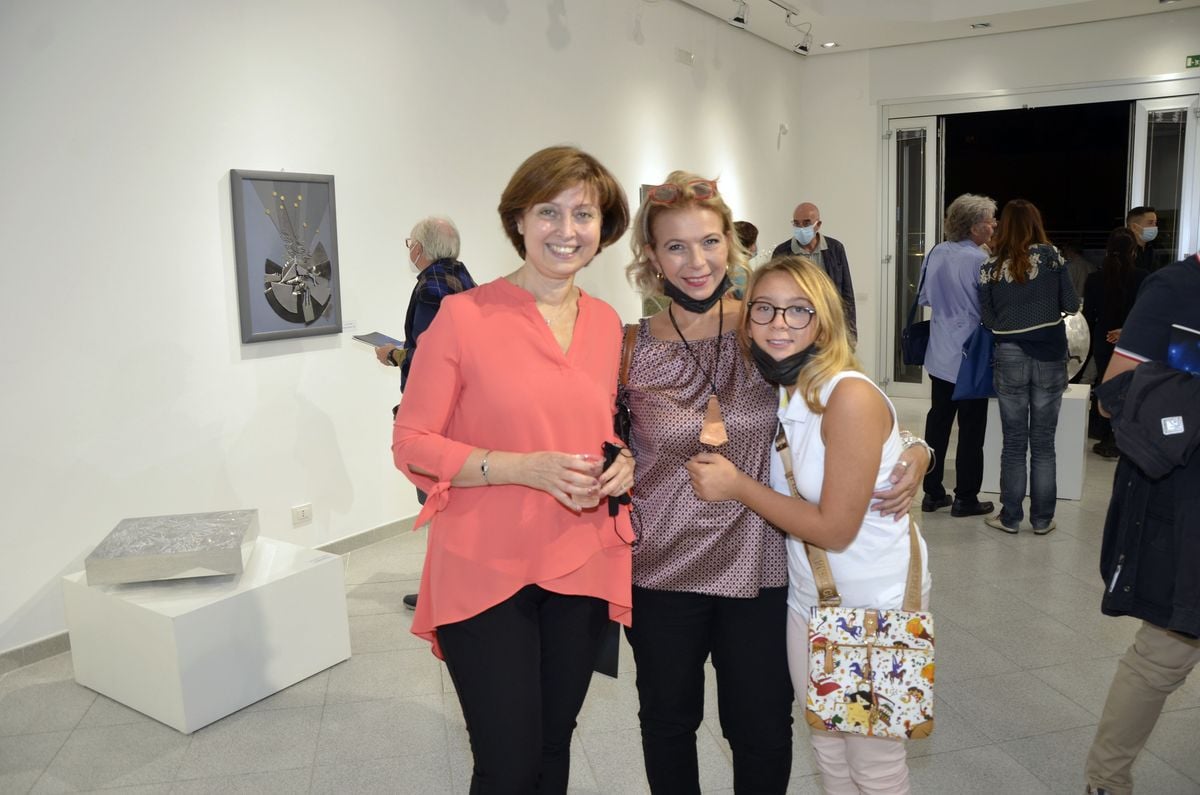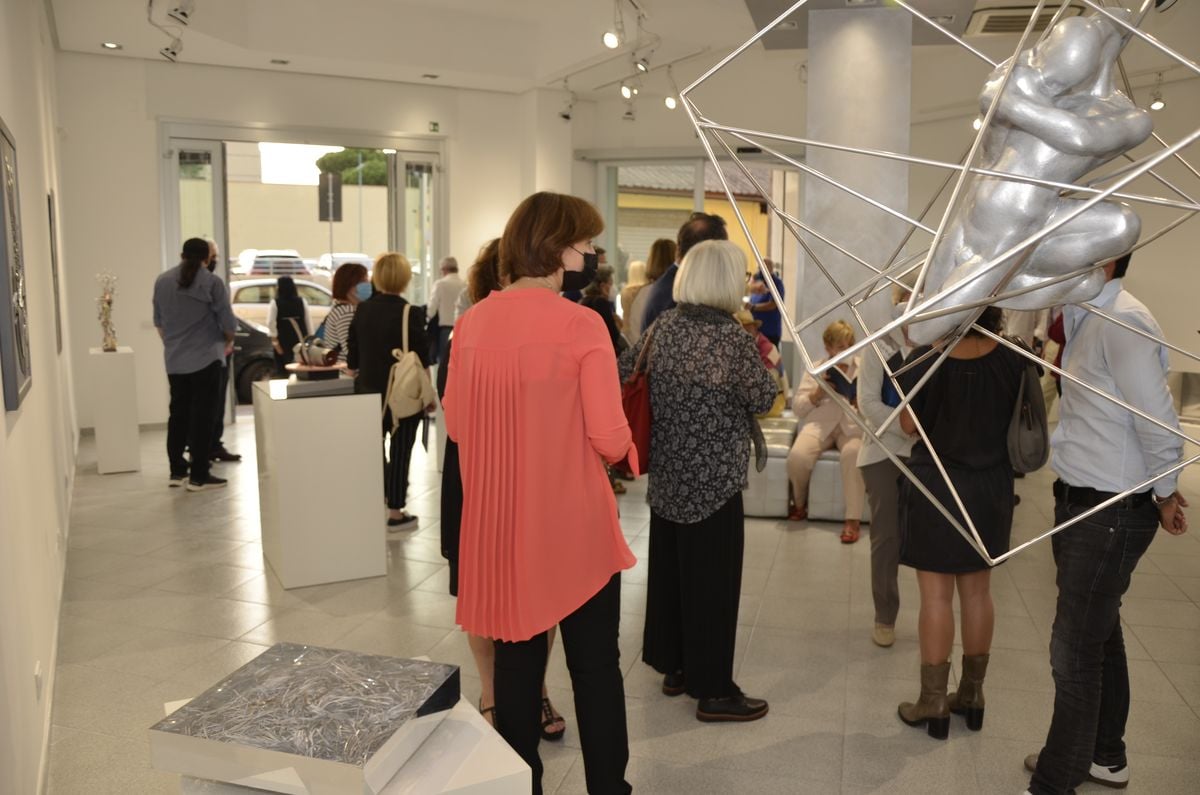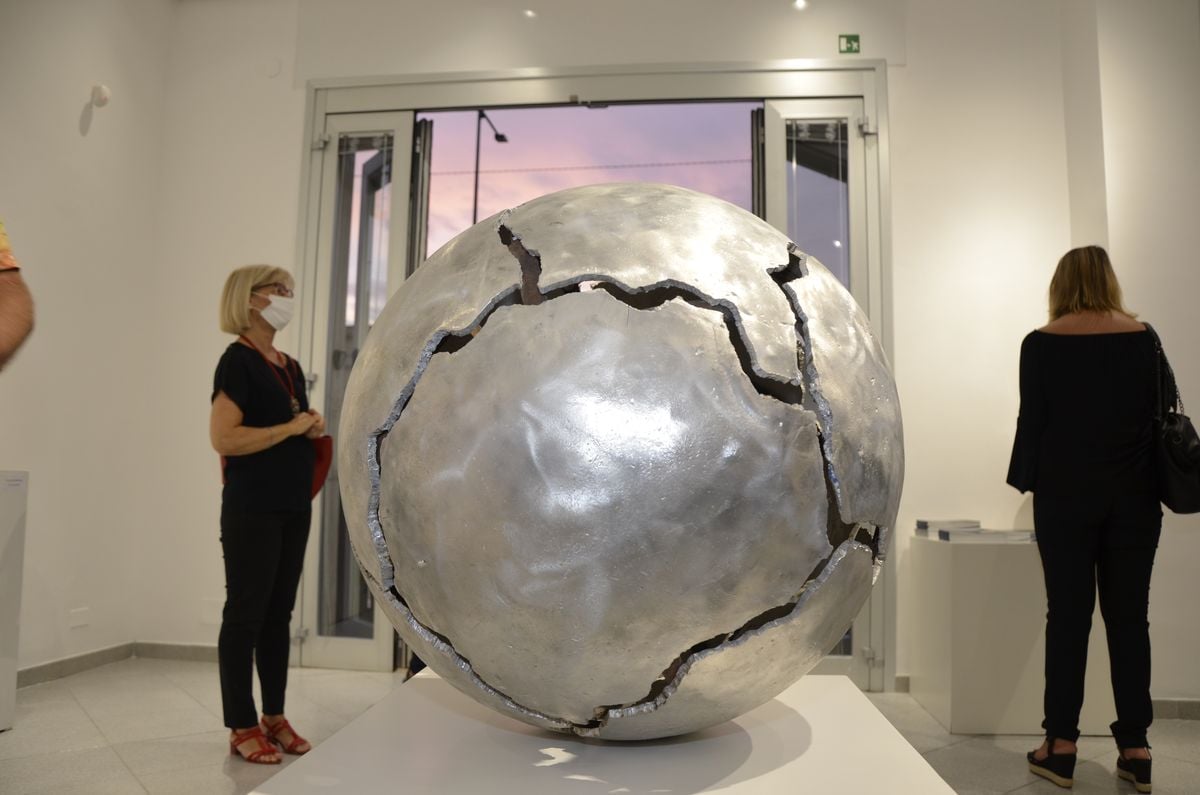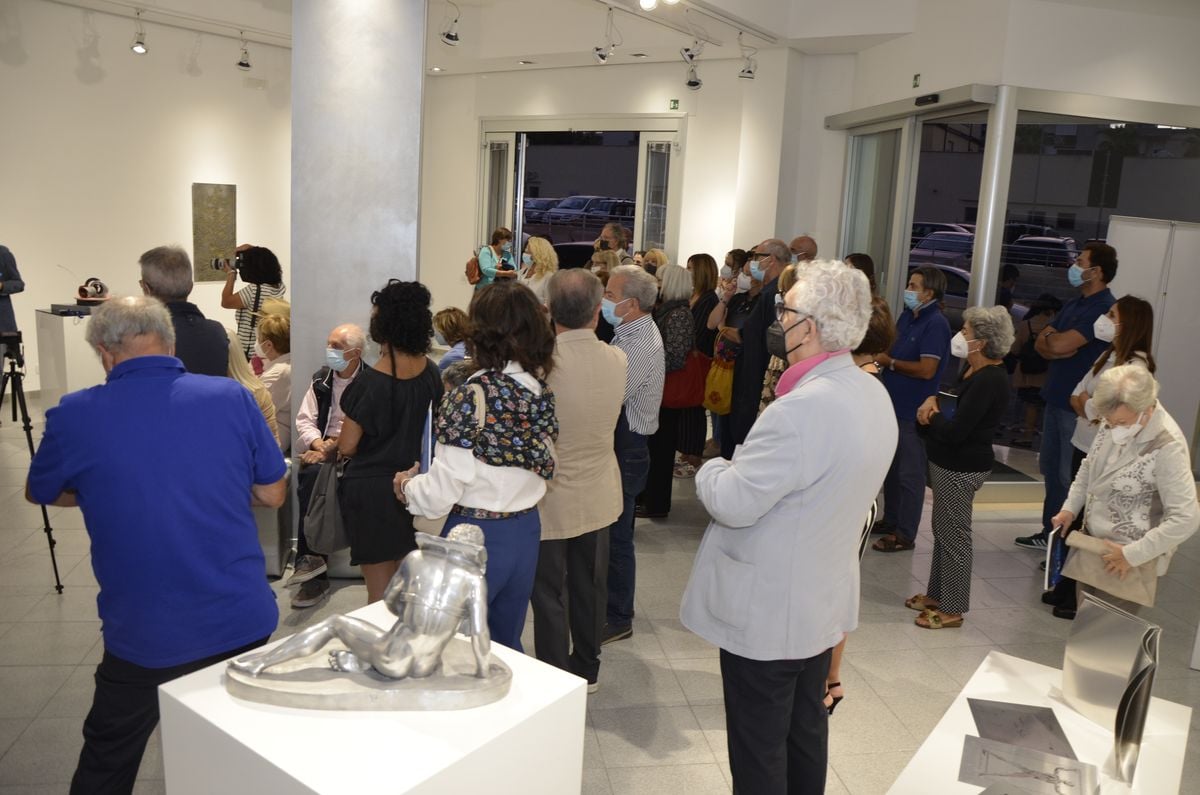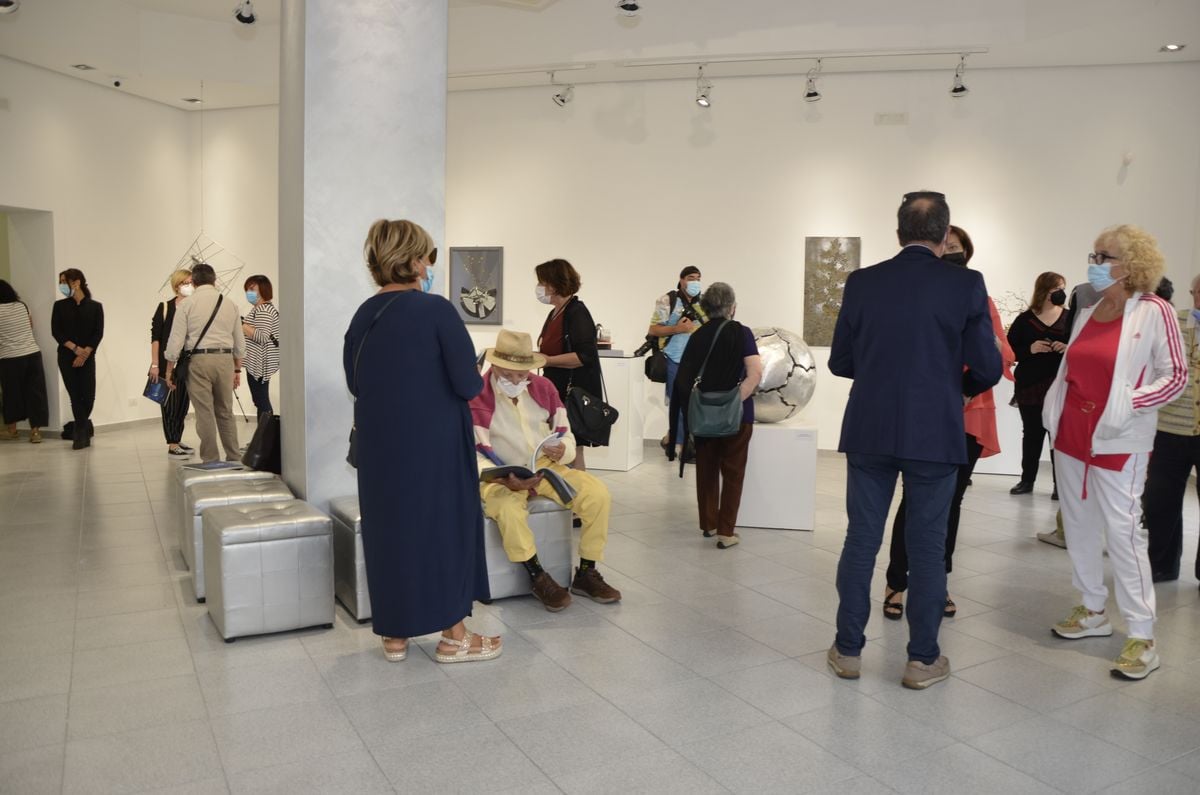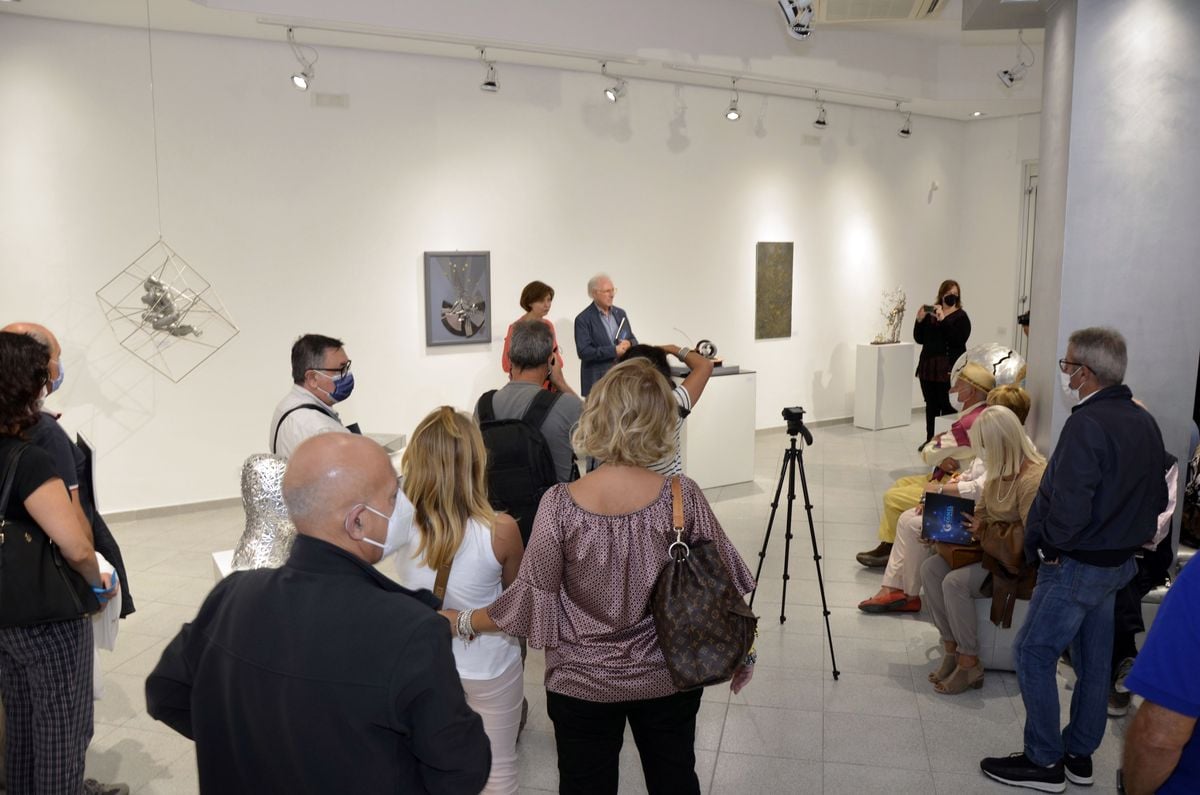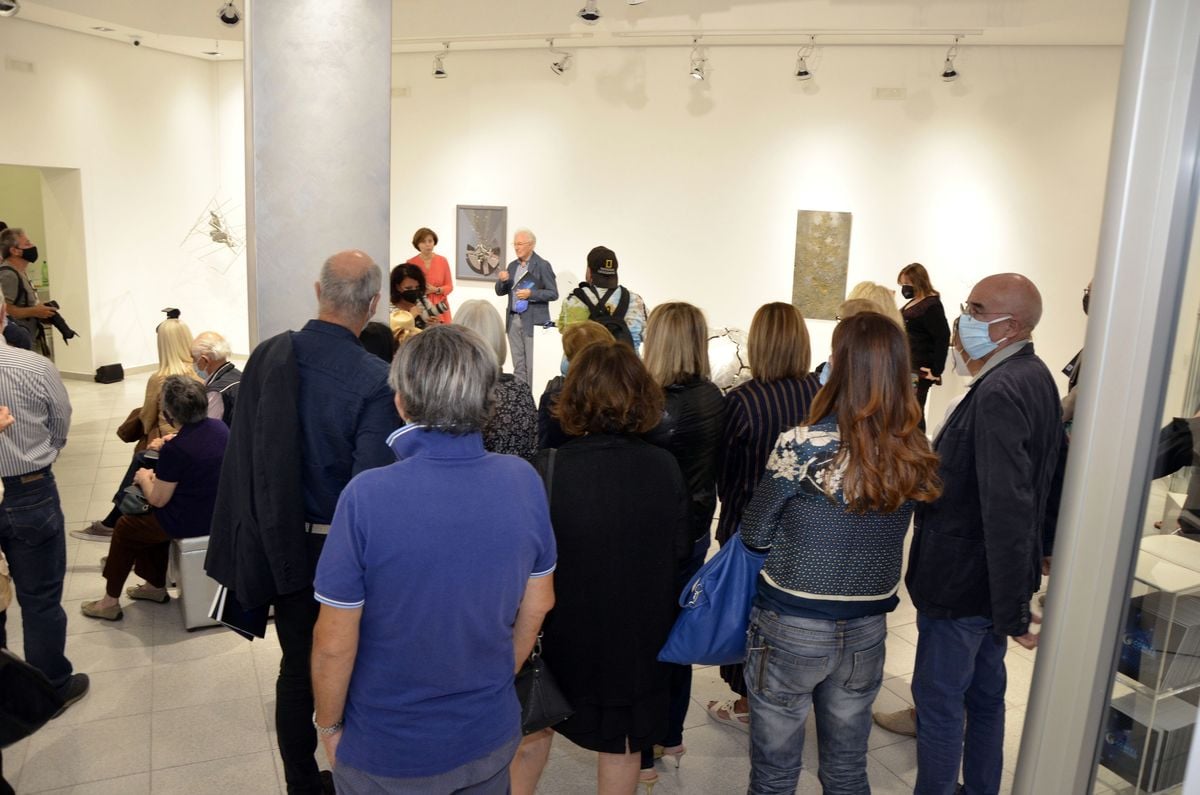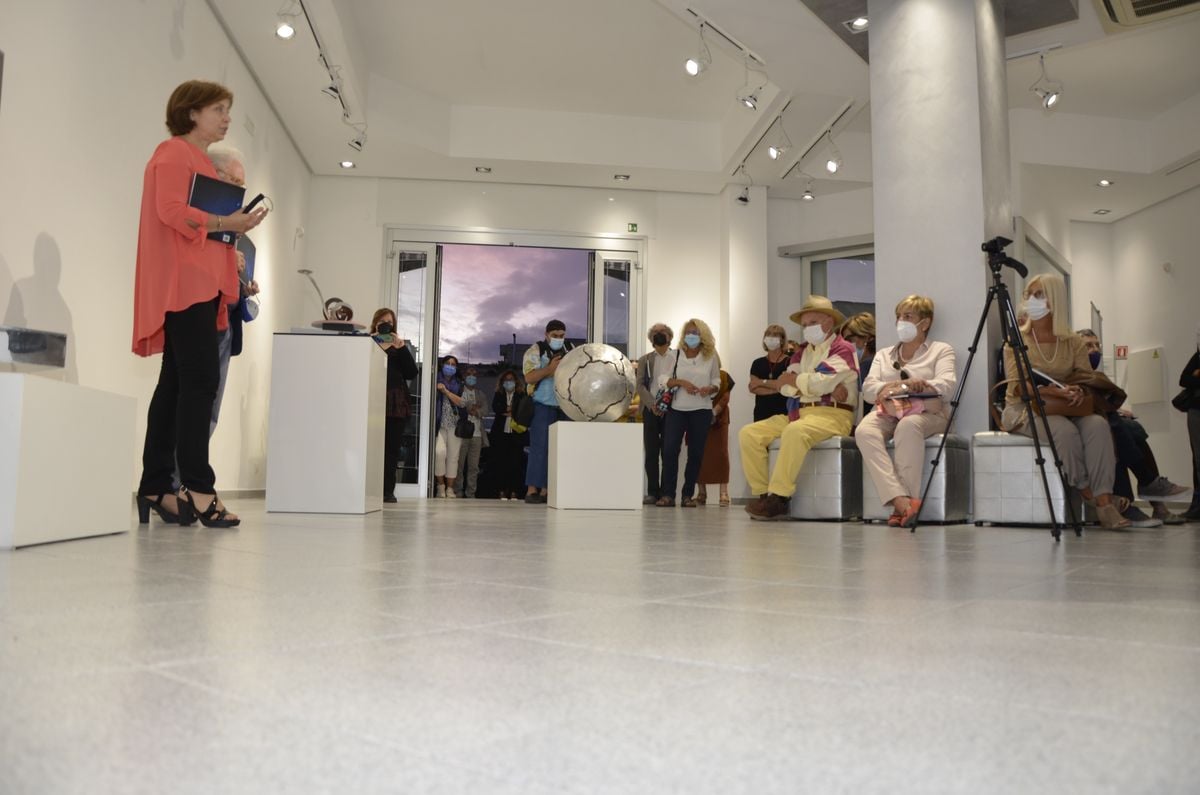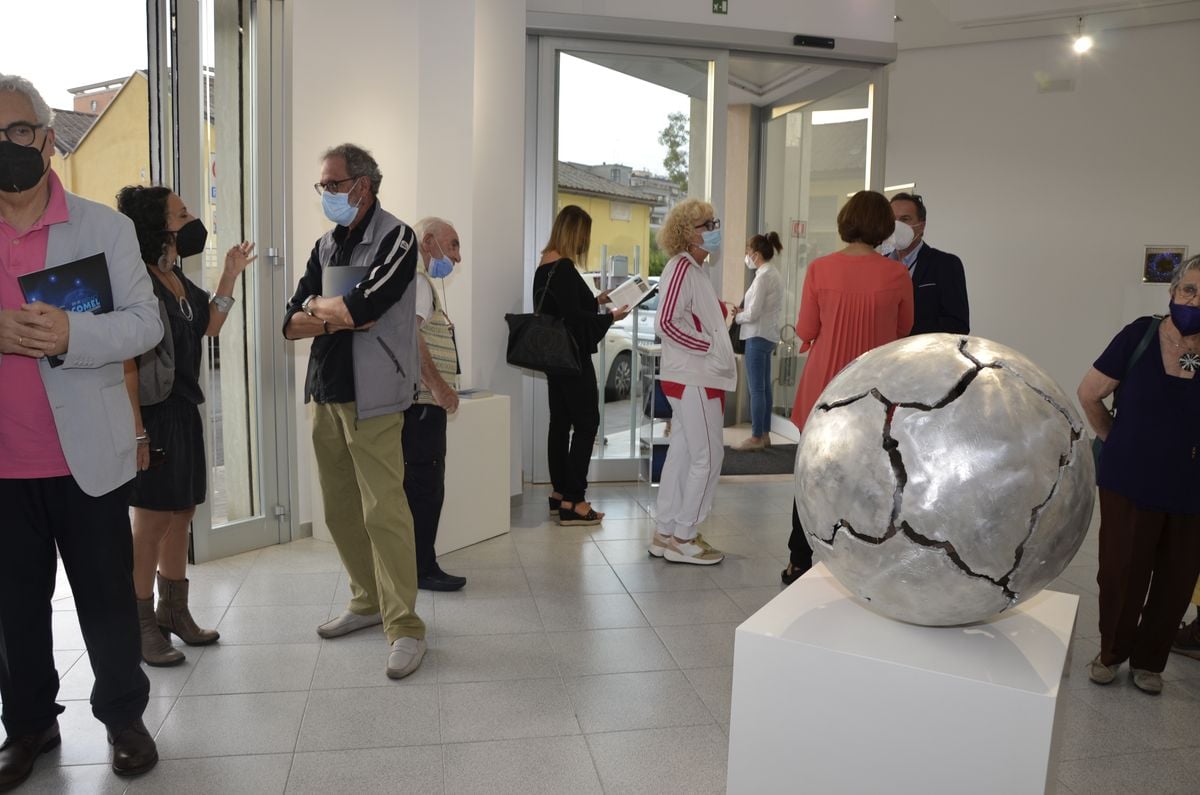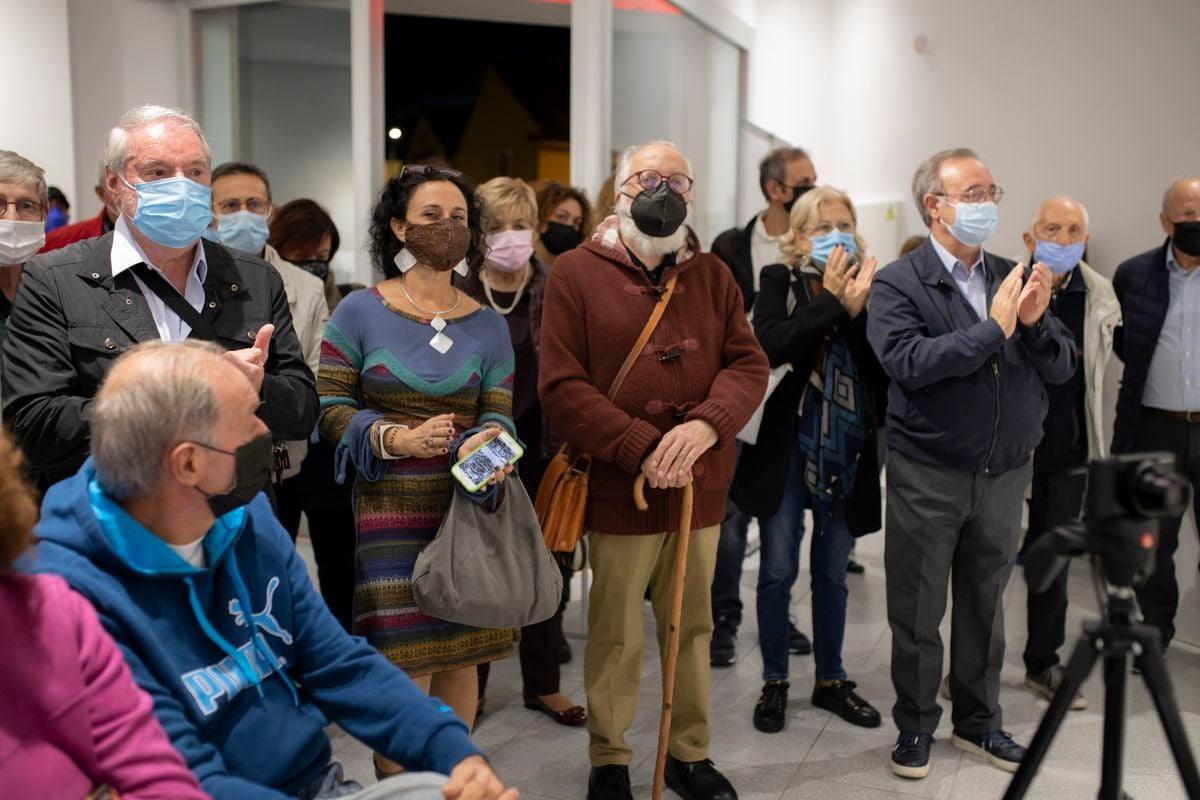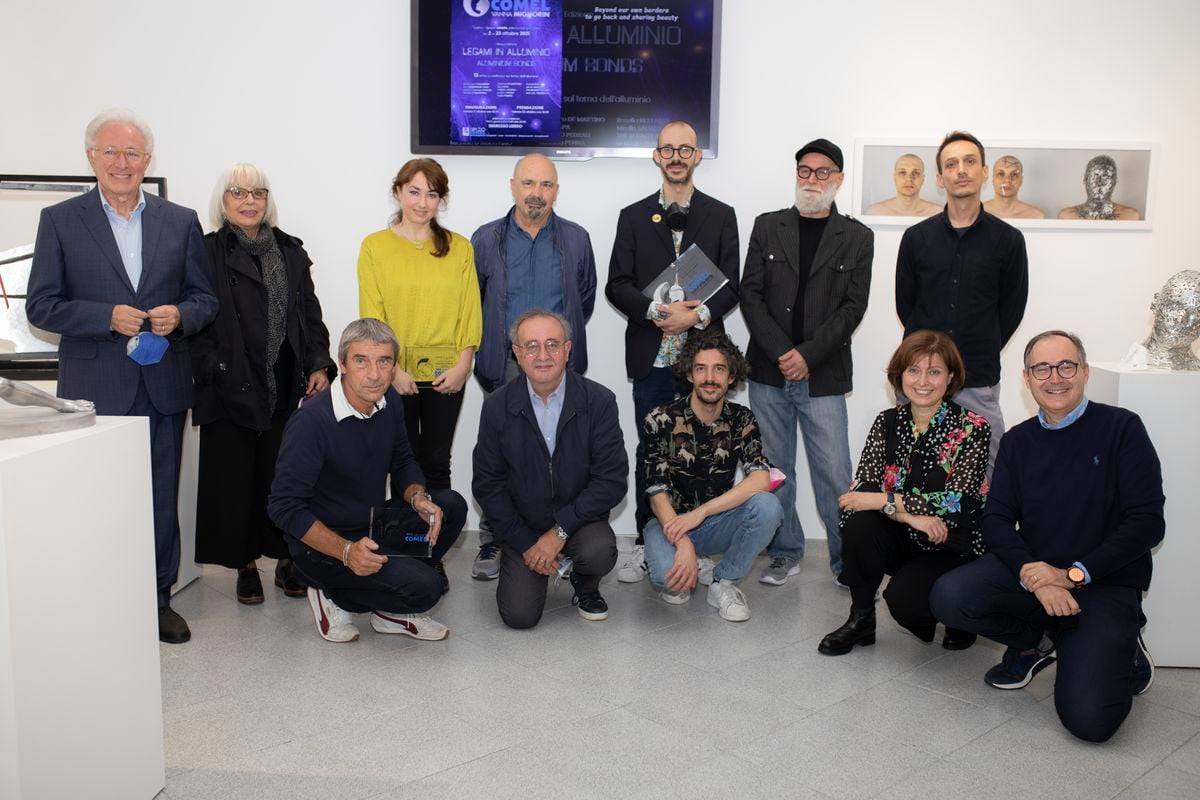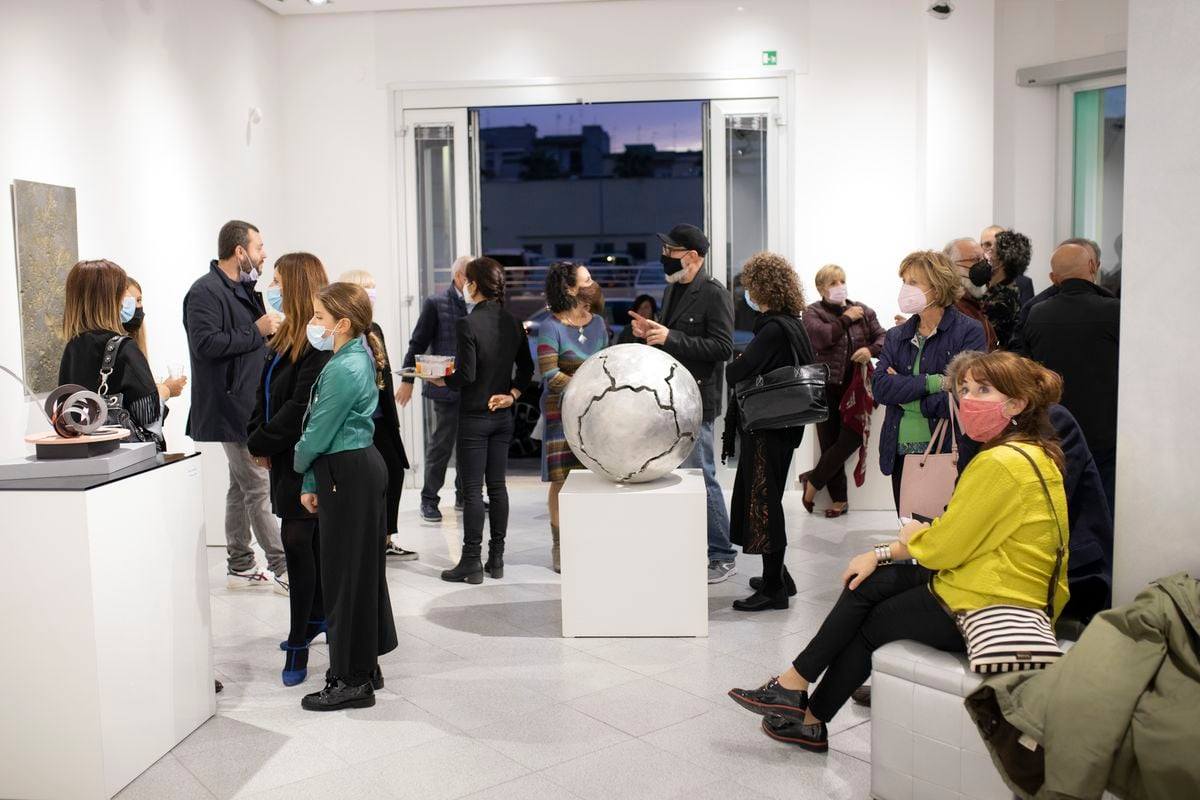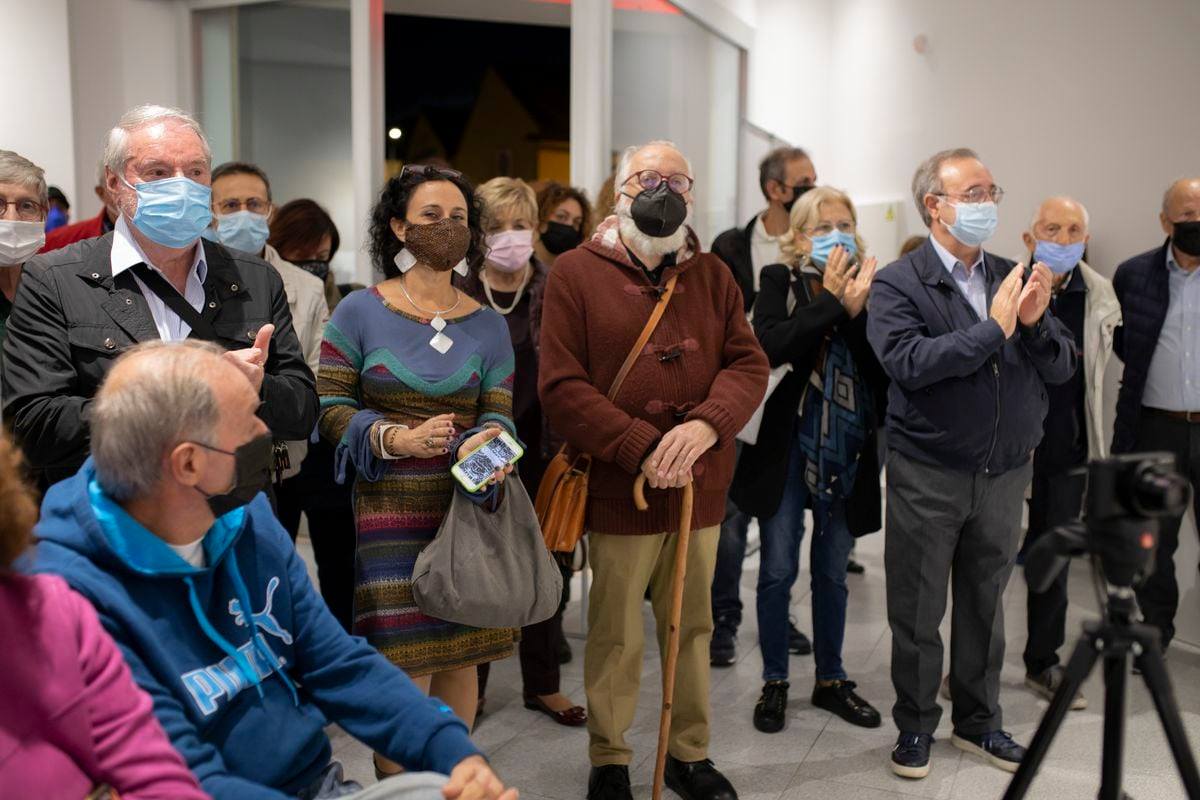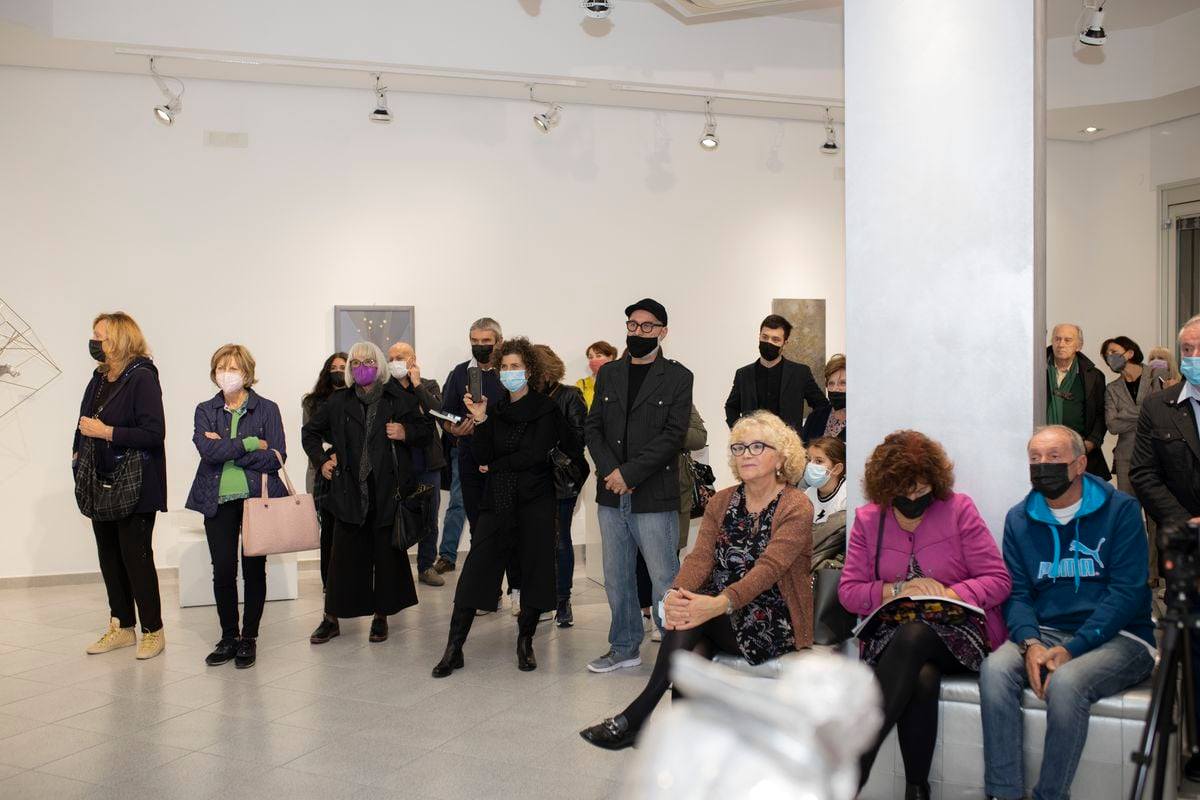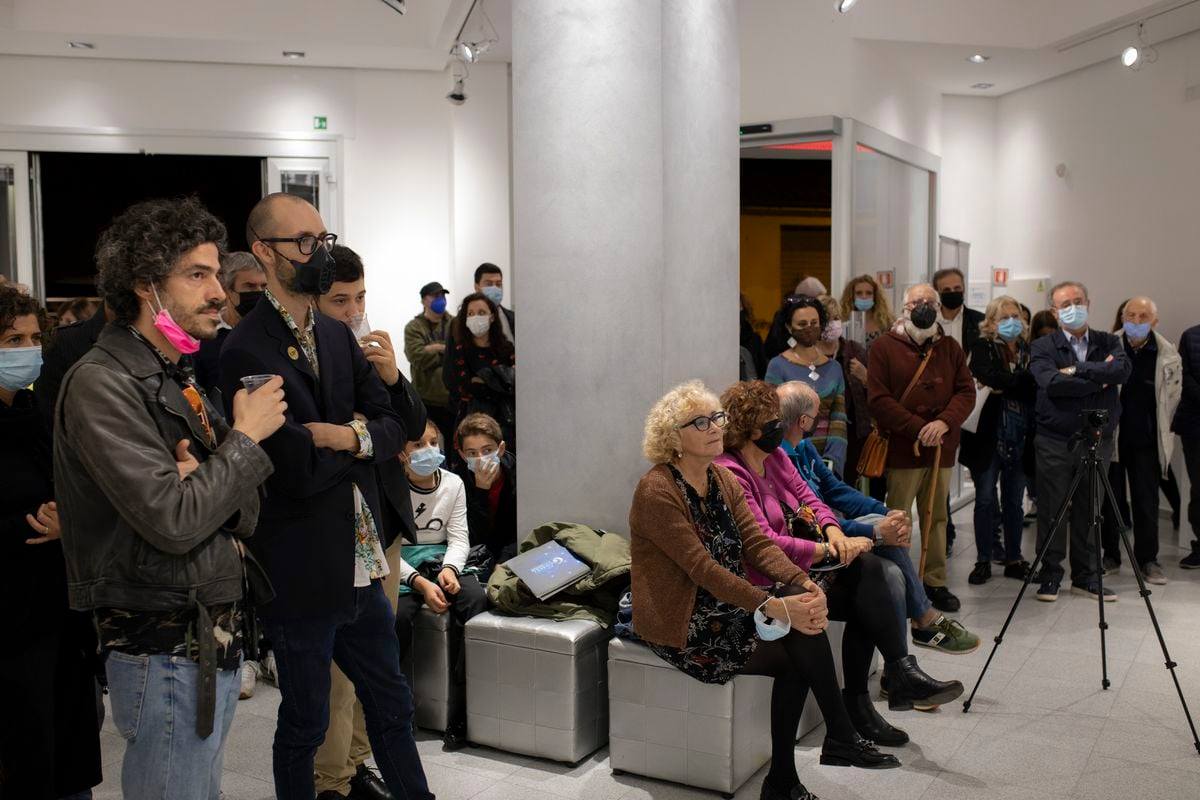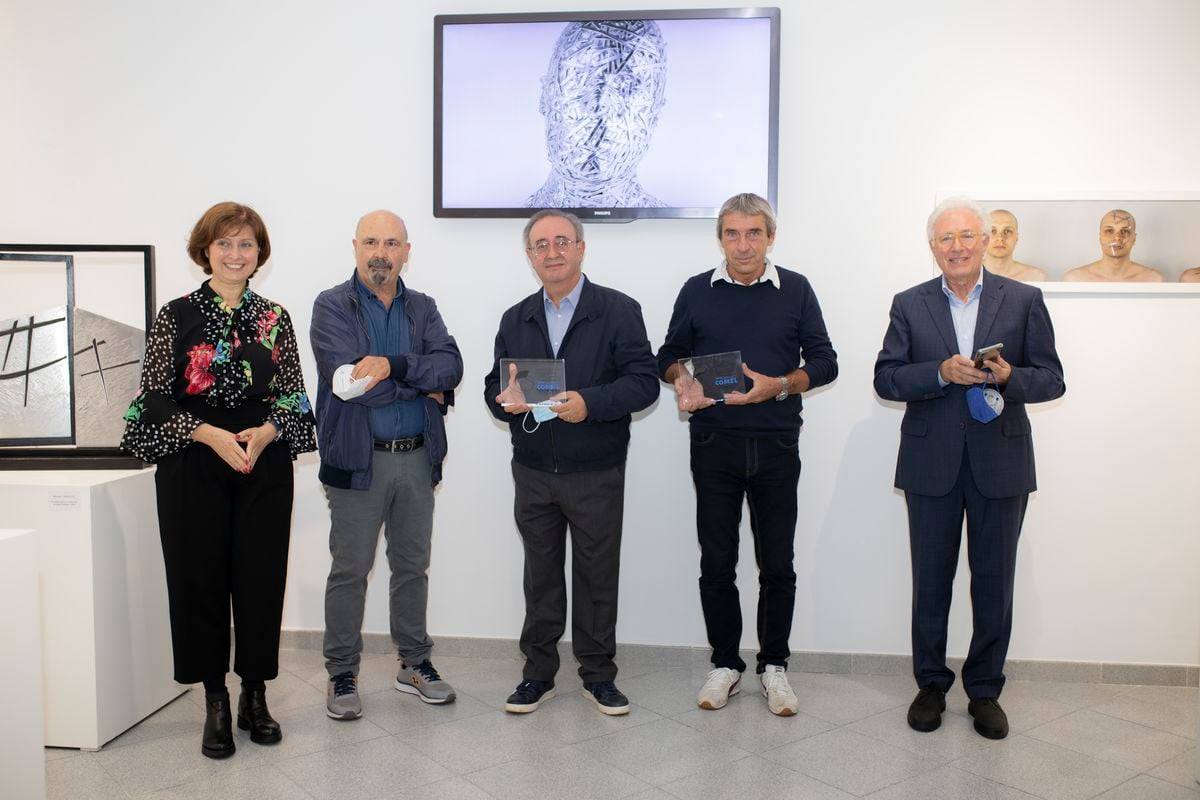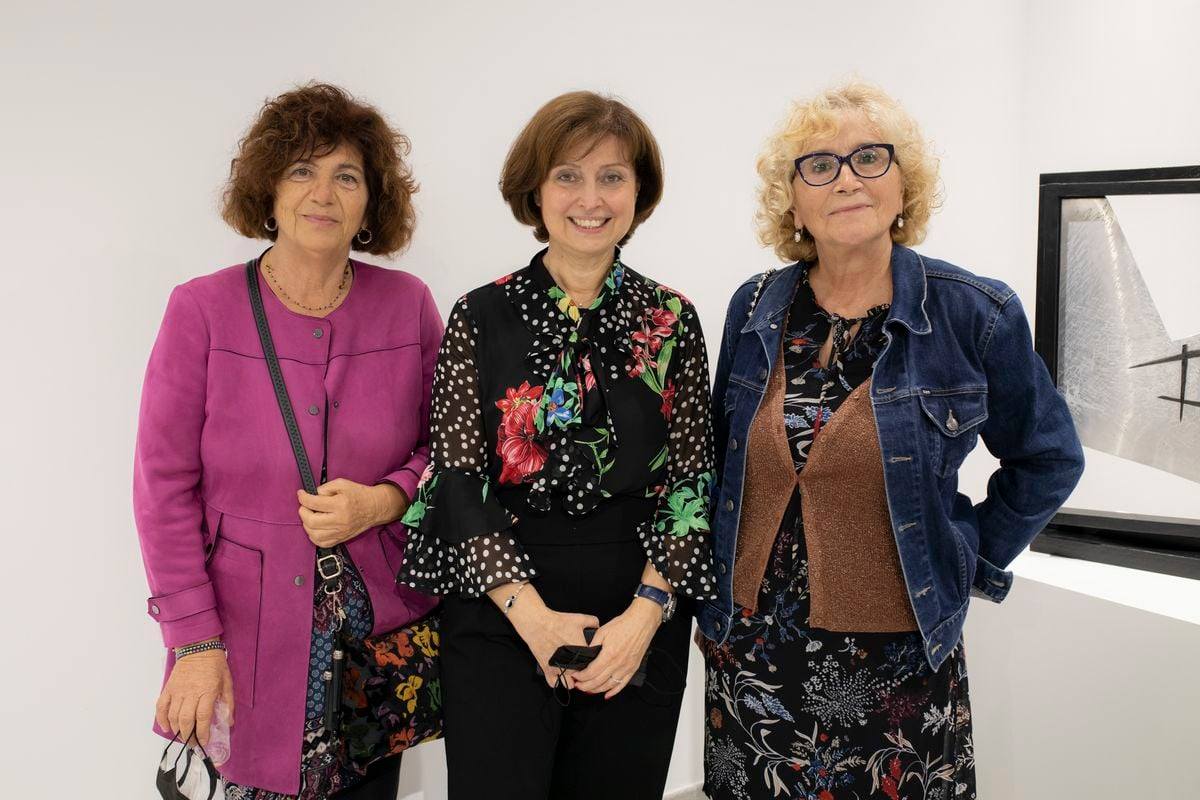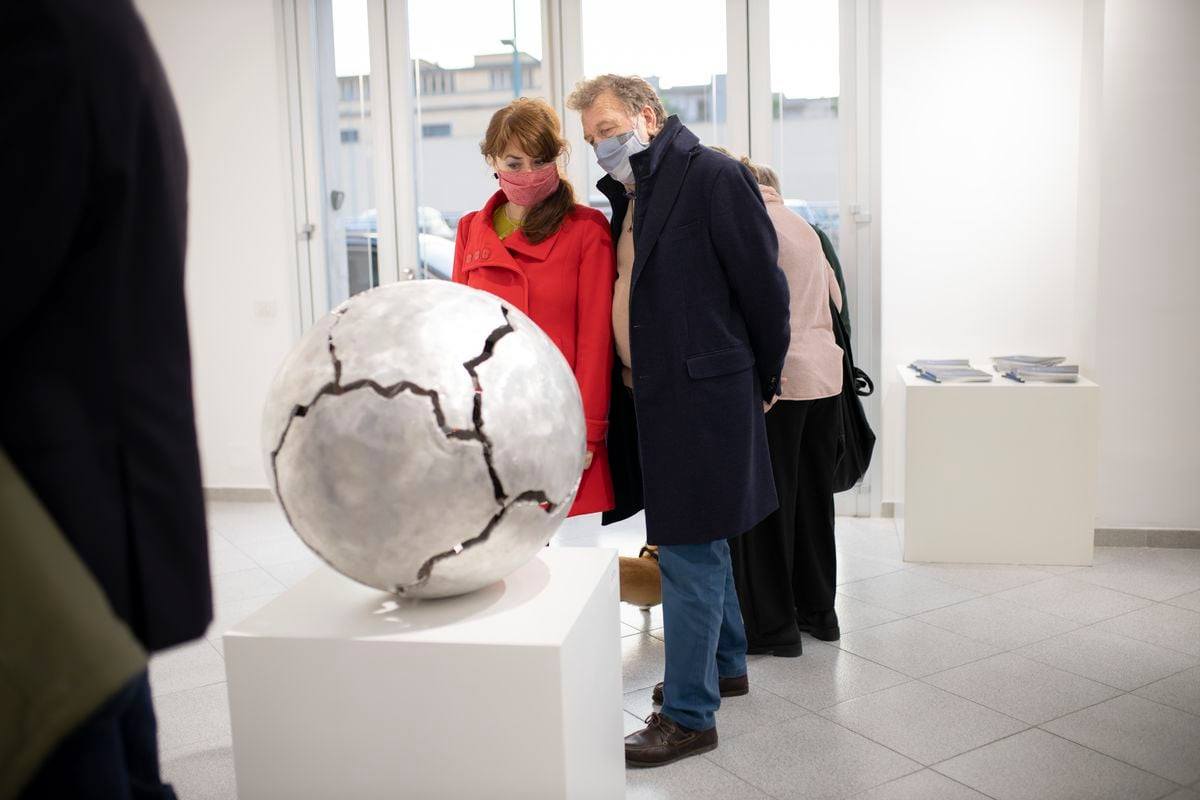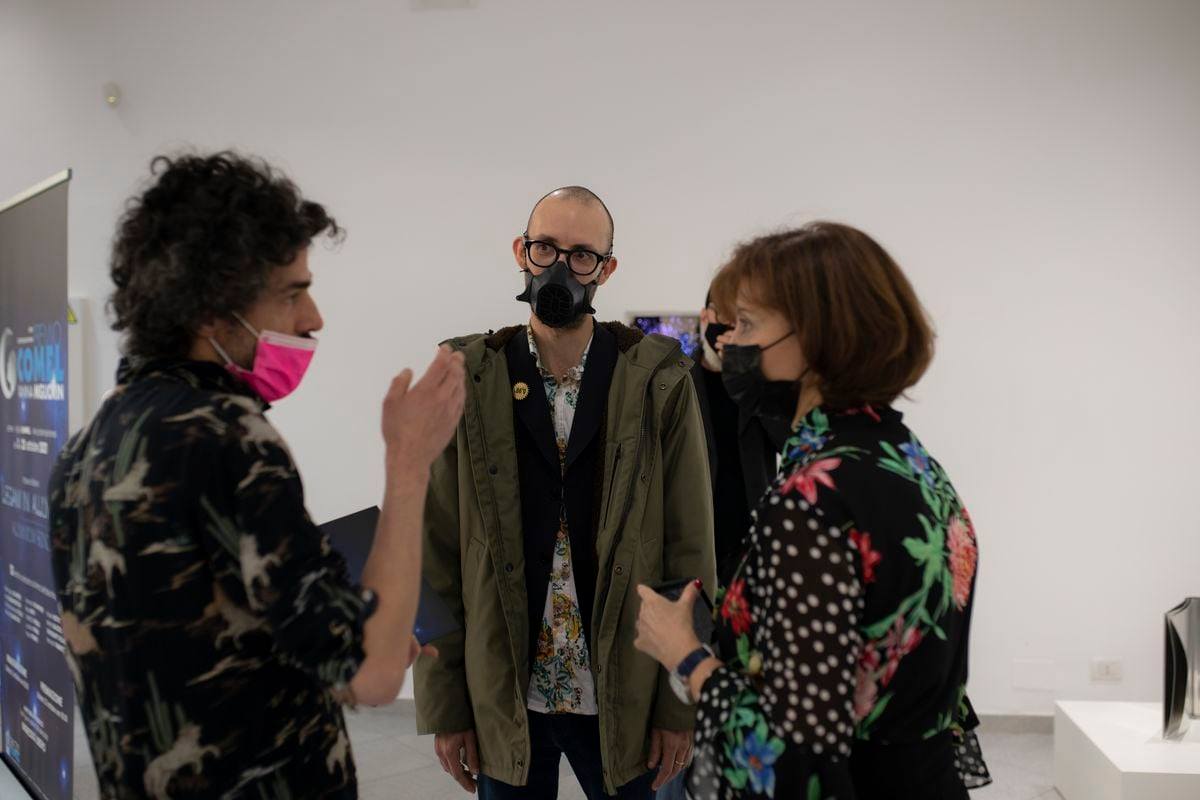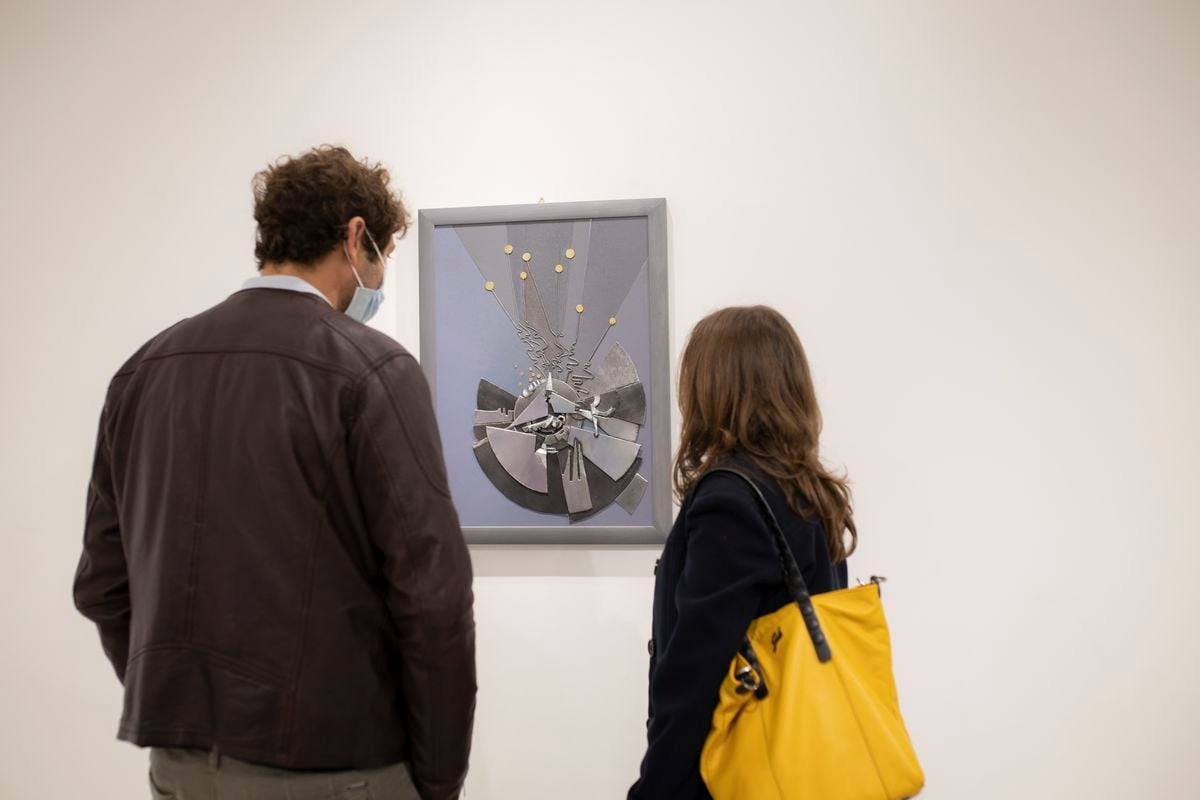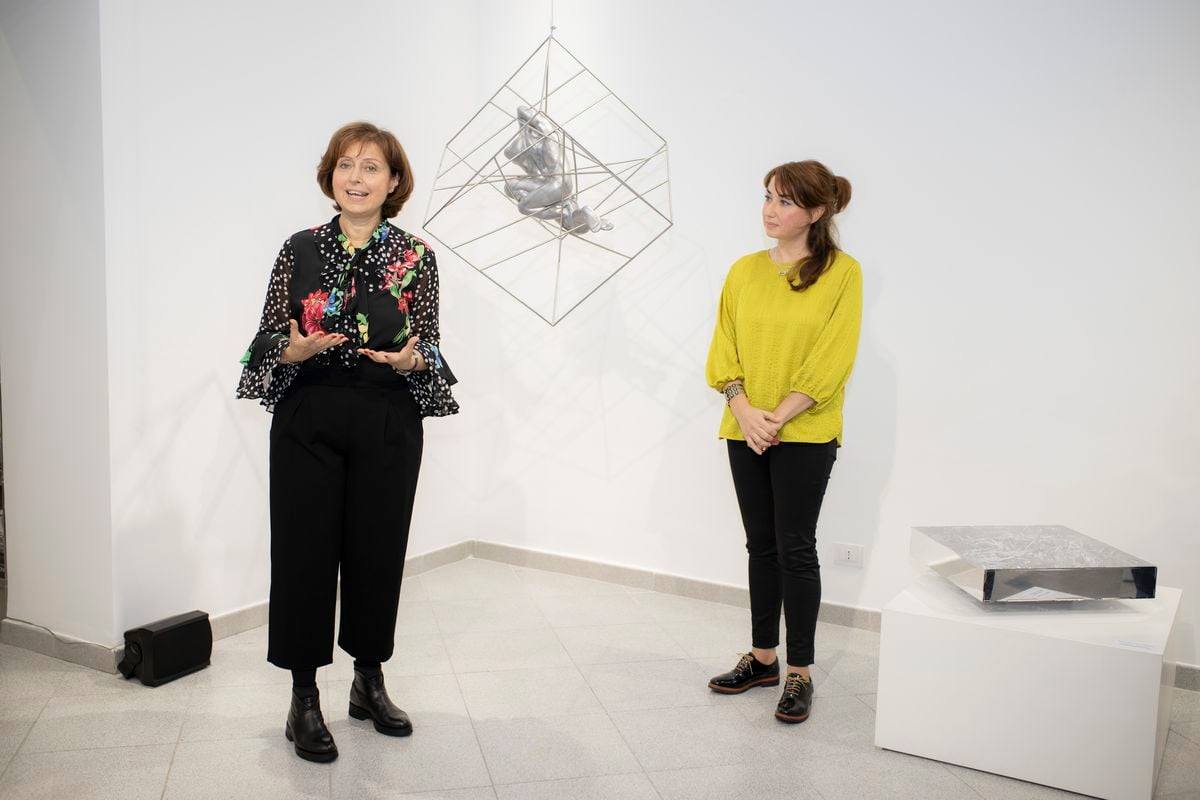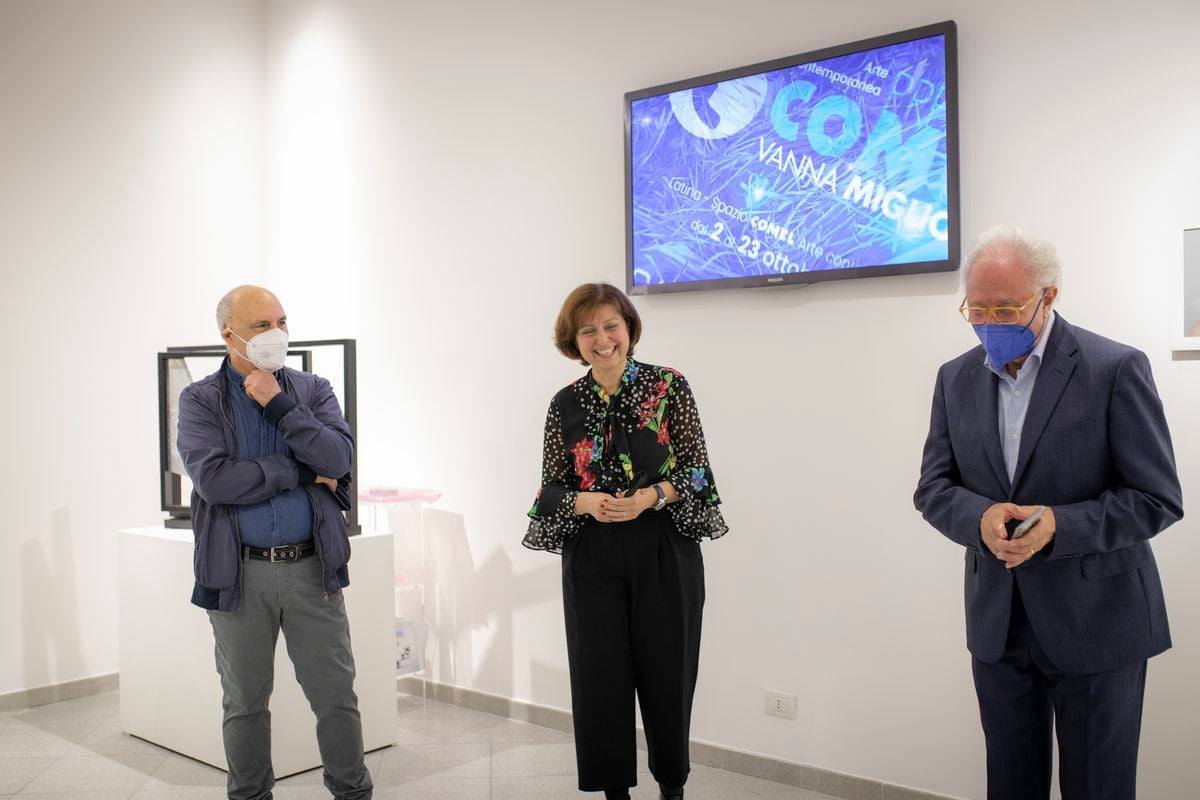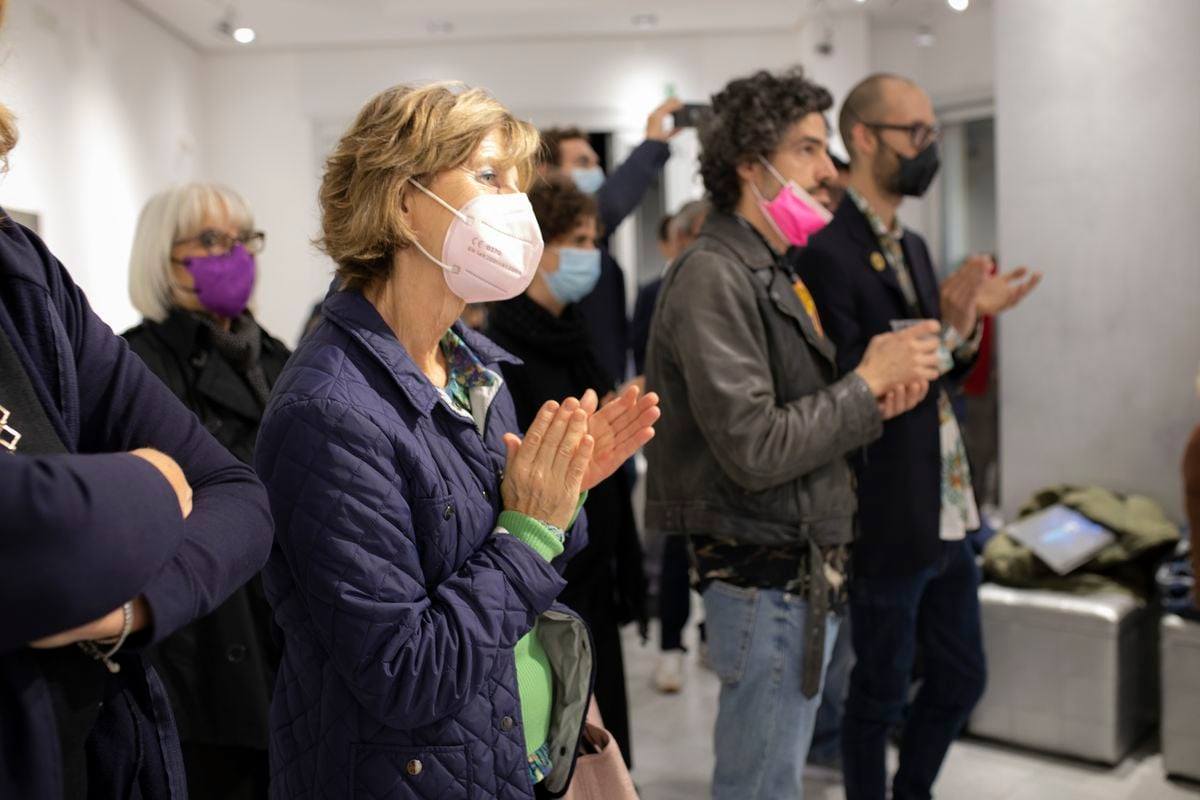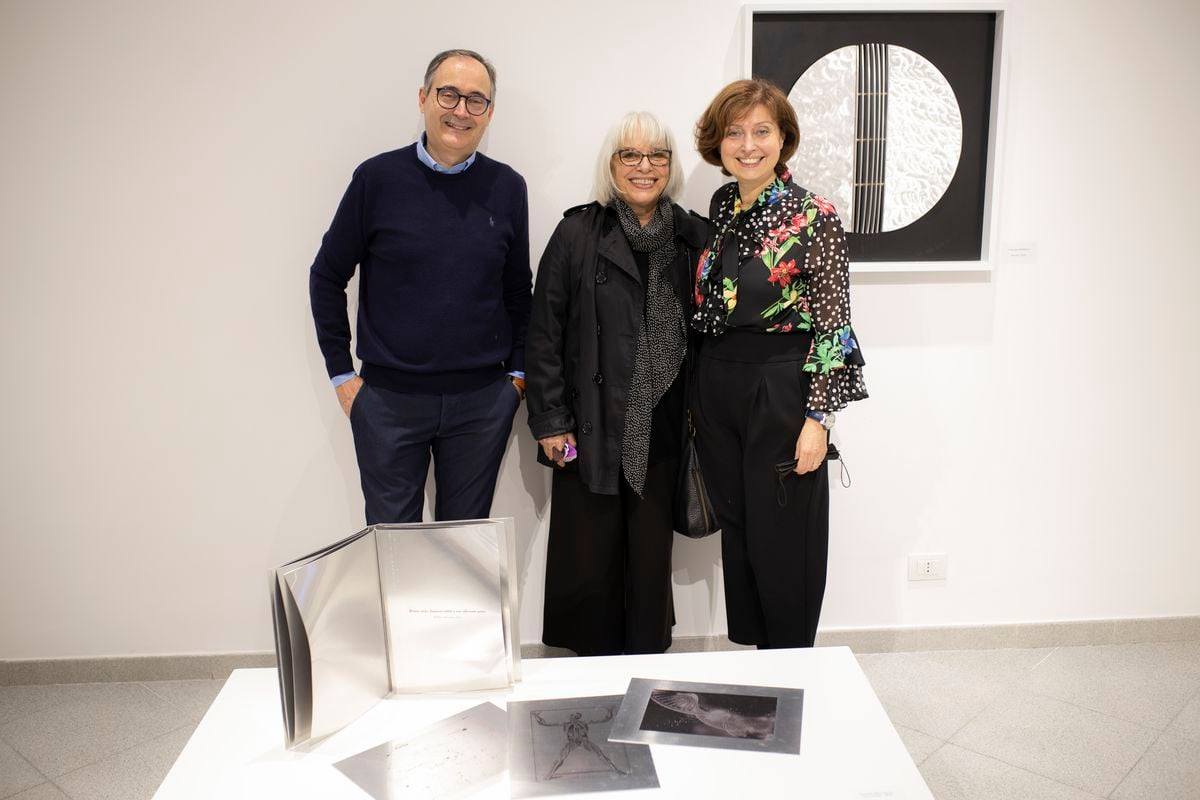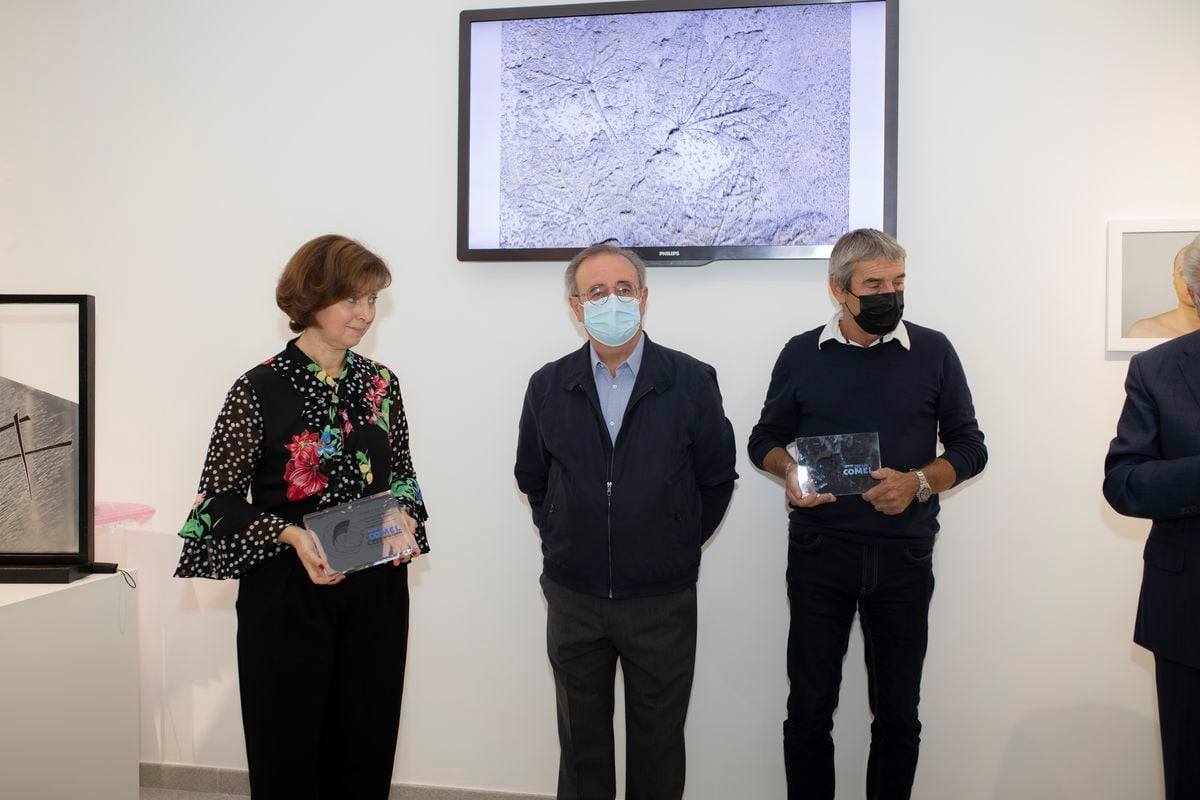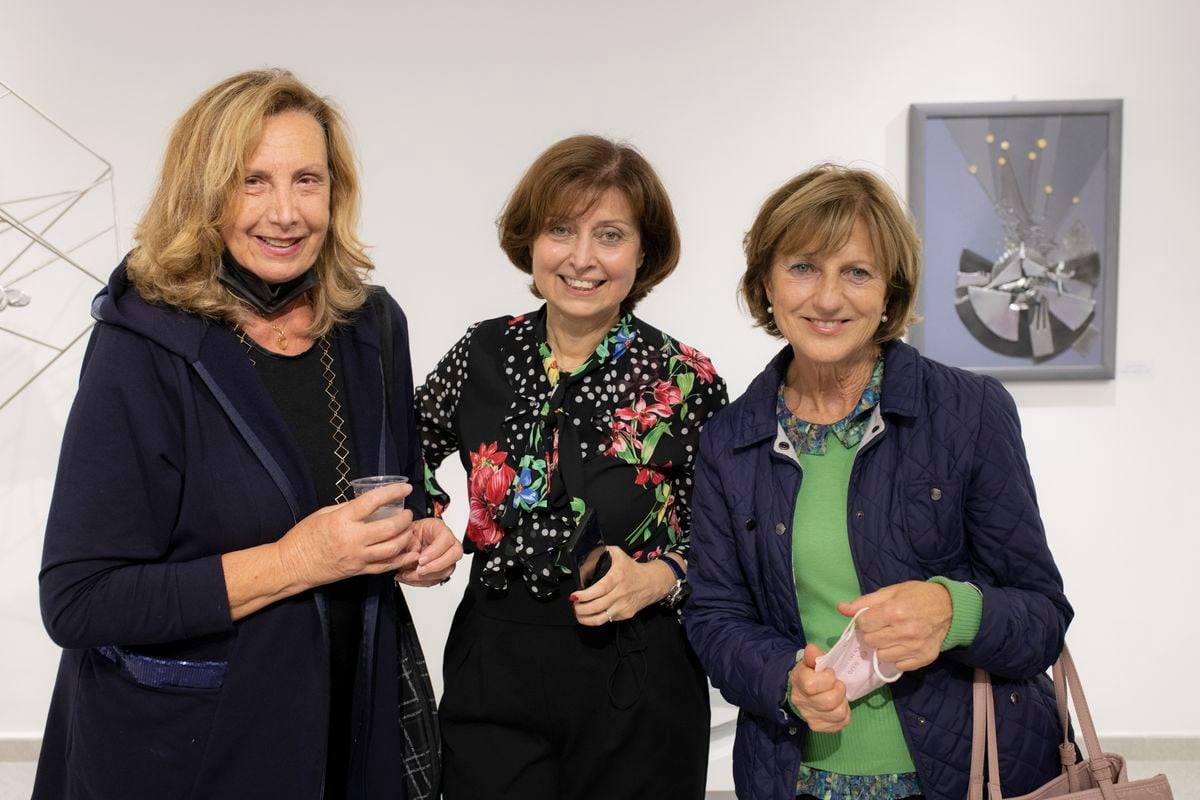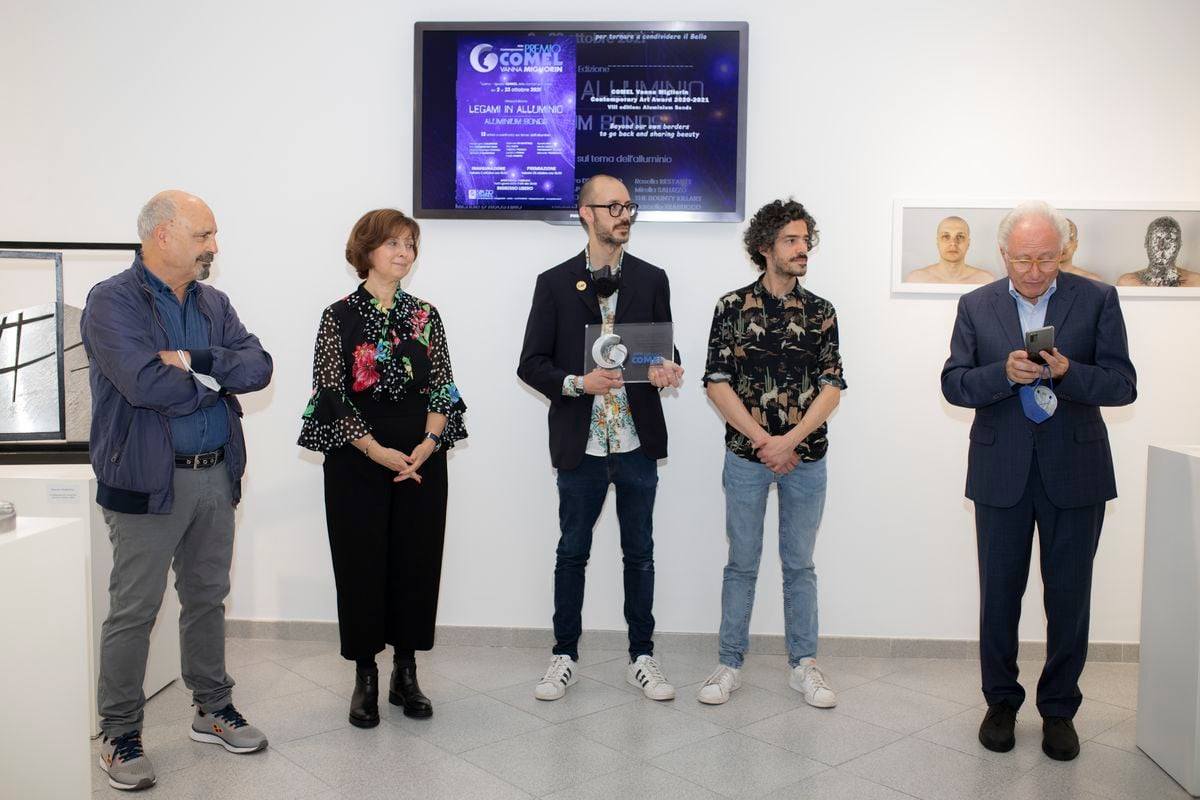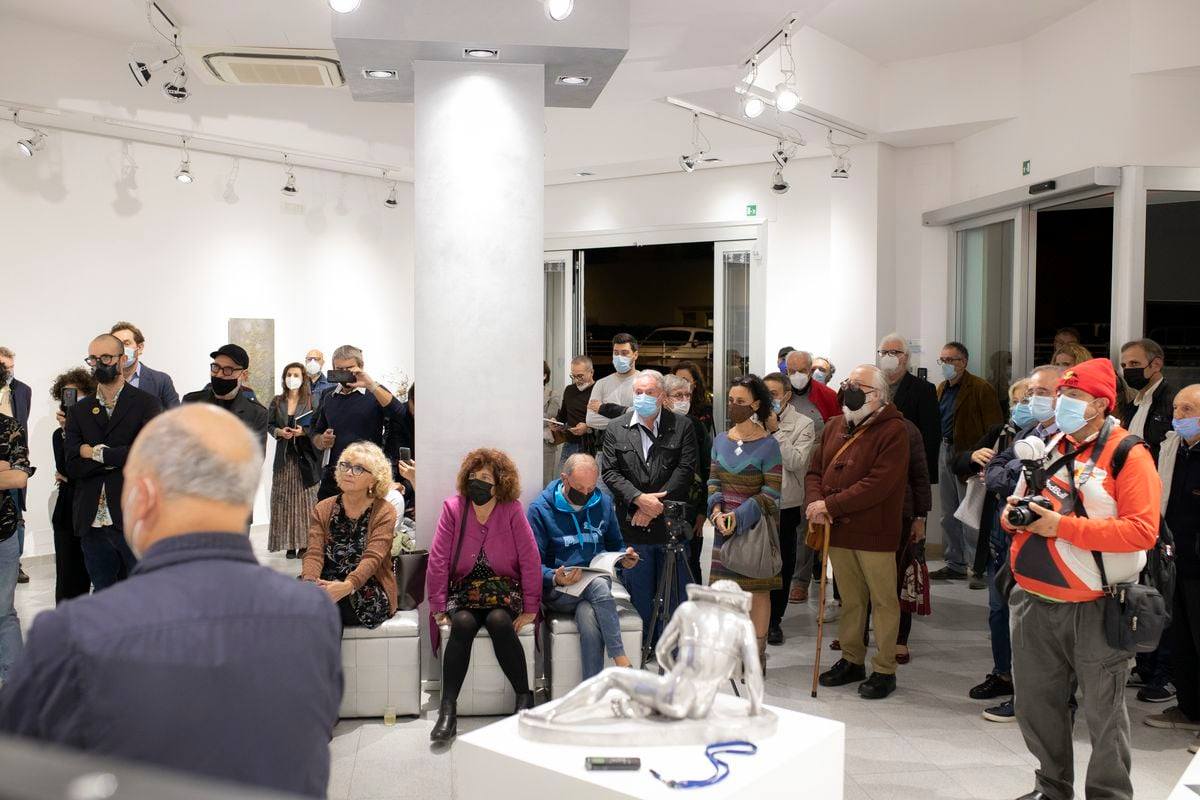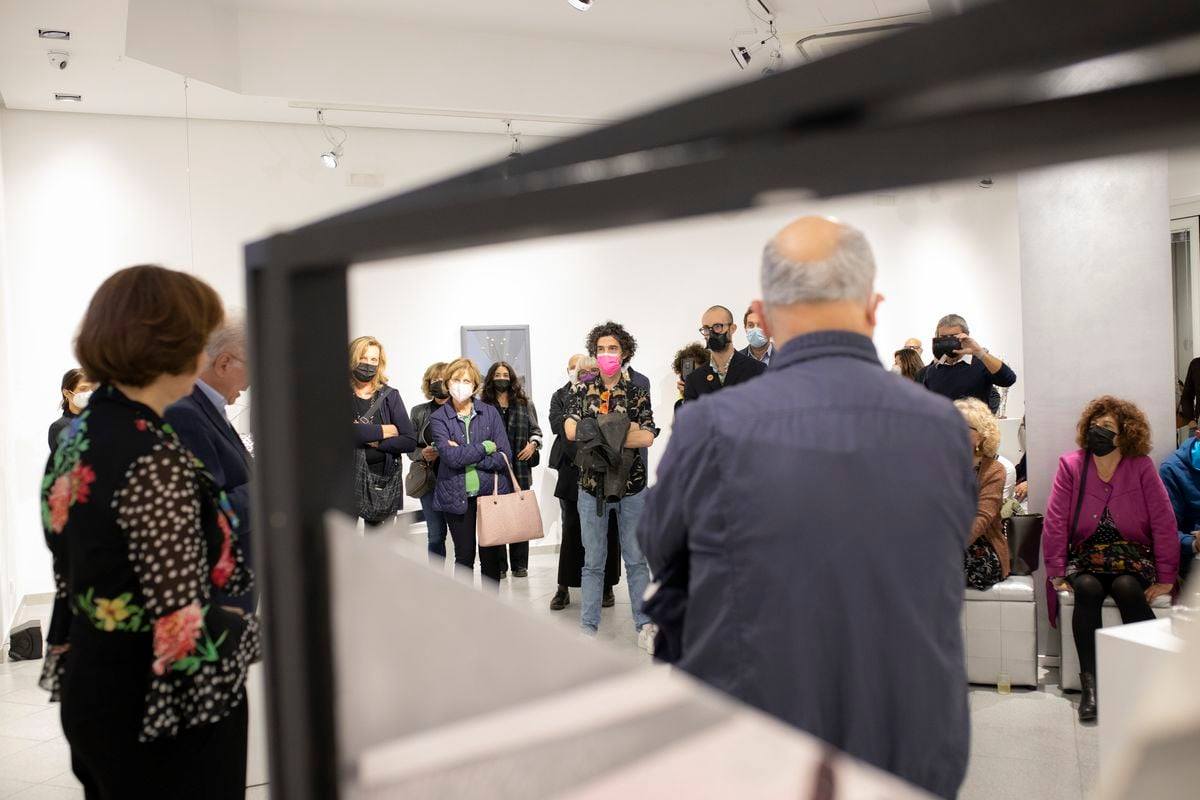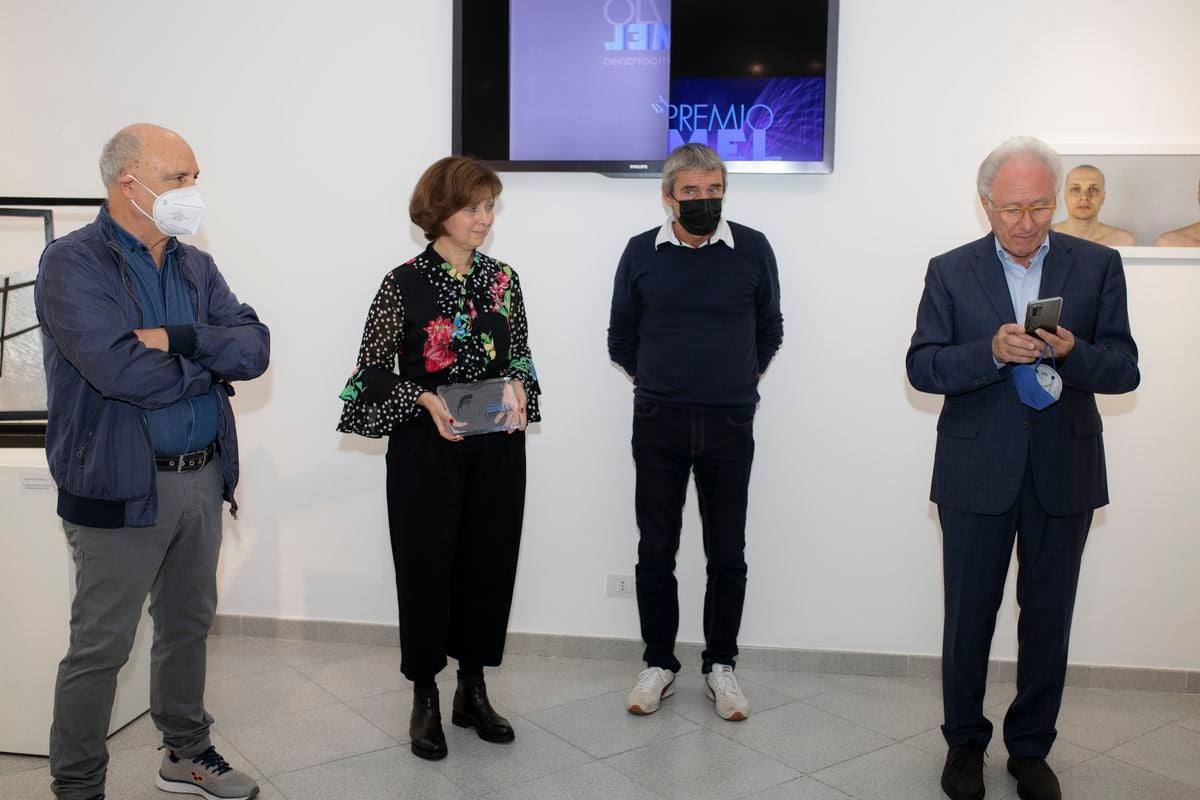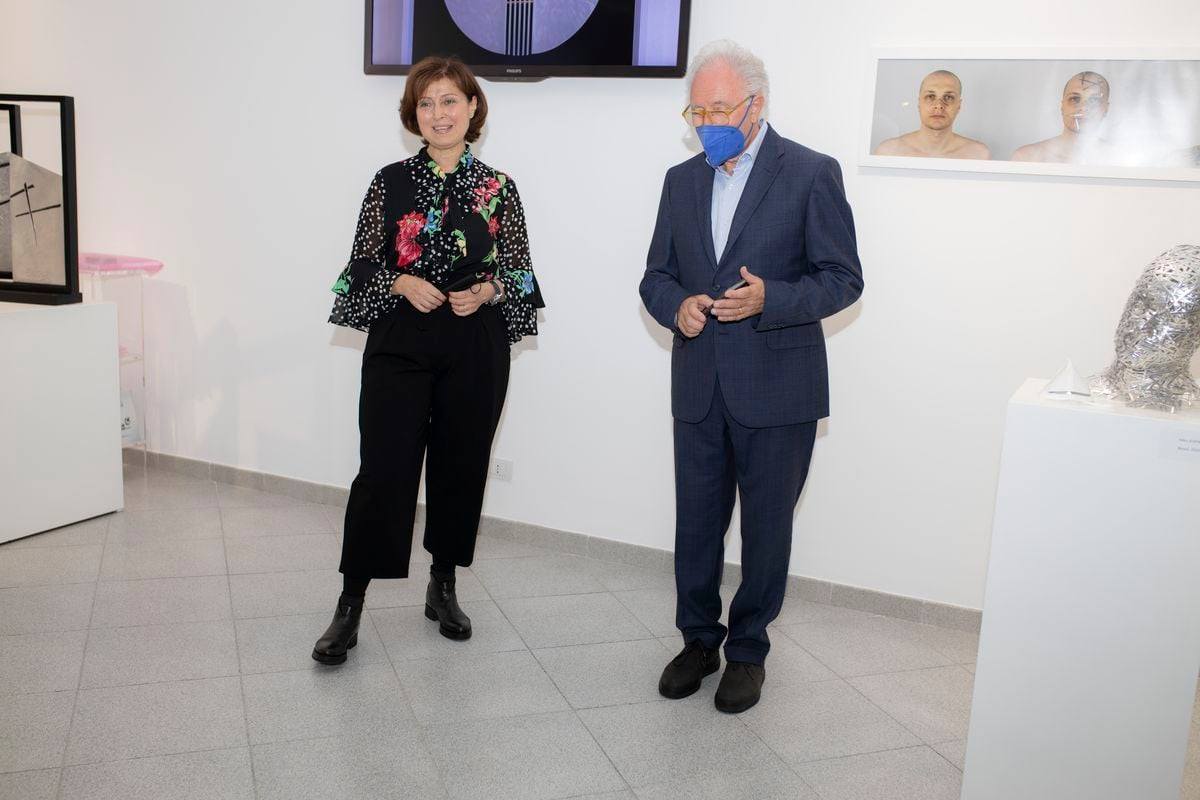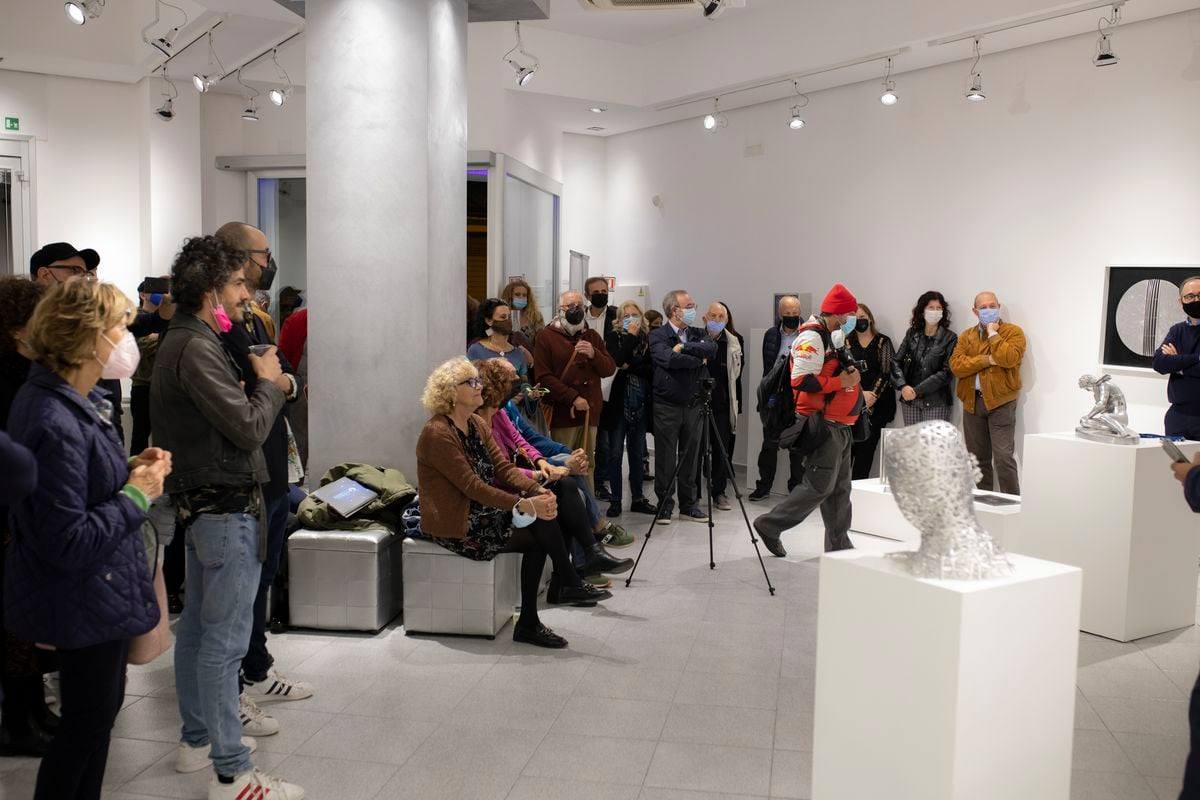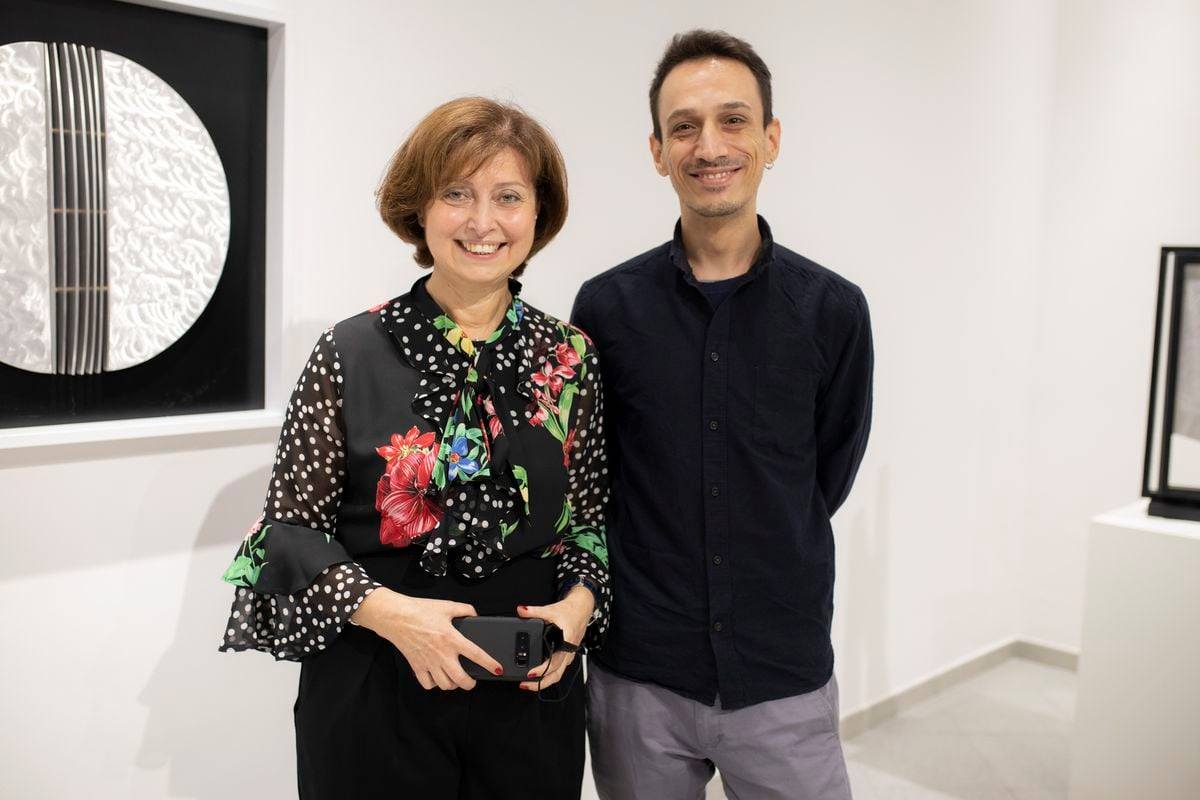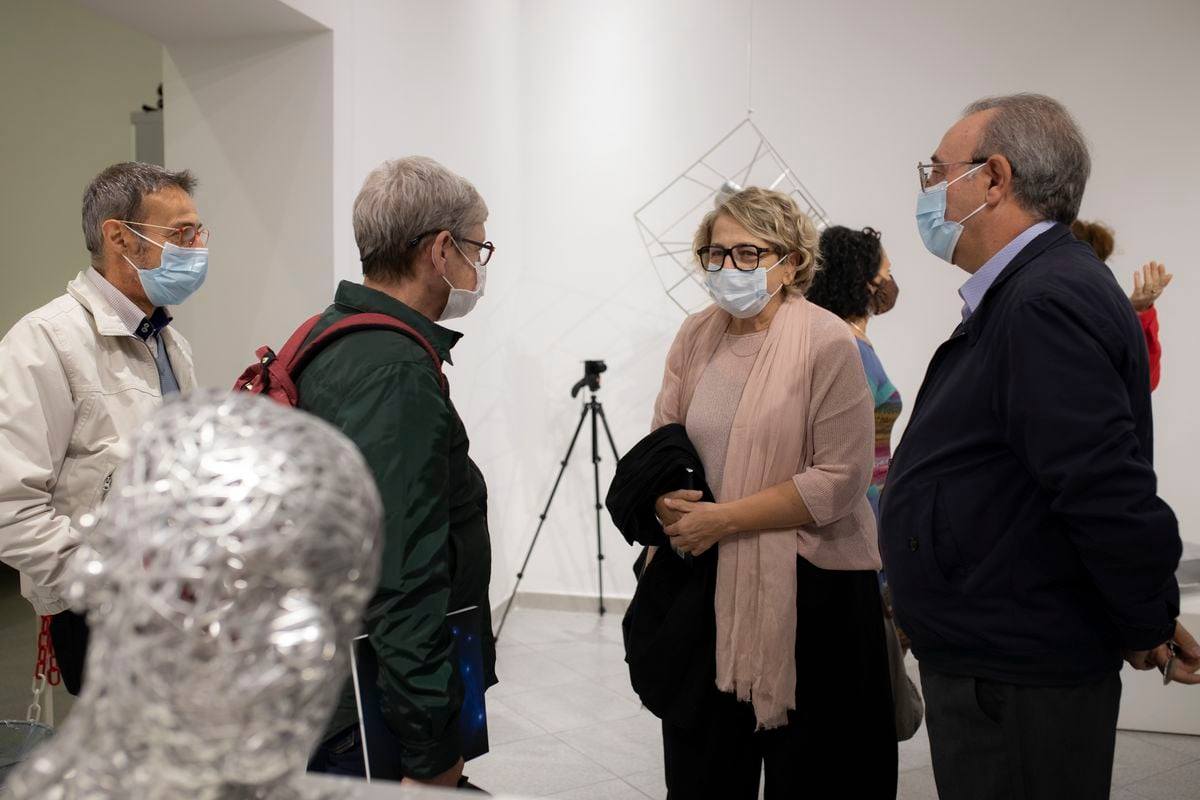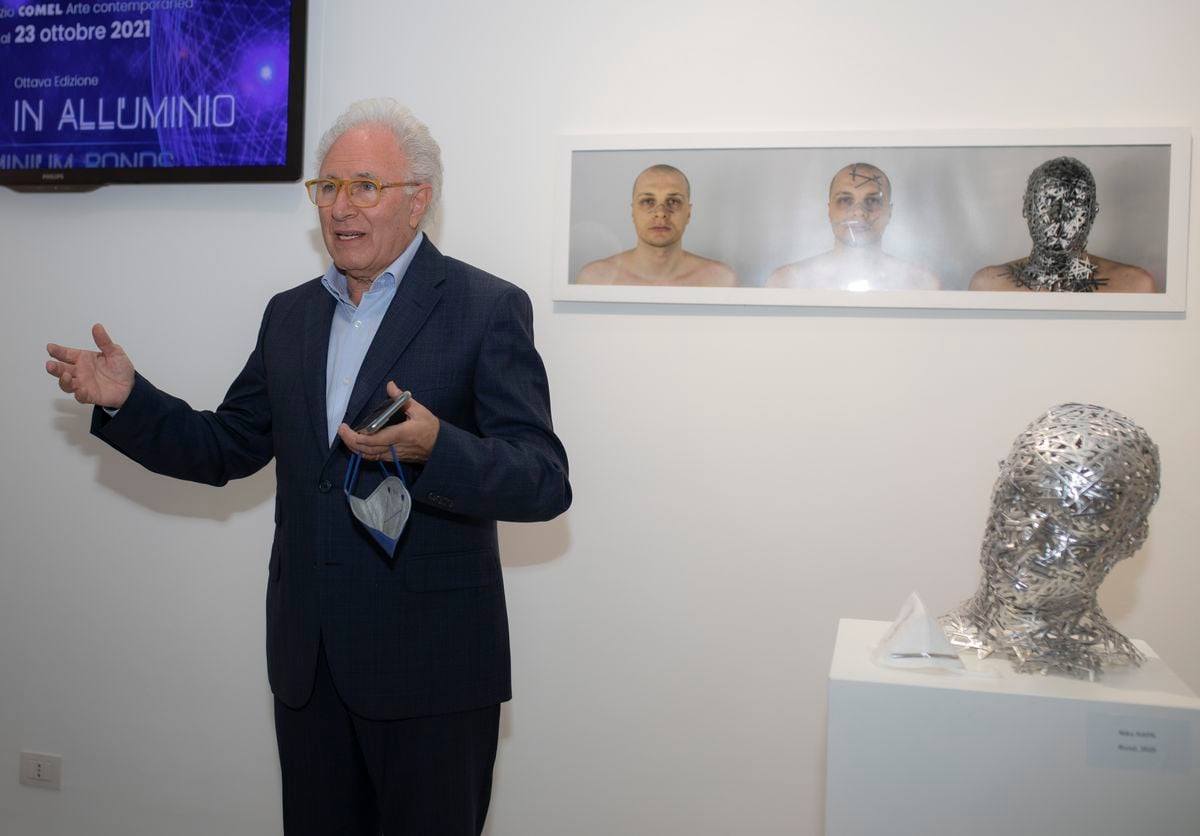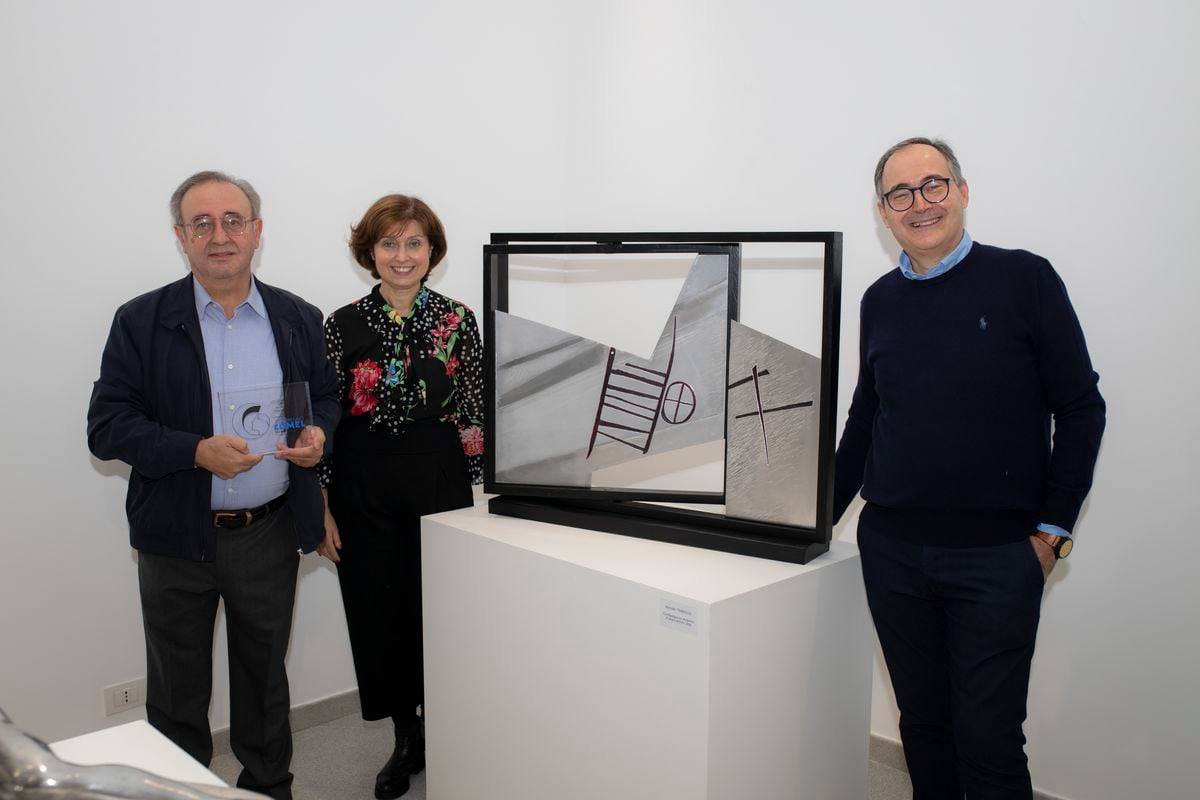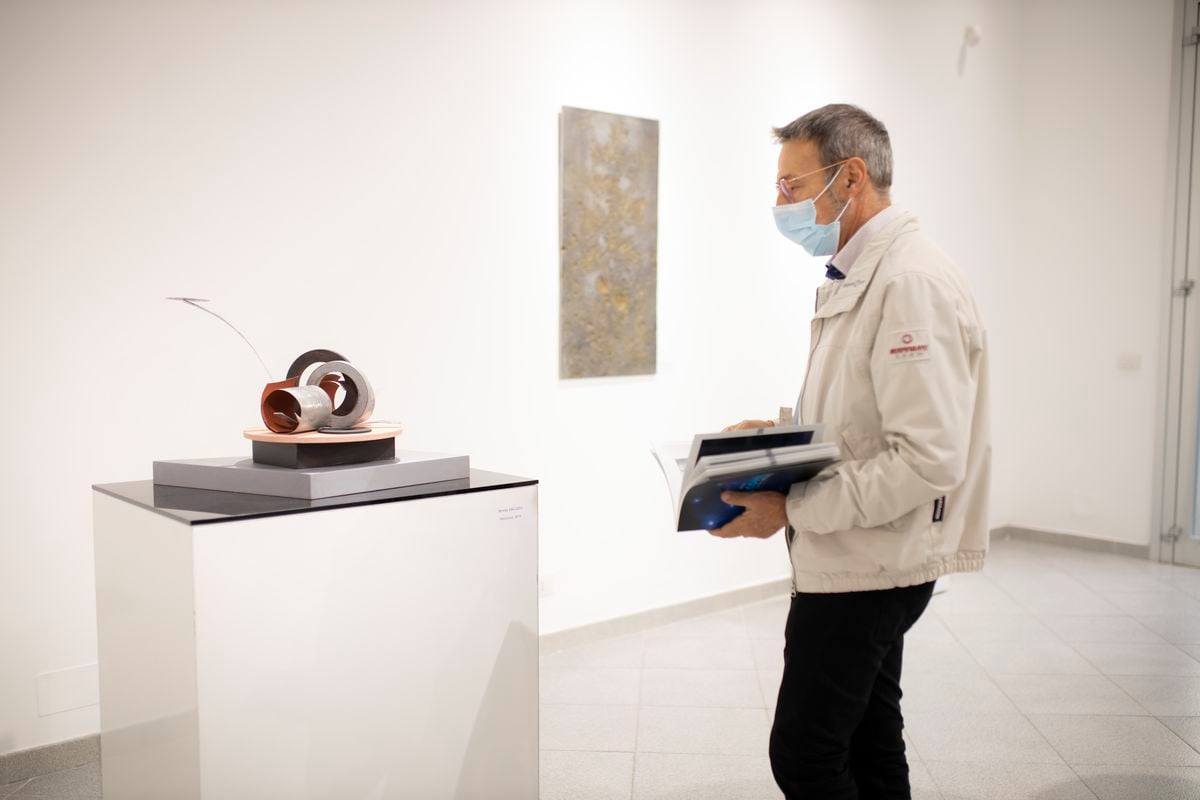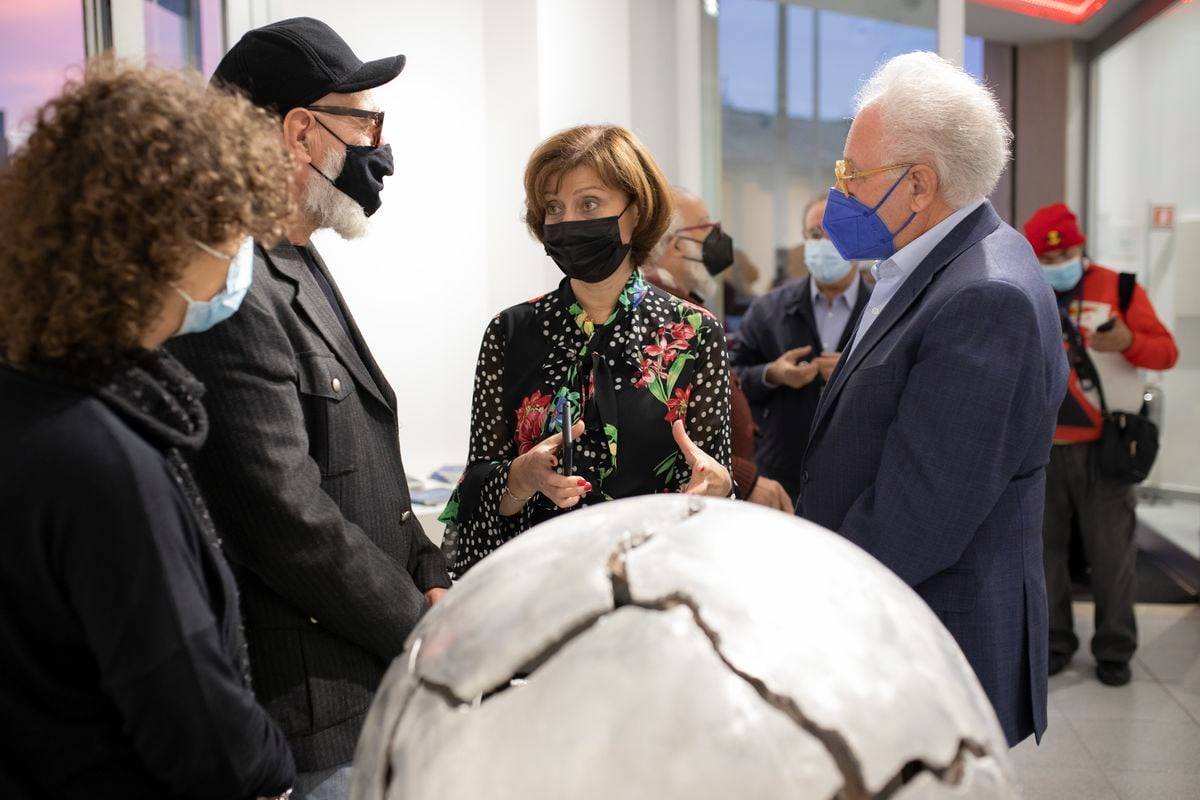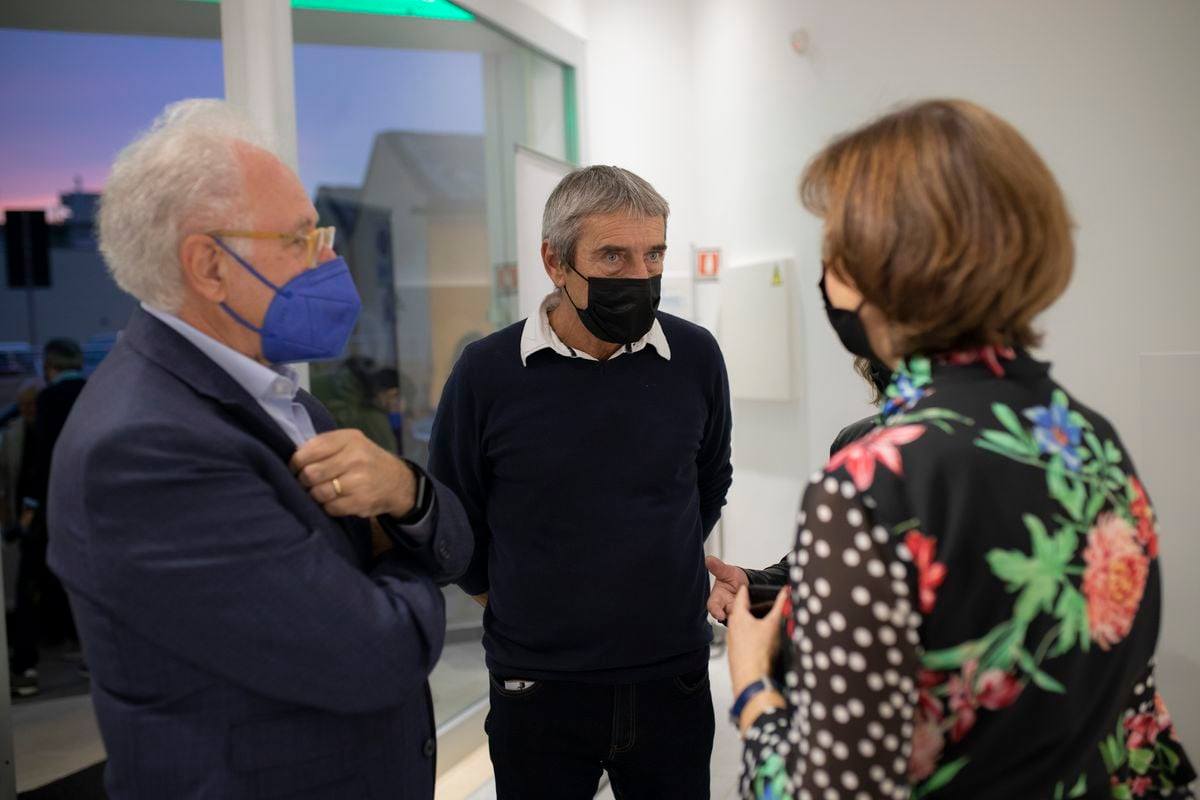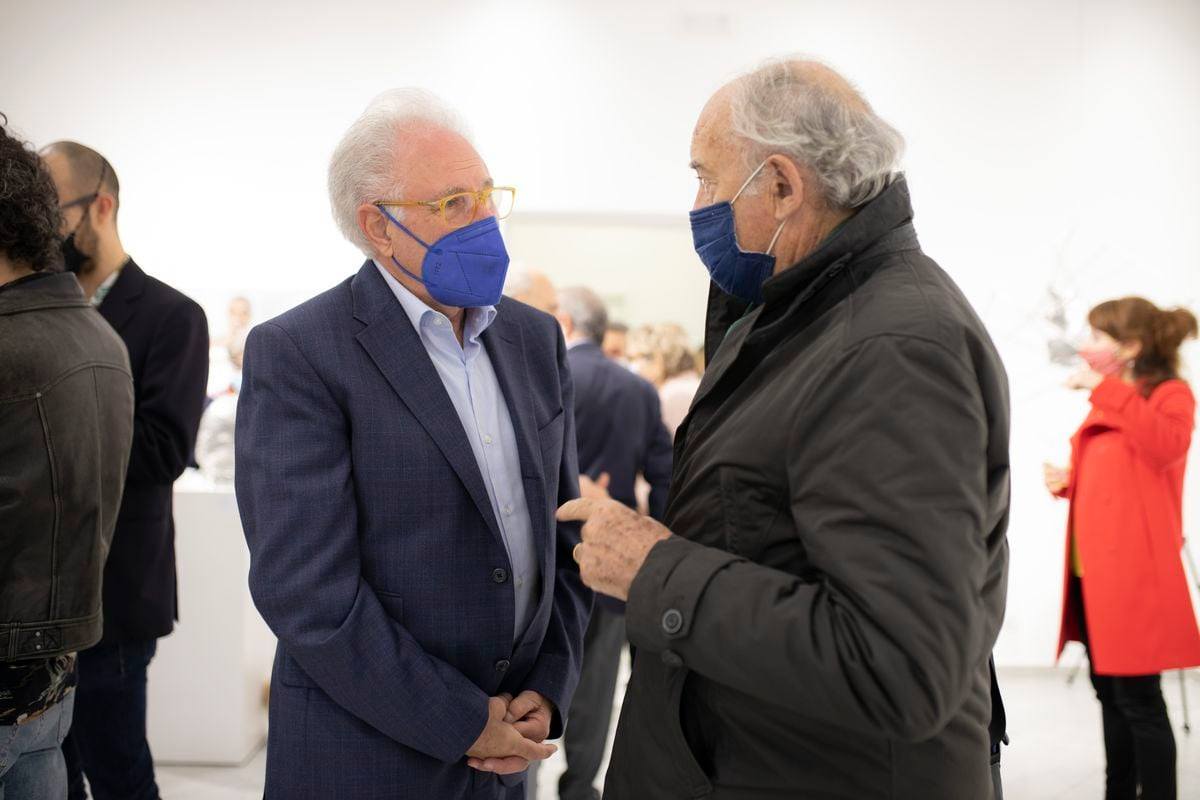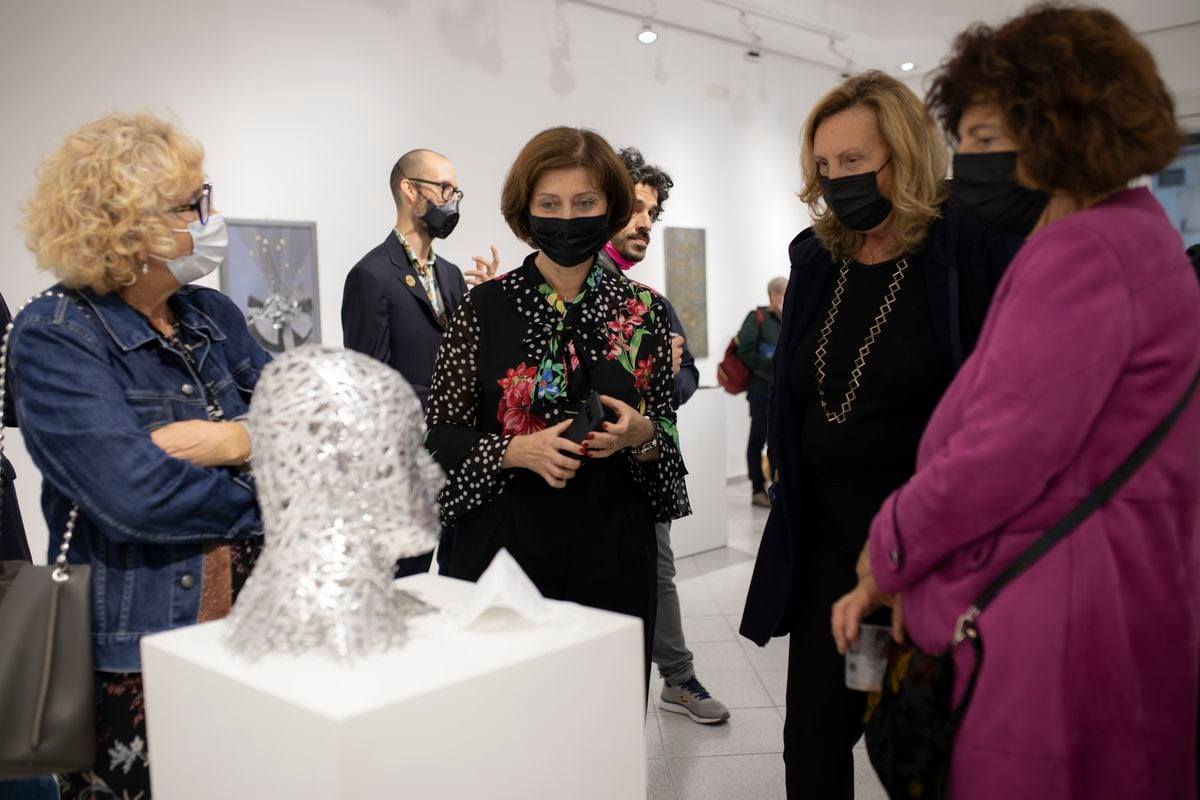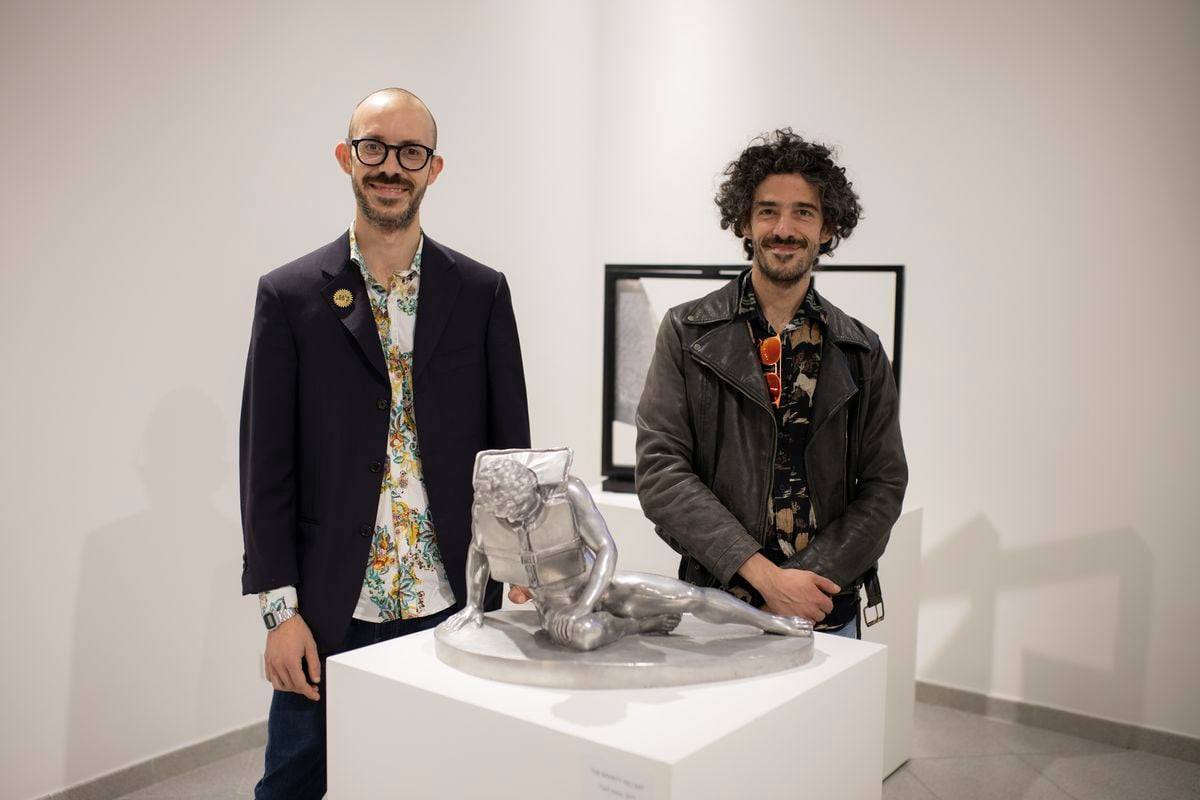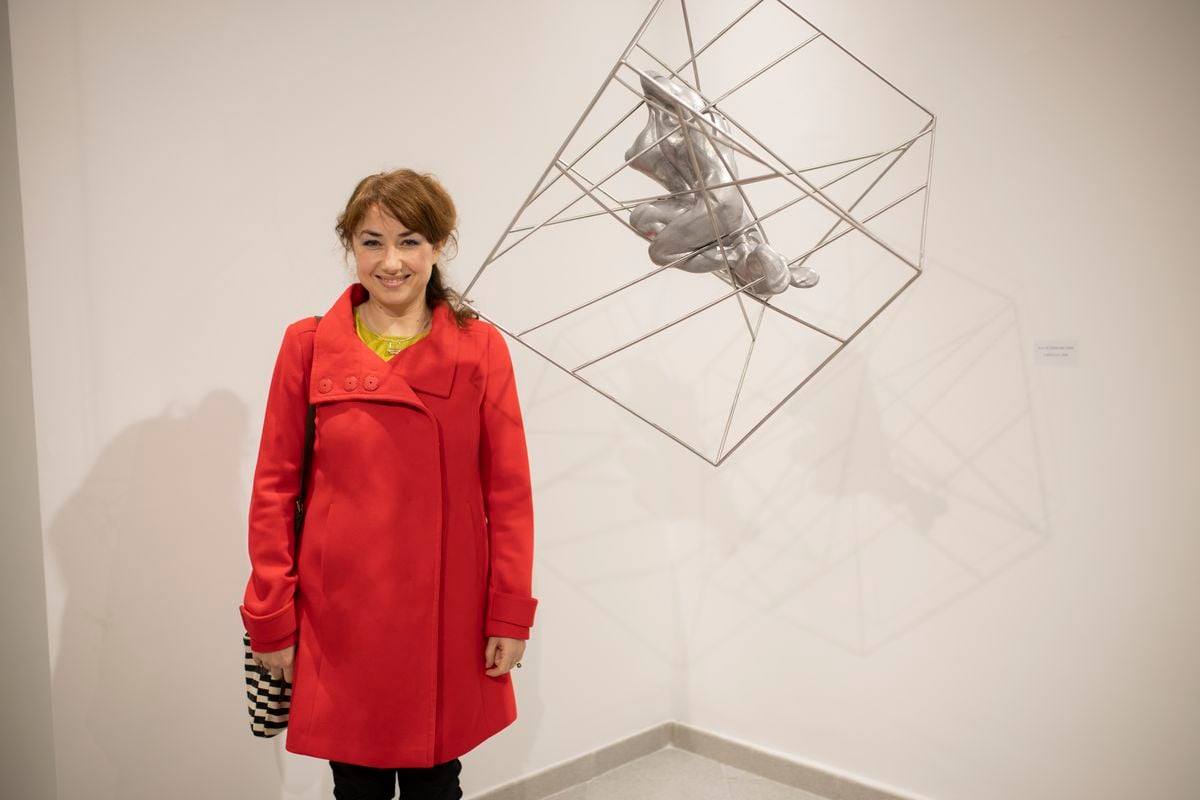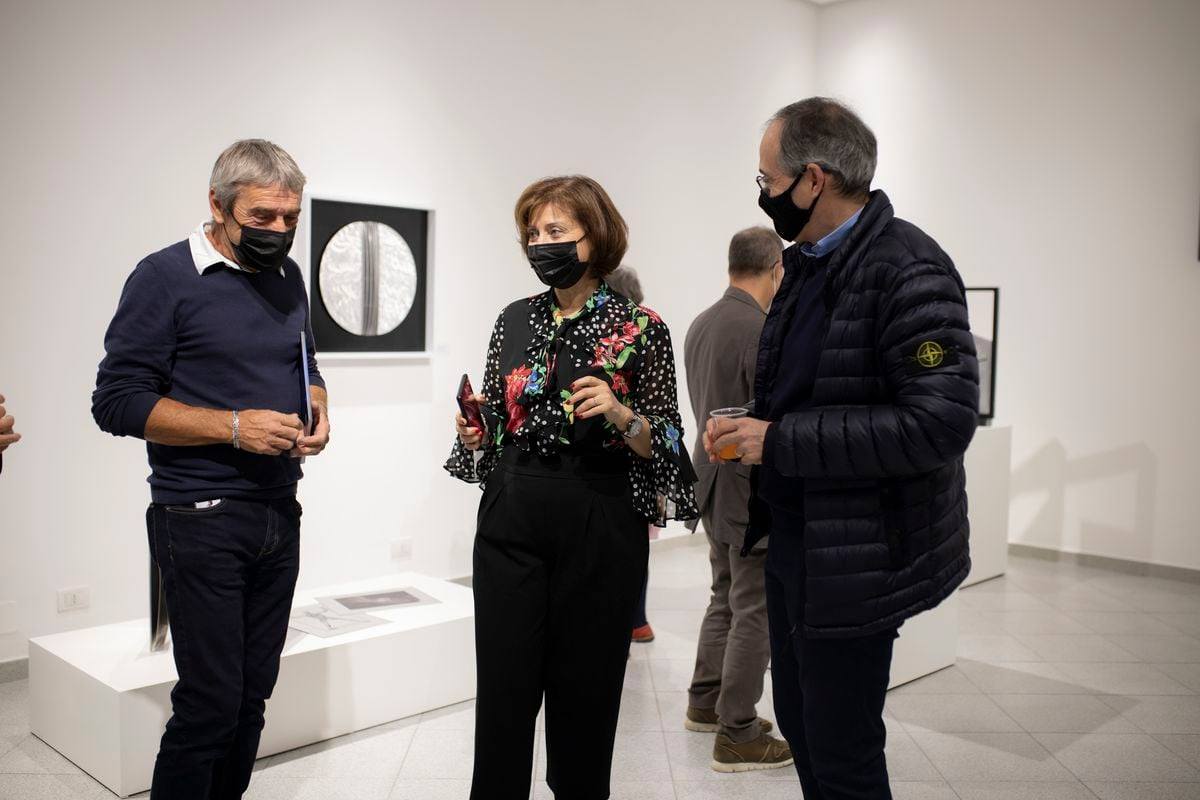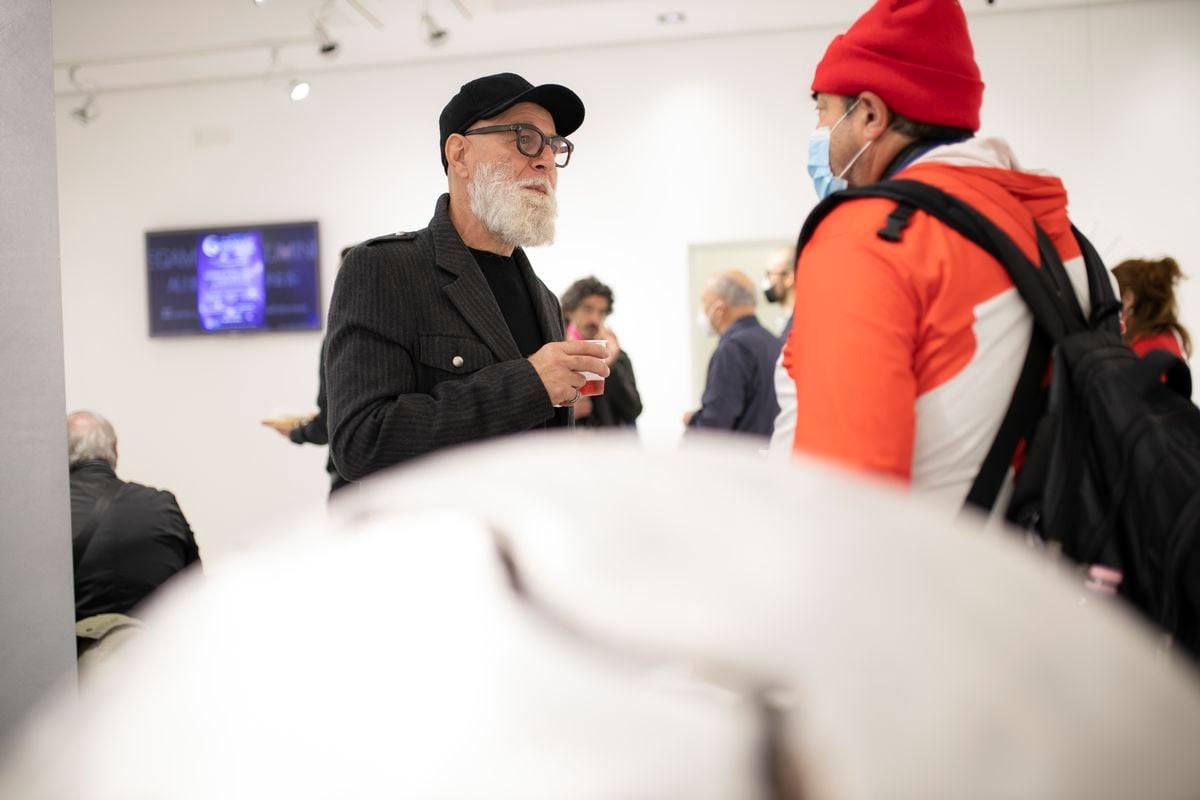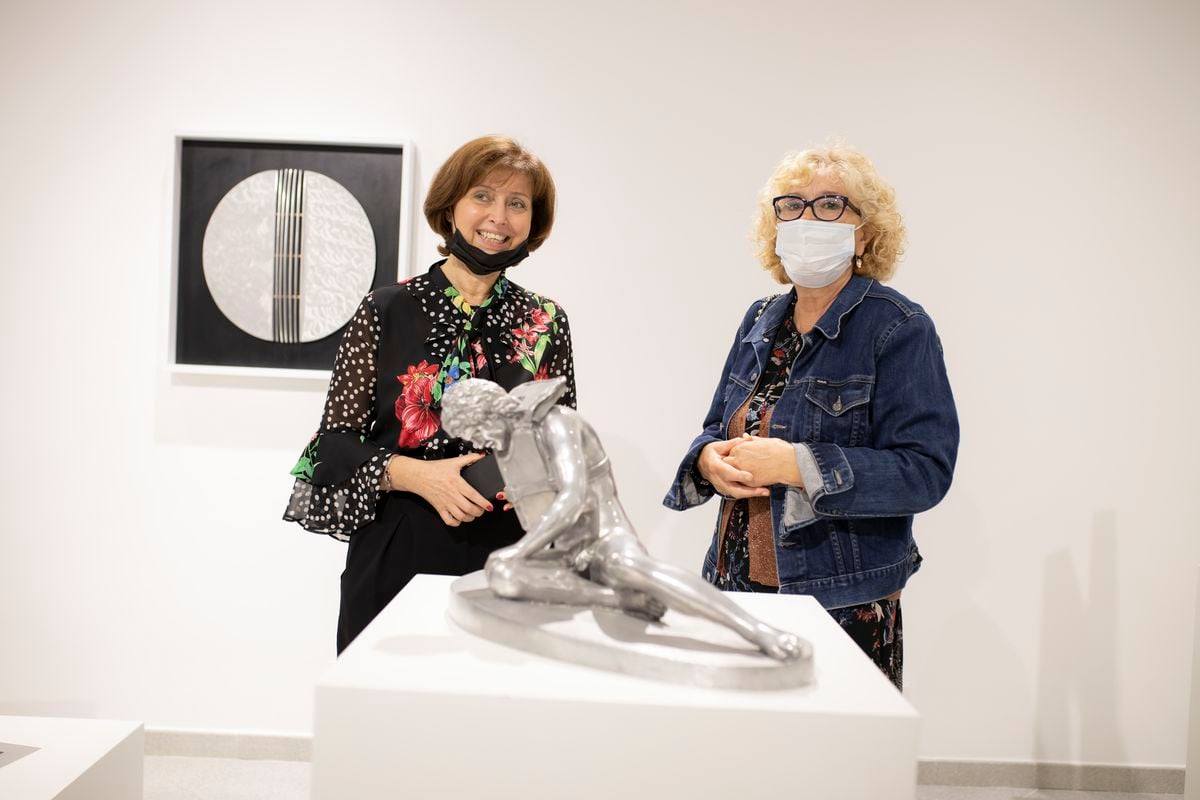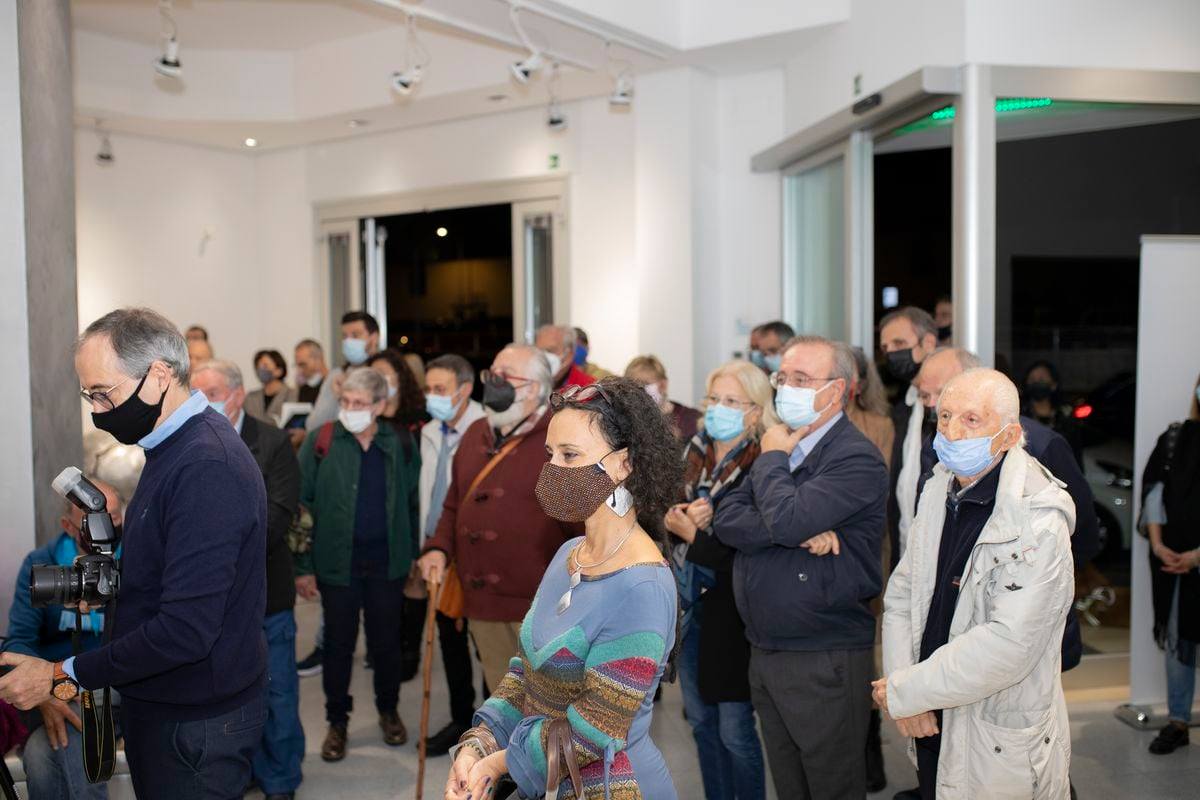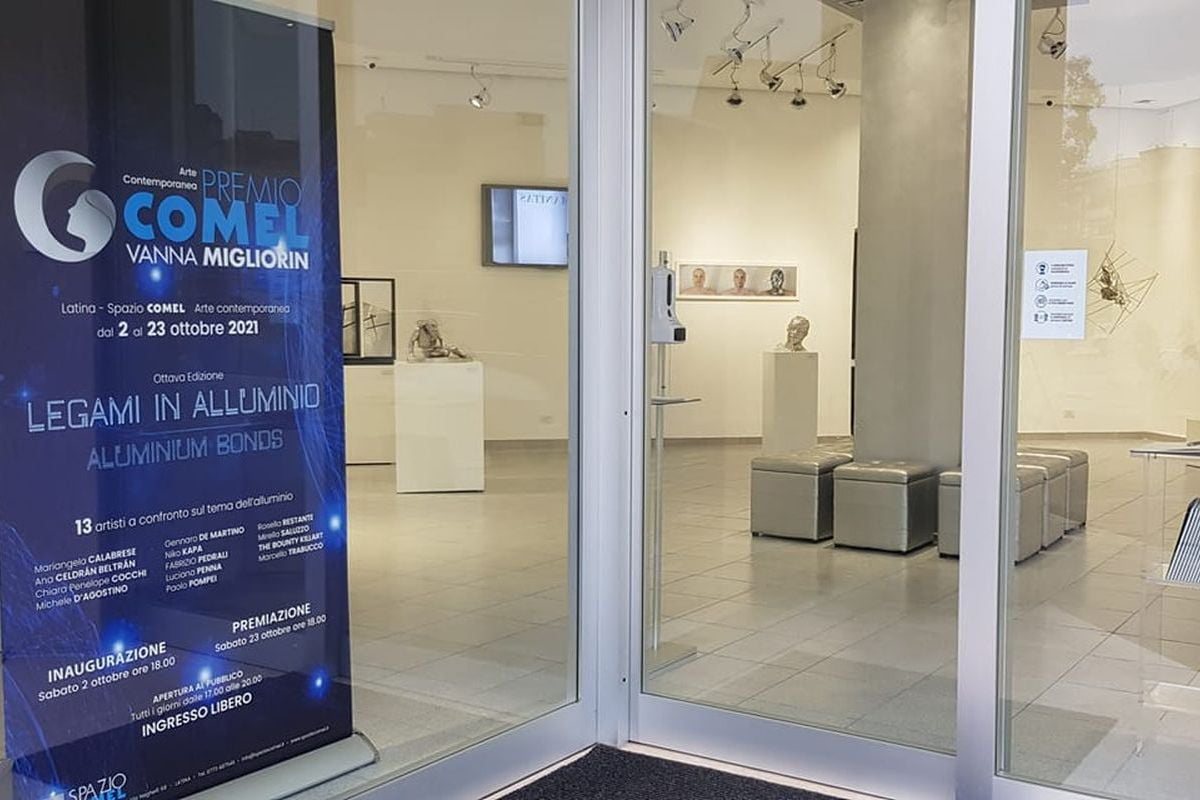THE THEME OF THIS EDITION
No man is an island, complete in himself; every man is a piece of the continent, a part of the whole. If even a sod were washed away from the sea, Europe would have a missing part, as if it lacked a promontory, as if a dwelling of your friends, or your own house, was missing. The death of any man diminishes me, because I am part of the mankind. So never ask who the bell rings for: it rings for you!
John Donne
“Meditation XVII”, in John Donne, Devotions for emergency occasions, 1624)
Aluminum is one of the few elements of the periodic table to be trivalent: each of its atoms uses three electrons to combine with other elements. The theme of the COMEL 2020 Award,
“Aluminum bonds”, underlines this characteristic: that is, the natural propensity of this metal to come into contact, join, connect and merge with another element. A capacity superior to the one of many other metals, which ensures that aluminum is never found alone and pure in nature and that indeed it lends itself to form a definitely large number of alloys. Trivalence therefore becomes a metaphor for openness, generosity, exchange and desire to bond.
A concept that is very close to the purposes for which the COMEL Award was born: the meeting occasion, the willing of growing together, the opportunity to create links.In this VIII edition, artists are asked to create works that recall the concept of “bond” both metaphorically and practically. The works eligible to participate will only be those in which aluminum is flanked by other materials, while remaining the predominant visible material.
THE JURY
GIORGIO AGNISOLA
Art critic, writer and professor, Jury President
Giorgio Agnisola has worked for a long time as a consultant for Modern and Contemporary Art in the context of international agreements for cultural exchanges. Since 1983 he has been called on official missions by the French-speaking countries of Europe for studies and research on contemporary Art. He has collaborated since 1990 with the newspaper “Avvenire” and in particular on the ‘Art’ page. He is a sociétaire member of the International Art Critics Association and he has been the scientific curator of exhibitions of international relevance, such as “Symbolism in Belgium” (1985), at the Royal Palace of Caserta, in collaboration with the Belgian government; “Italy-Luxembourg, Confrontations” (2002), in collaboration with the Embassy of Luxembourg in Italy; “Alberto Magnelli, works 1915-1970” (2012) and “Alberto Burri, Unico e multiplo/ Unique and multiple” (2014), both at the Municipal Art Gallery in Gaeta. He is a consultant of the CEI for Contemporary Sacred Art. He is an Emeritus Professor of Sacred Art and Cultural Heritage of the Pontifical Theological Faculty of Southern Italy. He has obtained two international awards for his activity as an art critic: Chevalier de l ‘Ordre de Leopold II in Belgium and Officier de l’ Ordre de Mérite in Luxembourg. He has written many books. The latest: The look and the beyond (2018), Art and dialogue in the Mediterranean (edited by) (2020), Transparent Matter (2021).
ELENA PONTIGGIA
Art critic, teacher
She is a professor of contemporary art history at the Brera Academy and adjunct professor at the Milan Polytechnic. In 1996 you won the S. Valentino d ‘Oro prize for the History of Art and in 2009 the Carducci Prize with Modernity and Classicism. The Return to Order in Europe (Bruno Mondadori, 2008). You collaborate with the newspaper “La Stampa” and various art magazines, including “Places of the infinite”, “Art”, “Antiques”. Her last volumes include the biographies of Sironi (Johan & Levi, 2015) and Arturo Martini (Johan & Levi, 2017); Aubrey Beardsley (2018); Tosi and the twentieth century. Letters from the artist’s archive (Livorno 2018); De Chirico. The Letters (2018). He has curated numerous exhibitions. Among the latest: Chiarism (Milan, Palazzo Reale, 2010); Sironi (Rome, Vittoriano, 2014); Birolli [Turin, Museo Fico, 2016]; Klimt. Portrait of a Lady (Piacenza, Ricci Oddi Gallery, 2020).
MARCELLO FRANCOLINI
Art critic, independent curator, lecturer
Born in 1984, he currently teaches History of Contemporary Art at the Academy of Fine Arts in Reggio Calabria. He curated the Bruno Munari exhibition, I Colori della Luce (the colors of light), together with Miroslava Hajek. For the Plart Foundation in Naples, he served as a scientific consultant for the organization of various art events until 2019. In his curatorial activity, he prefers a constructive and design approach, involving the artists to push them to deal with current issues. He actively collaborates with the art magazine Exibart. His contributions are also featured in other magazines such as Flash Art, Juliet Art and Biourbanismo.com. He has edited several art catalogs for publishing houses such as Gangemi, Carlo Cambi Editori, Iemme Edition.

Curator and artistic director of the Pinacoteca di Gaeta (LT)
He was born in Gaeta in 1954. Despite his non-classical or artistic studies, he approaches and practices art since when he was a boy, influenced by the atmosphere at home: his grandfather, his uncle and his father are artists themselves. After a few years of teaching, he worked for about twenty years at the Ministry of Foreign Affairs and subsequently at the Municipality of Gaeta. In 1998, with a group of friends, he founded the Novecento Cultural Association which, starting from the revival of the Porticato Gaetano, a historic exhibition of Pontine figurative art founded in 1958, promotes and manages the Contemporary Art Gallery of Gaeta and is involved in the preparation of its exhibitions (including Magnelli, Burri, Je Jenkins, Hartung, Kijno, Siza, A Sun Wu, Amendola, Barisani, Burkhardt, Soscia, Shikama) and historical research on the local artistic realities of the twentieth century. For some years he has been the artistic director.
MARIA GABRIELLA MAZZOLA
Aluminium Sector Manager
Running the company CO.ME.L. with her brother Adriano and sister Luisa, she combines technical-business preparation with organizational and coordination skills, bringing the company new guidelines such as attention to communication, innovation and marketing. She has always supported, personally and with the company, cultural activities in favour of the territory and animal protection. In December 2012 Maria Gabriella received an award for entrepreneurial merits from the “Nuova Immagine Latina Cultural Association”. She is president of the “VANNA MIGLIORIN Cultural Association” which promotes contemporary intellectual and artistic works to the public, in all their forms and expressions. Among the various activities of the association, the promotion of the COMEL Award and the organization of monographic exhibitions dedicated to artists of international fame.
THE 13 FINALISTS
I VINCITORI
COMEL AWARD VANNA MIGLIORIN 20-21
MINUTES OF THE JURY
On October 7, 2021, at the Spazio Comel in Latina, at 11 am, the jury of the eighth edition of the Comel Vanna Migliorin International Contemporary Art Prize met.
Present: Marcello Francolini, art critic; Vincenzo Lieto, artistic director of the Municipal Art Gallery of Gaeta; Maria Gabriella Mazzola, representing the Comel company, promoter of the award; Elena Pontiggia historian of art; Giorgio Agnisola, art critic and president of the jury.
The chairman, opening the meeting, thanks to the attendants for their participation and in particular Professor Elena Pontiggia, a well-known art historian. Then recalls the rules, the meaning, and the memory of the award. After that, an initial evaluation of the thirteen finalist works exhibited in the space starts. Each member of the jury is invited to independently report five works, in order to focus attention on a smaller group of finalists, in order to identify, in the end, the winning work. Having made the first selection, preceded by the illustration, by each juror, of the reasons for the personal choices they made, we move on to the second round of evaluations, following which and after a peaceful debate, the following is resolved:
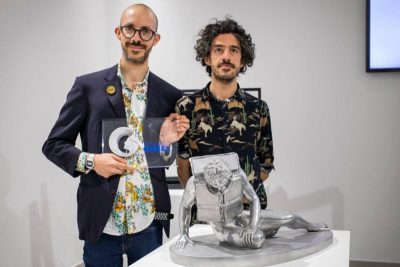
“With a full and expert use of aluminum, the collective retrieves, through a fine conceptual operation, the figure of the famous sculpture” Dying Galata “, interpreting it with a sign and a perspective that strongly alludes to the dramatic topicality, but also to all the shipwrecks of time and history “.
The jury also considers it appropriate to report the following works:
“Venere” (Venus), by Fabrizio Pedriali, with the following motivation:
A multiple symbolism characterizes the work in its elegant circular arrangement of shaded parts that are linked in the mysterious central slot.
“Relazioni” (Realtions), by Mirella Saluzzo, with the following motivation:
In the fine composition of variously shaped metal elements, one can read the suggestive sense of a free and poetic soul bond.
“We are all Made of stardust”, by Penelope Chiara Cocchi, with the following motivation:
In the geometric mirror of an aluminium window, the mystery of a fragmented and iridescent light opens to the warning and to the miracle of the beyond.
“Configurazione mutevole di segni antichi” (Changing configuration of ancient signs), by Marcello Trabucco, with the following motivation:
The fine spatial articulation of signs and planes introduces a language in which ancient and present, history and life are combined.
The Audience award goes to Ana Celdrán Beltrán for her work “Abbraccio” (“Embrace”).
Visitors who came to the exhibition, who had initially directed their attention elsewhere, were gradually captivated by the discreet charm of the Spanish artist’s artwork, clearly preferring it to all the others.
The “Embrace” is an artwork that needs silence and intimacy to be carefully observed and understood. The beautiful aluminium casting elaborates in a very direct way the theme of the Bond, a suggestion of this edition of the COMEL Award, but in its simplicity, it strikes and deeply touches the observer.
The jury, closing the proceedings, expresses its appreciation for the quality of the participating works and in particular for the finalist’s ones, as well as for the impeccable organization of the prize. Good wishes are conveyed for the continuation of the now well-established competition.
Latina, on October 7, 2021
PHOTO GALLERY
The setting of the exibition
Vernissage, october 2th, 2021
Award Cerimony of the Winner, october 23th, 2021

